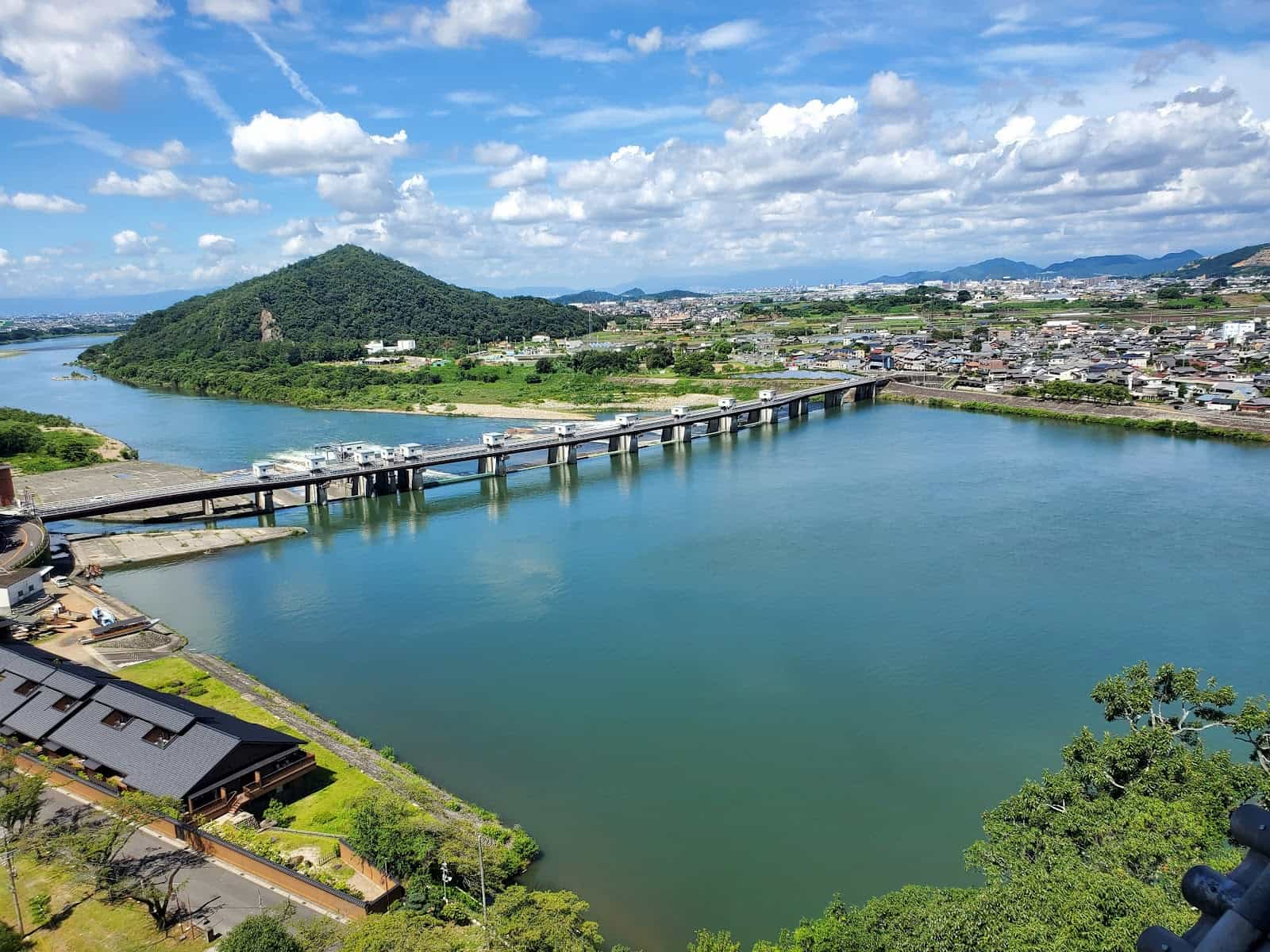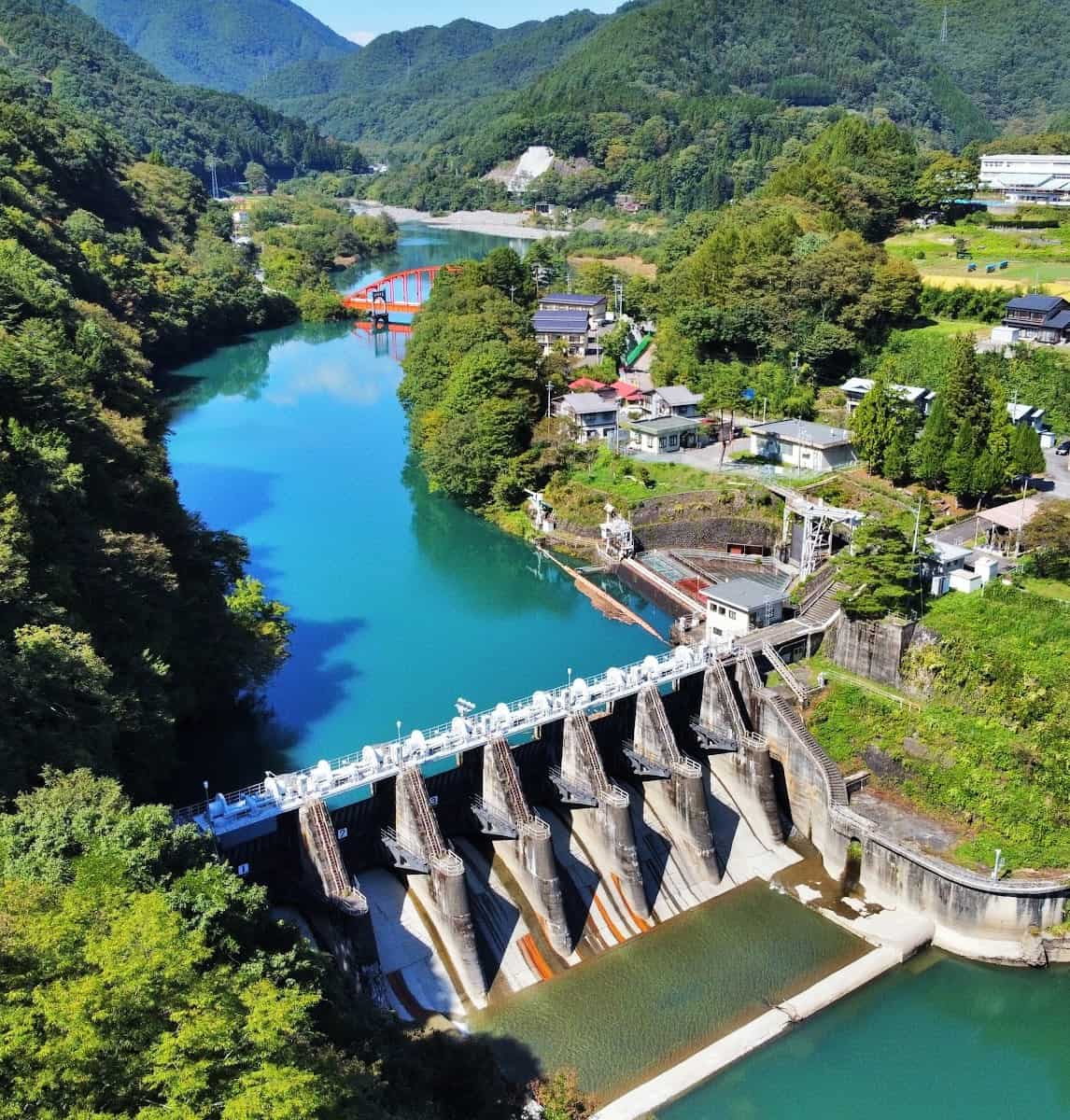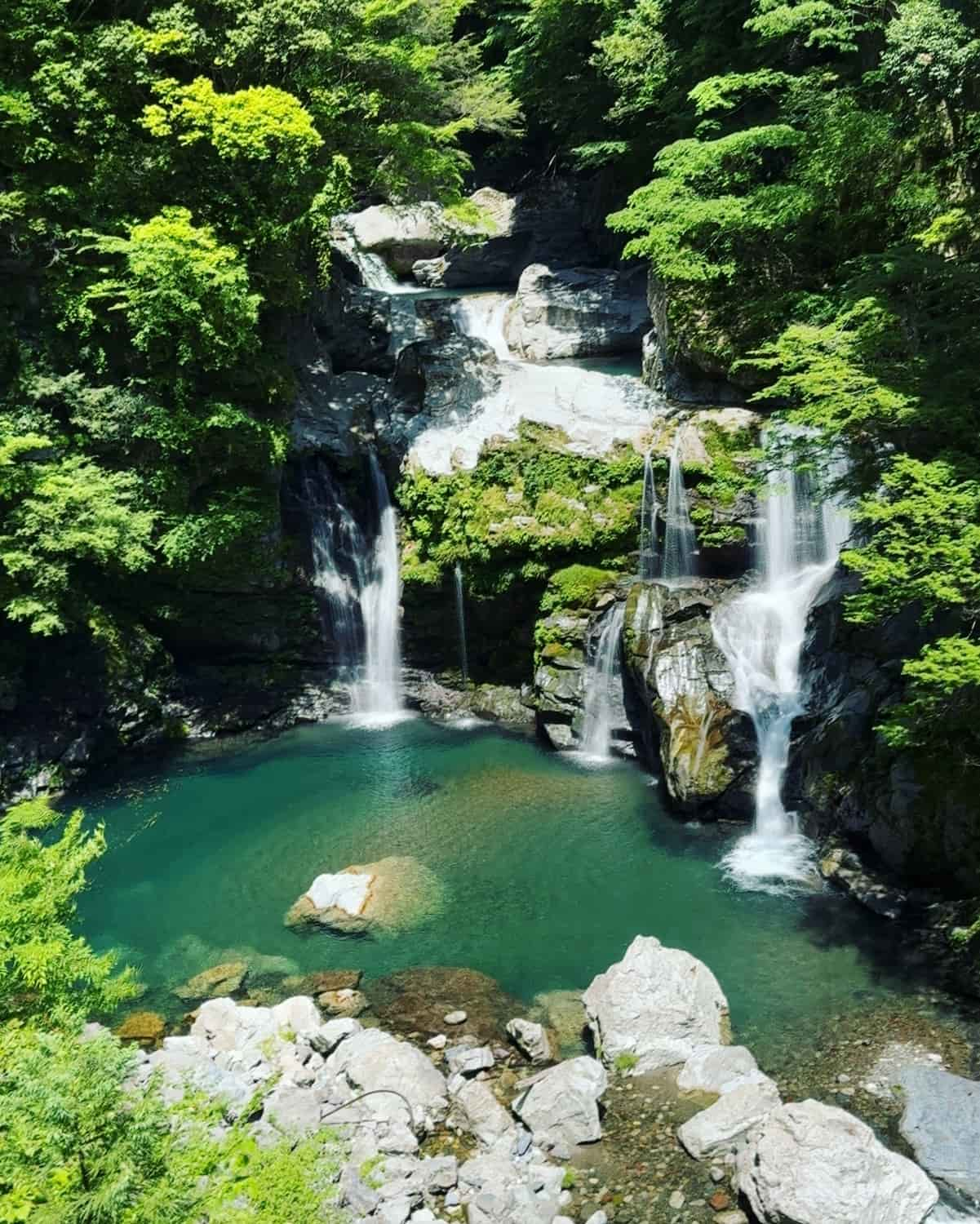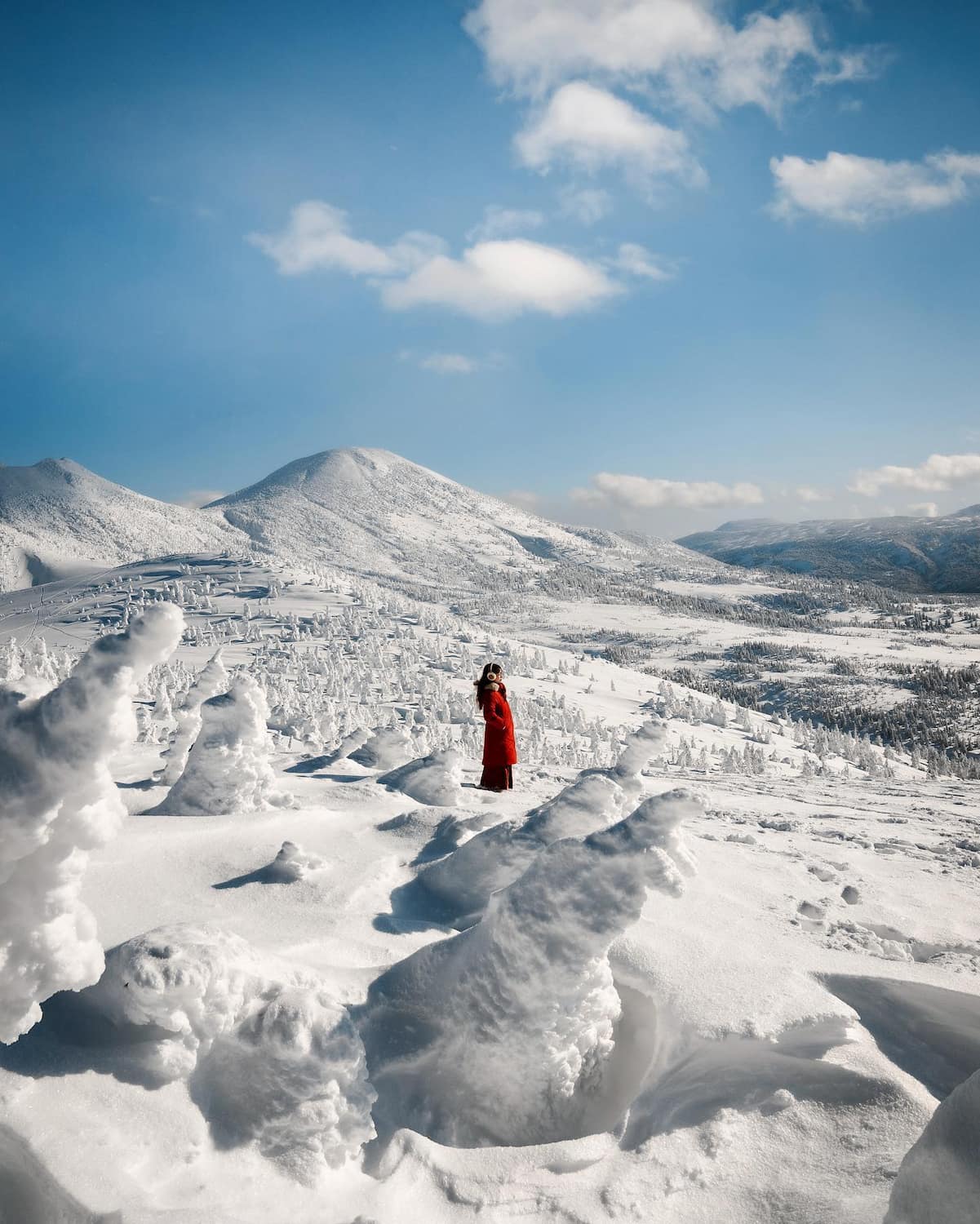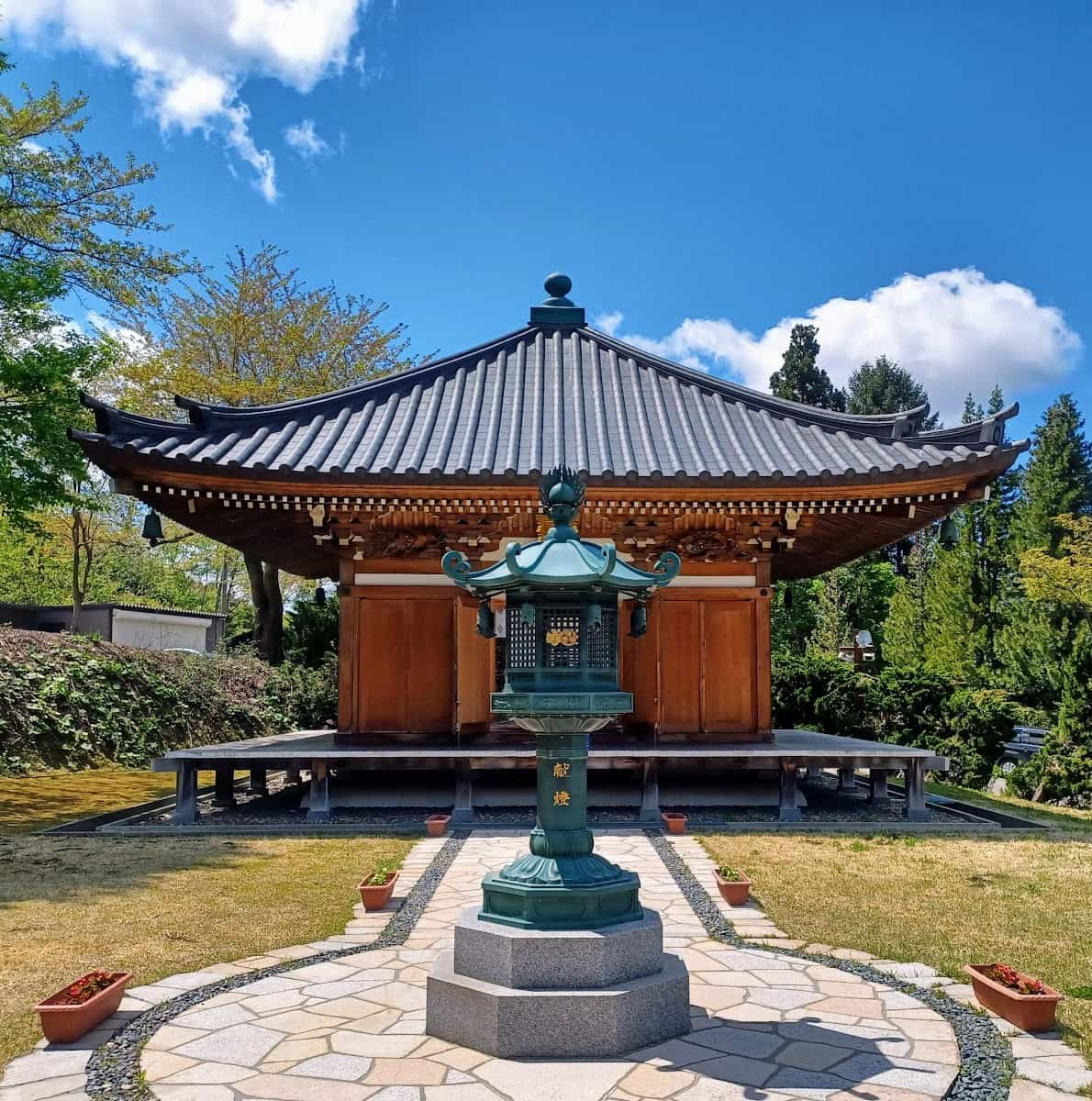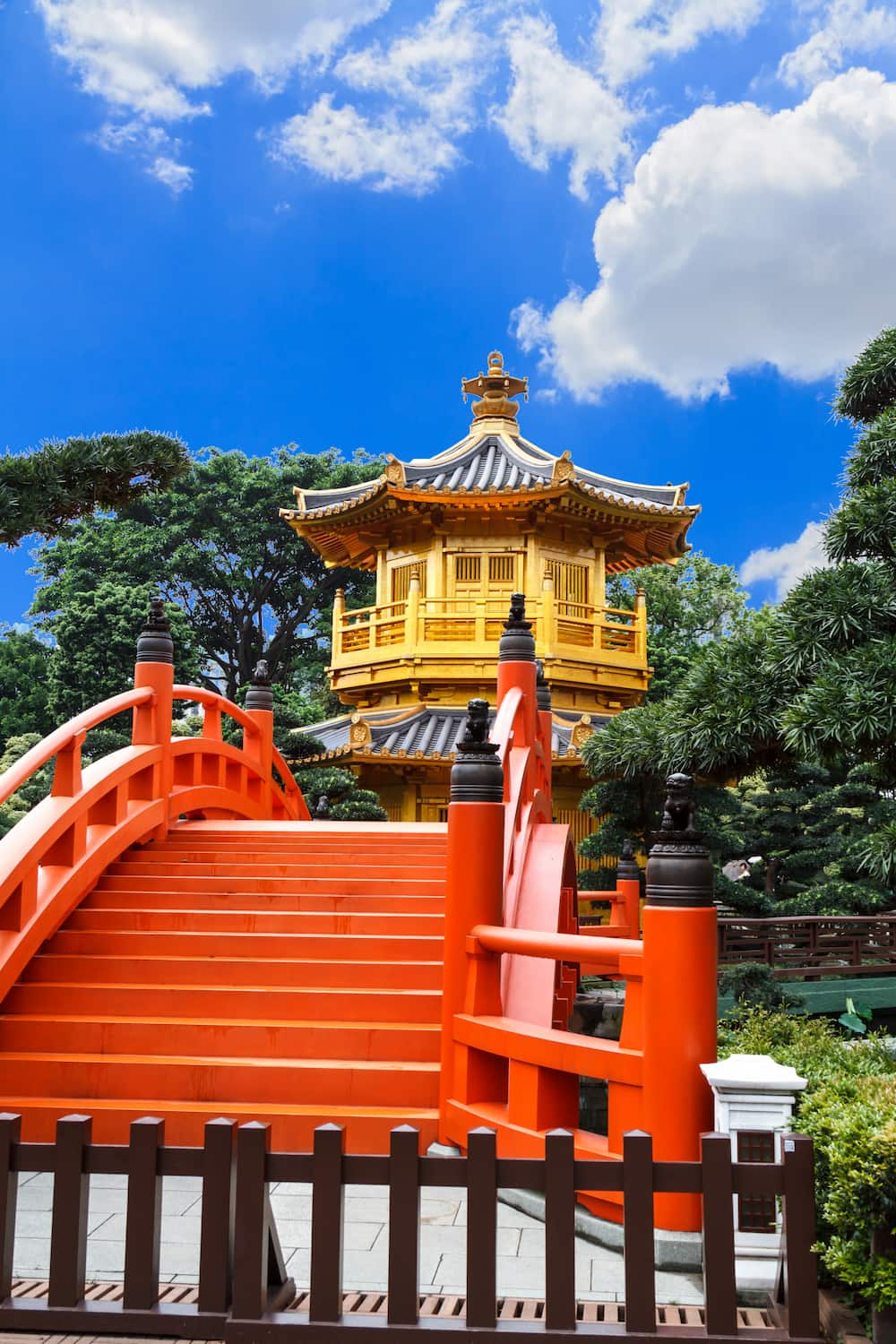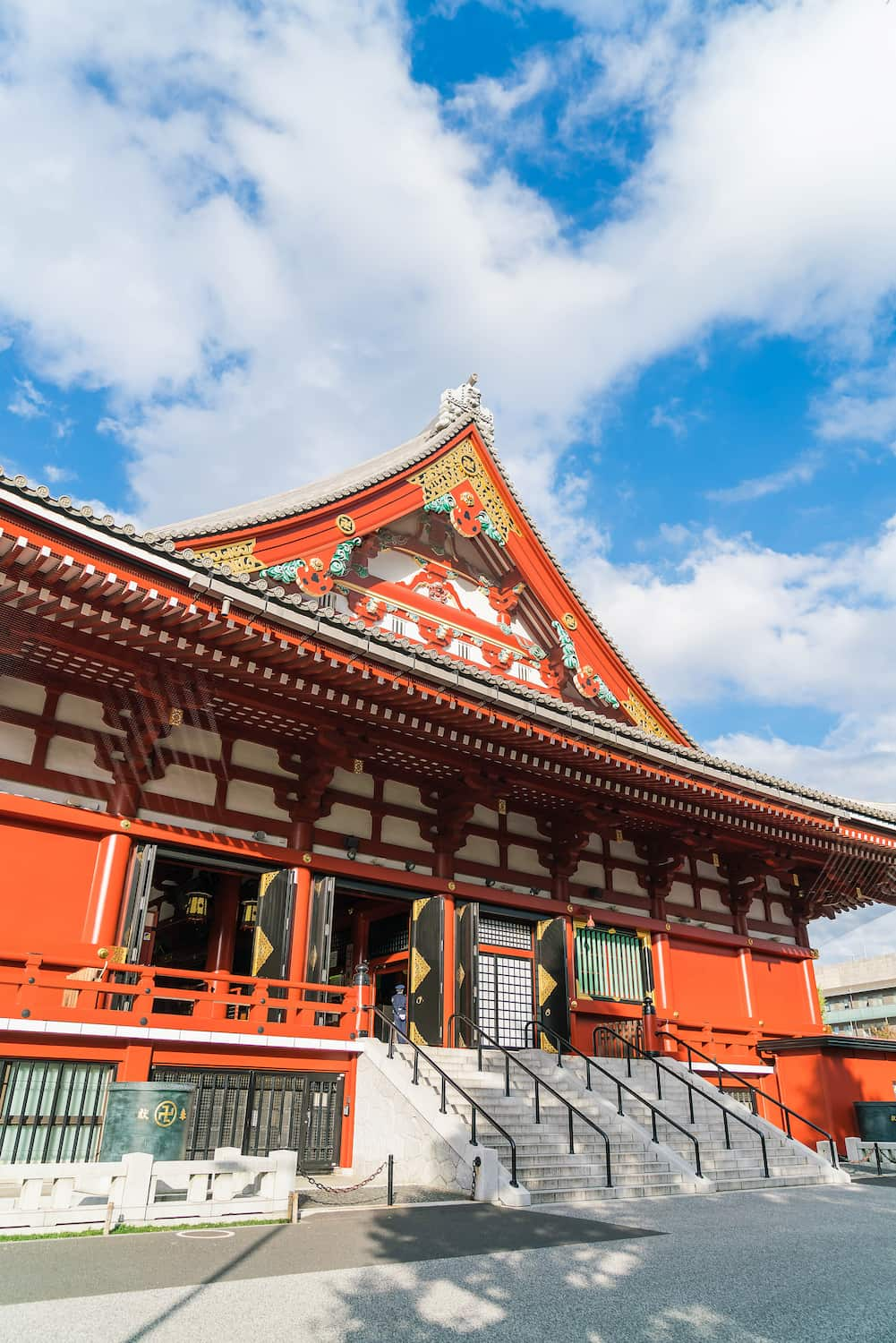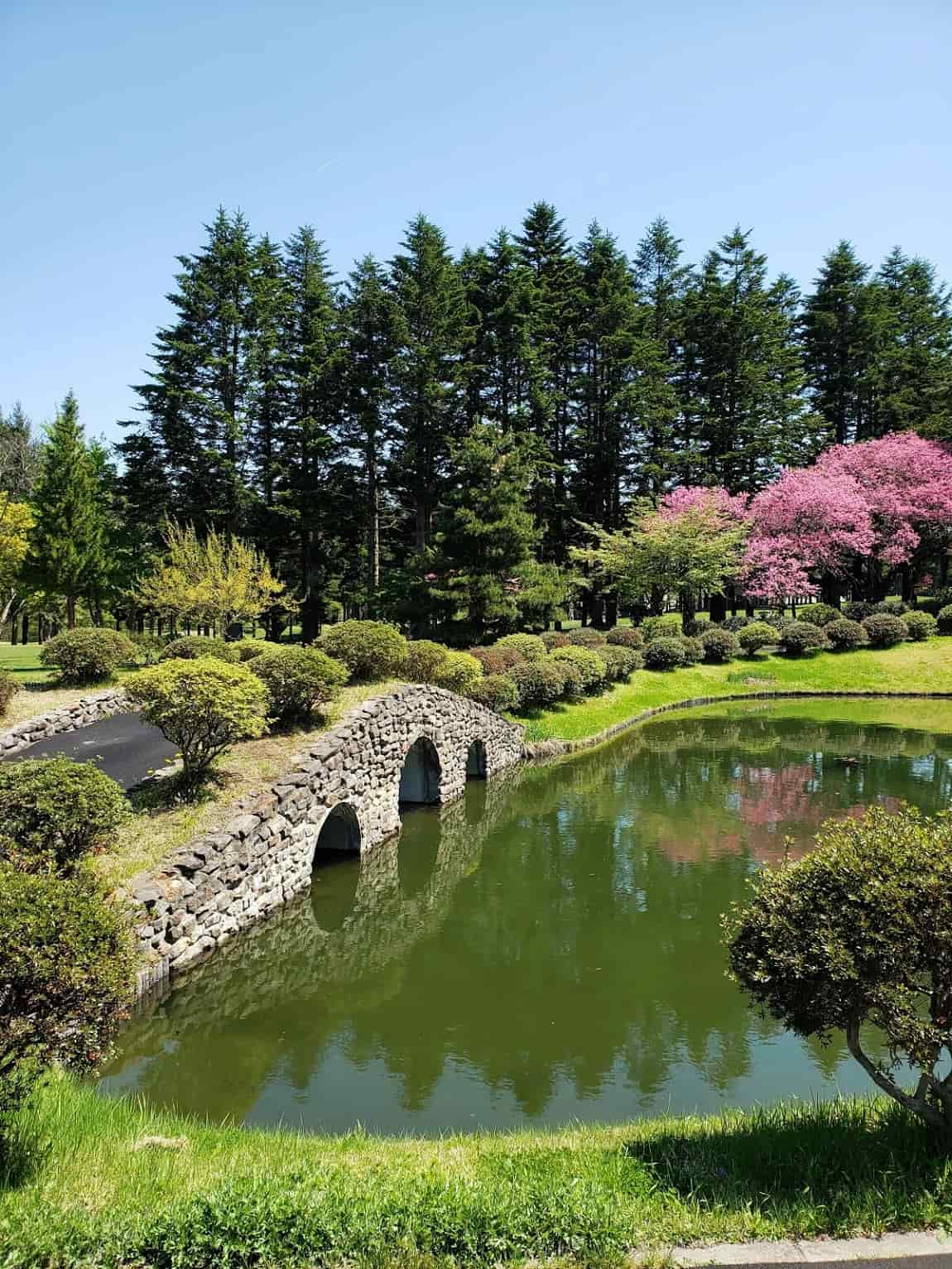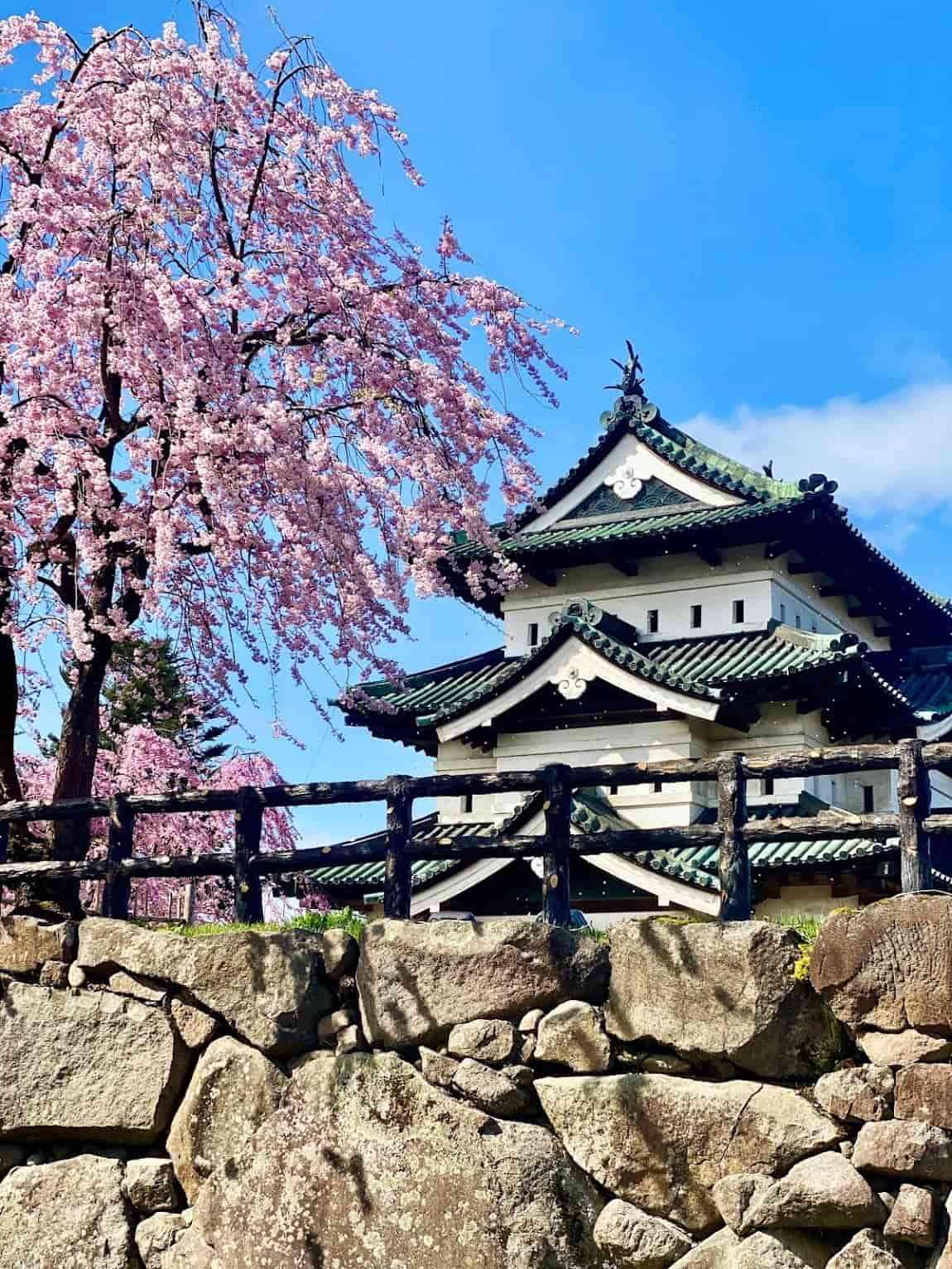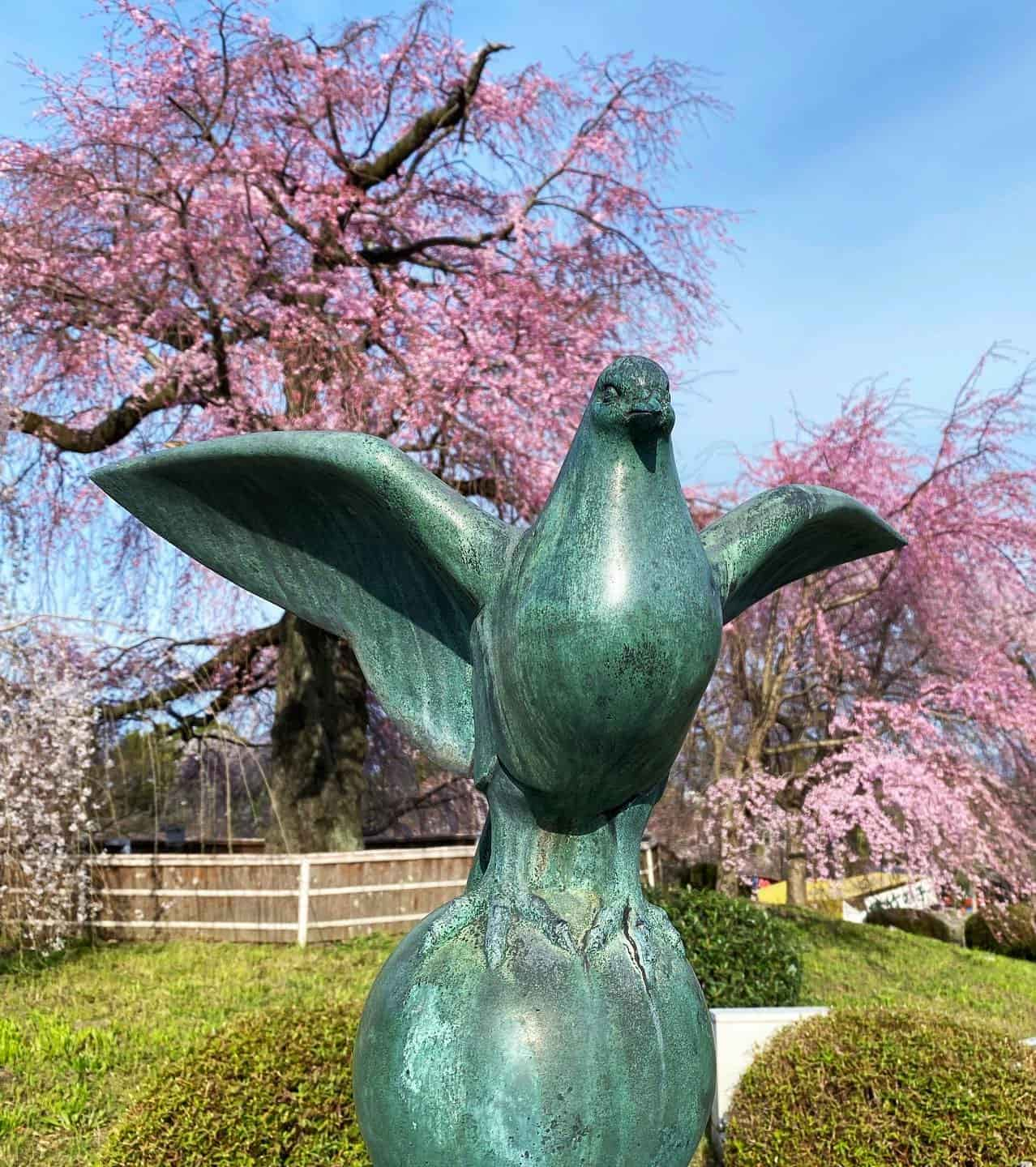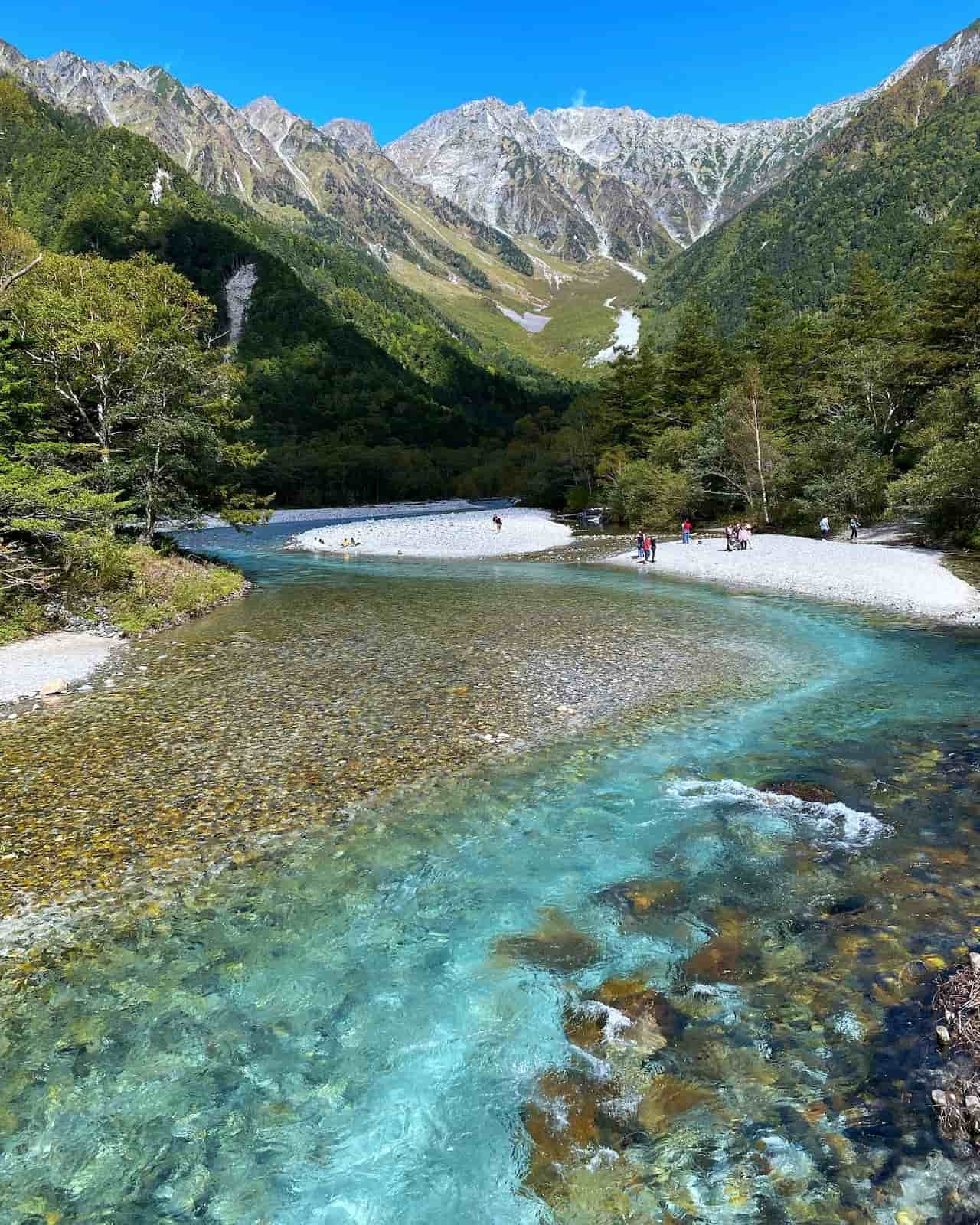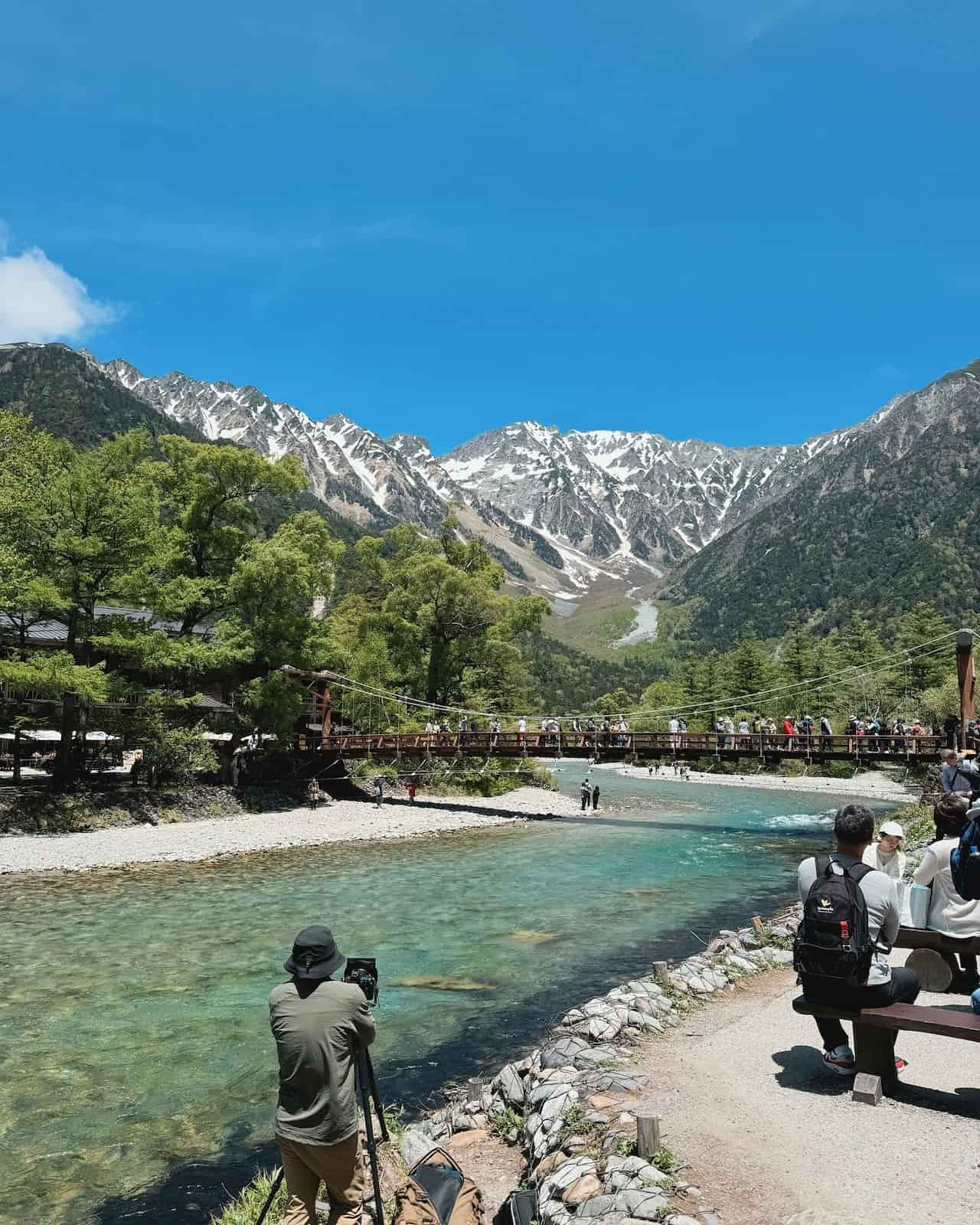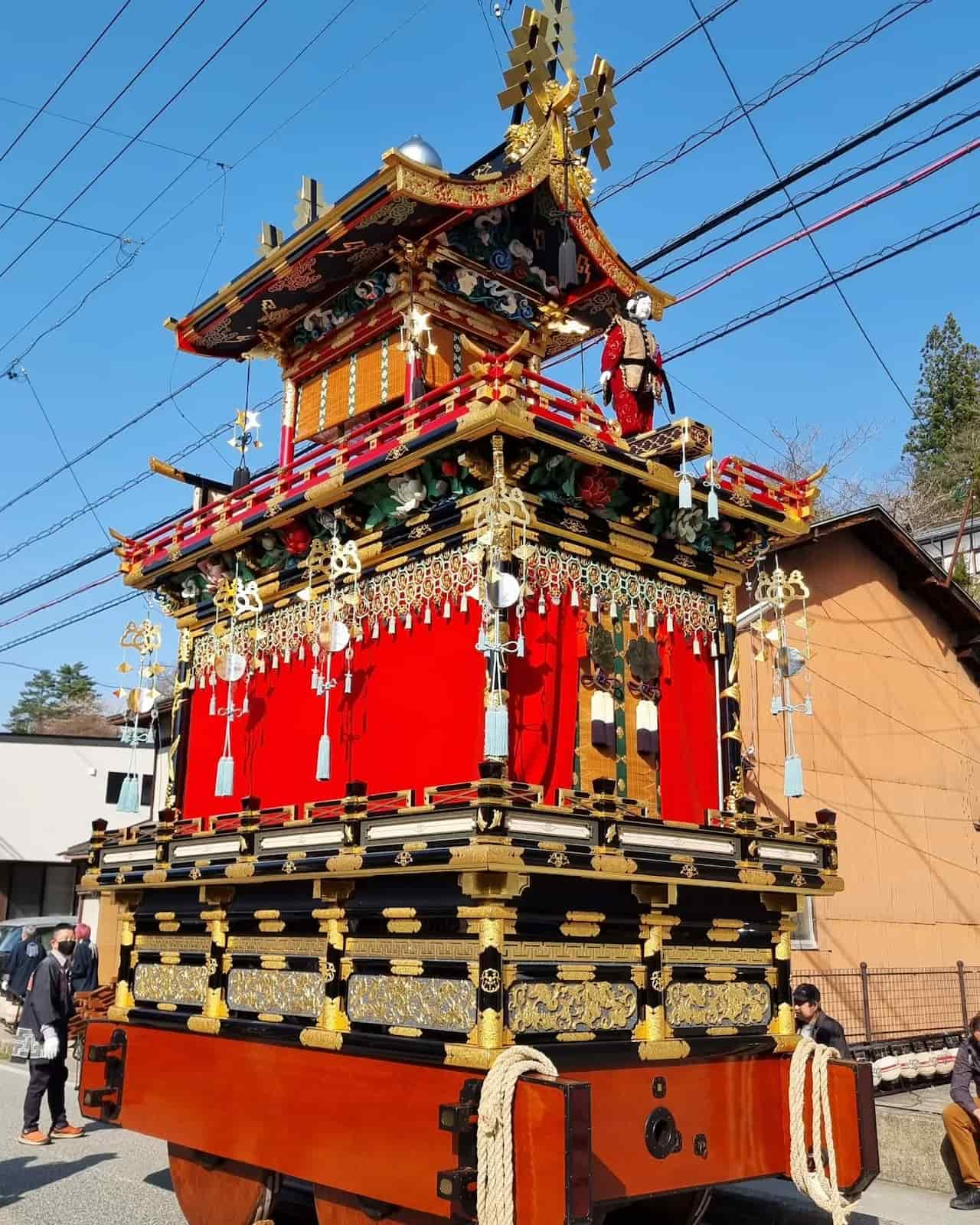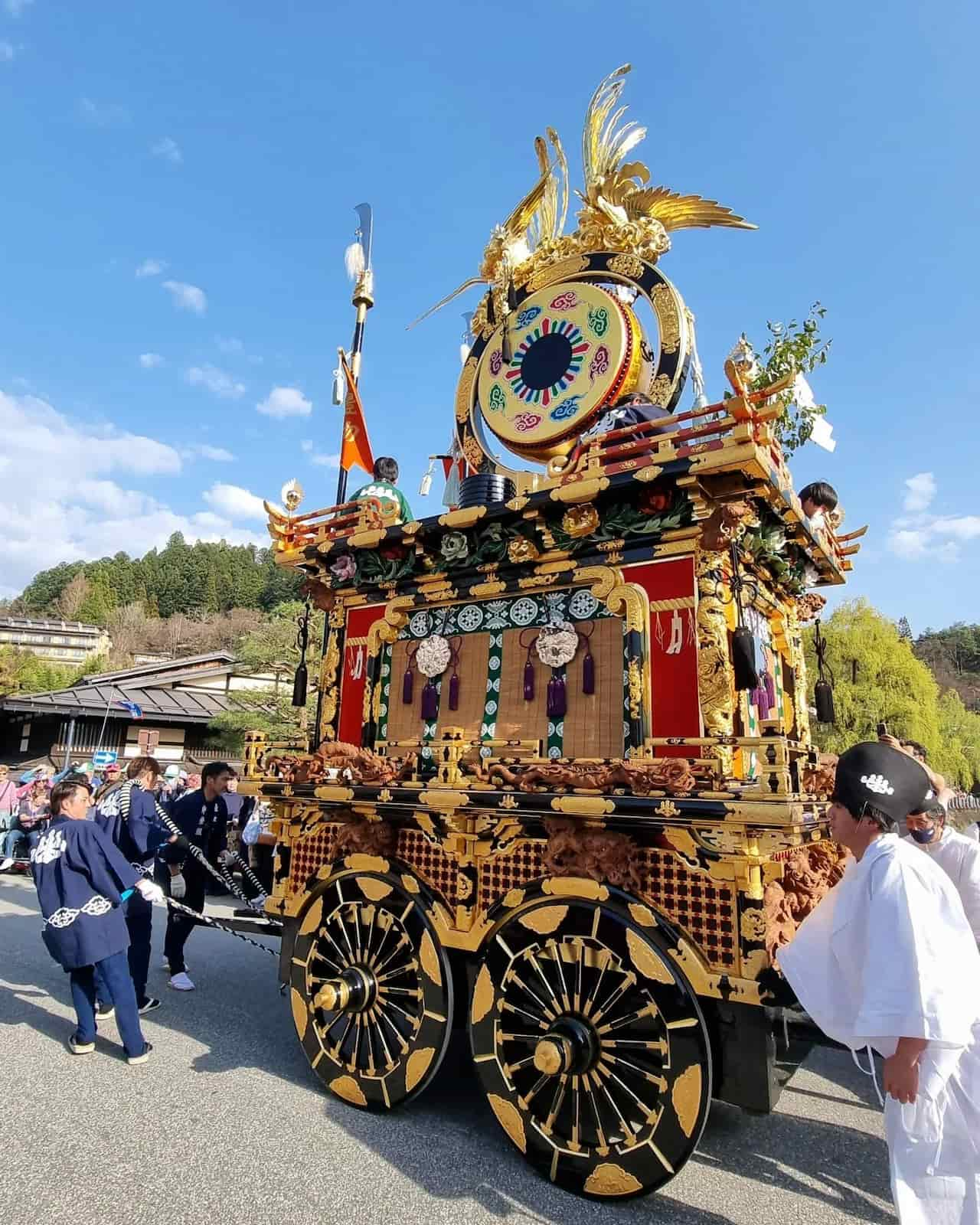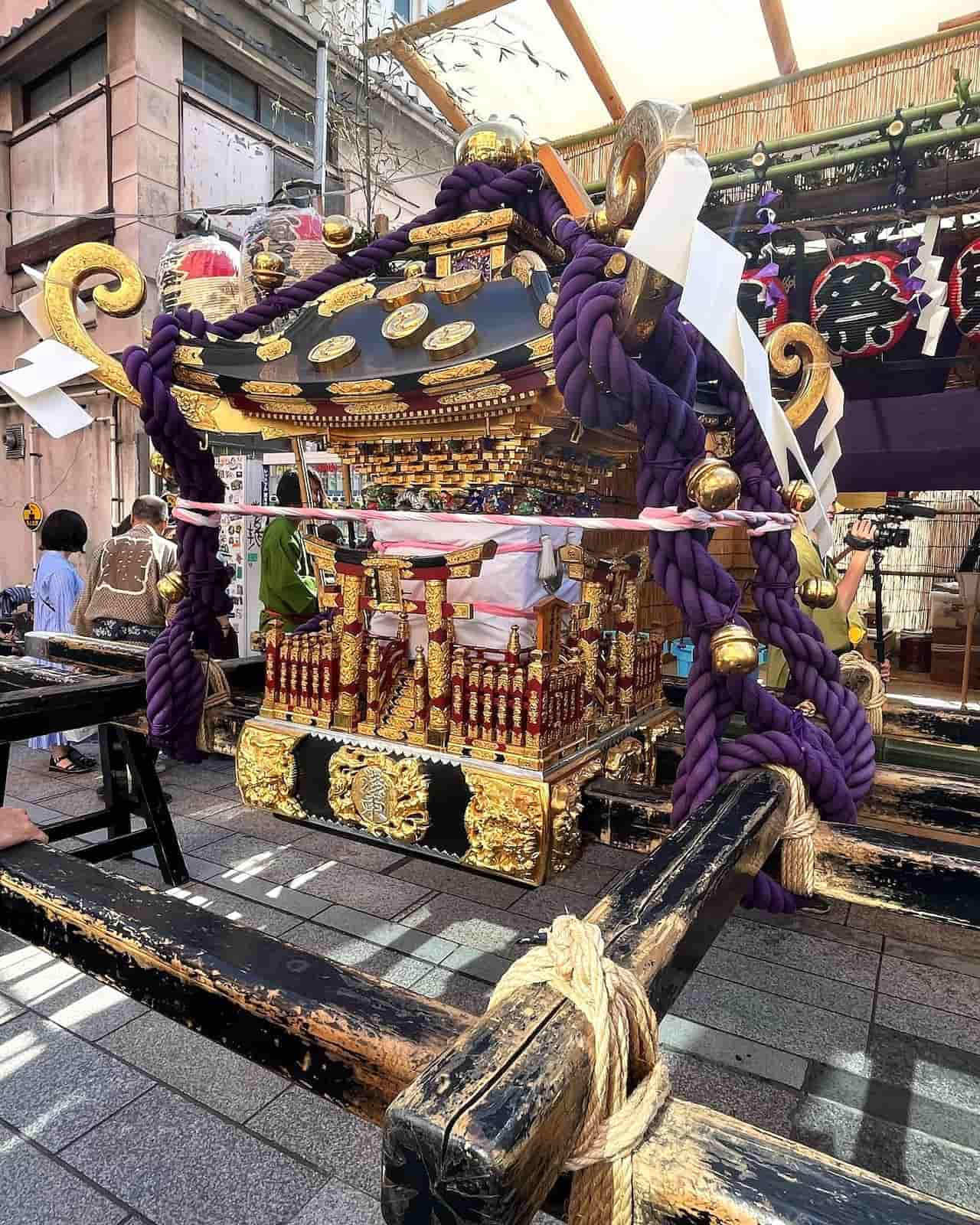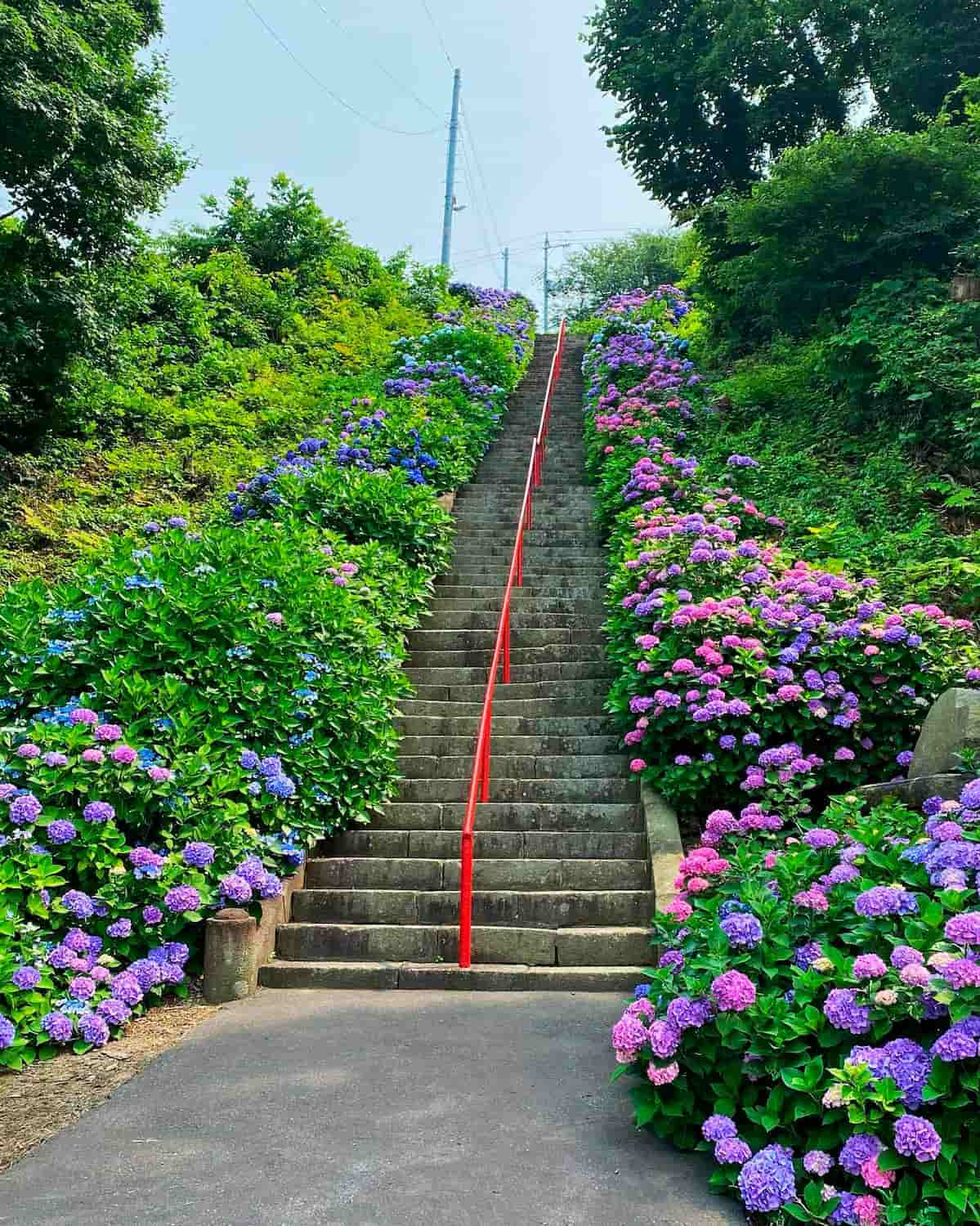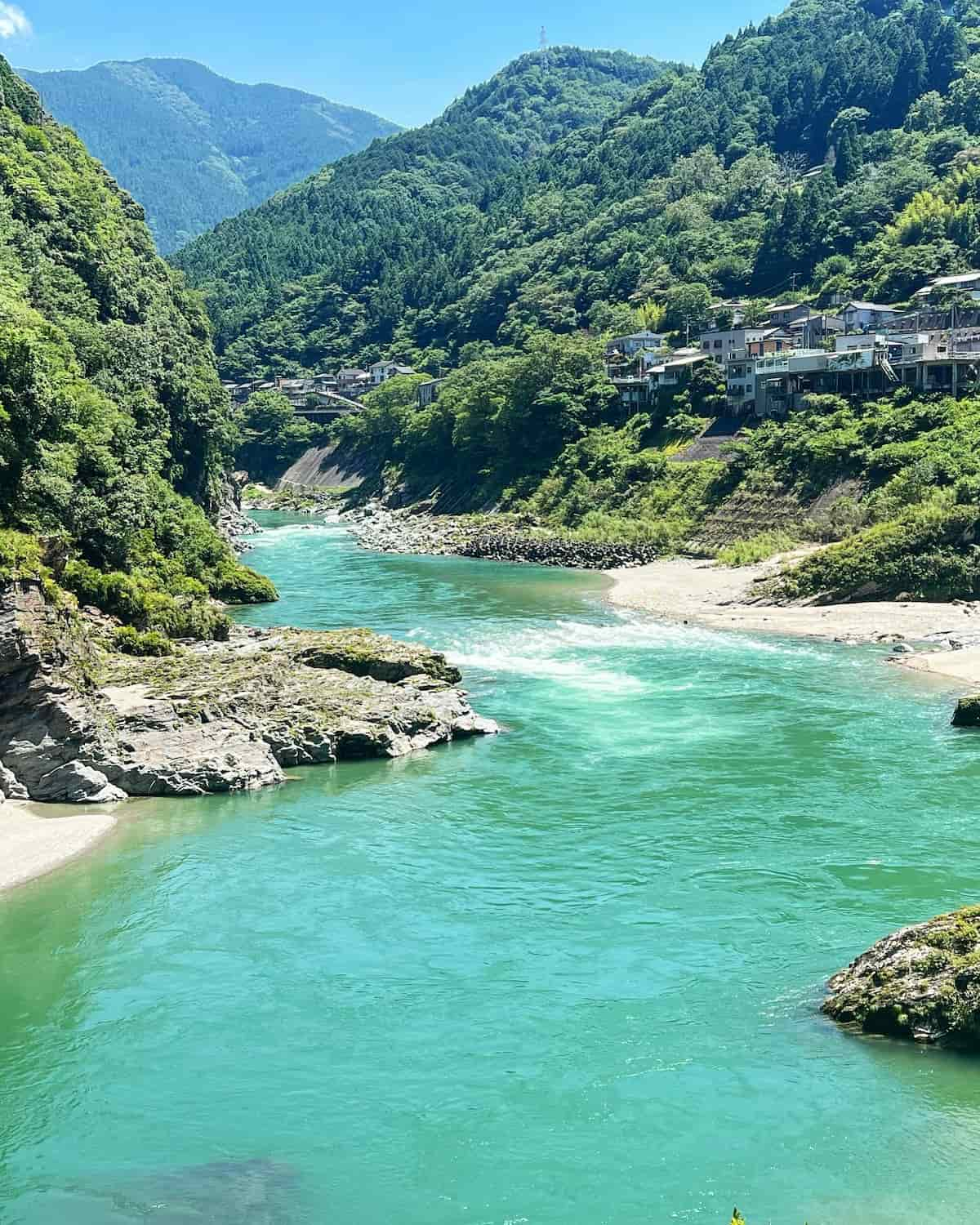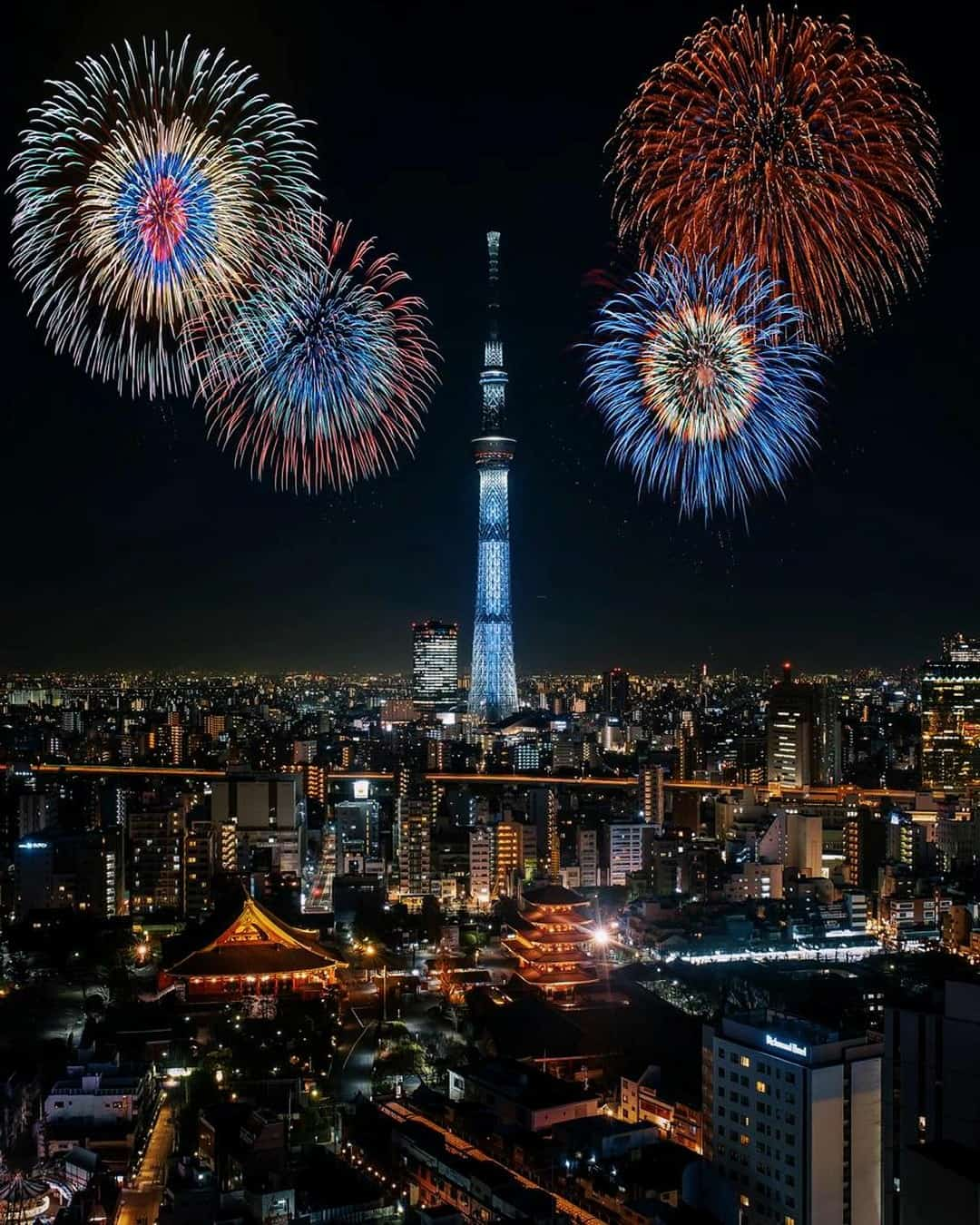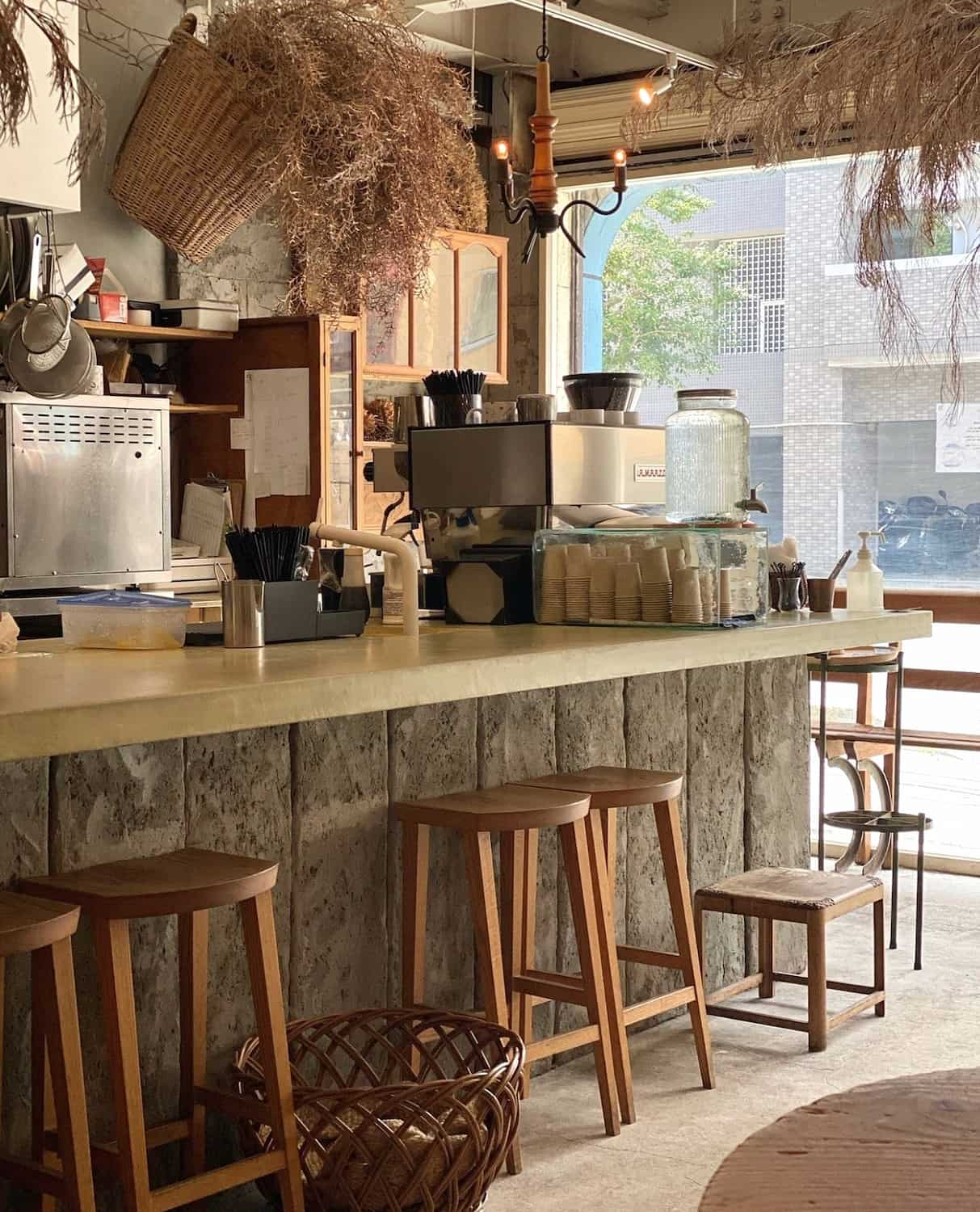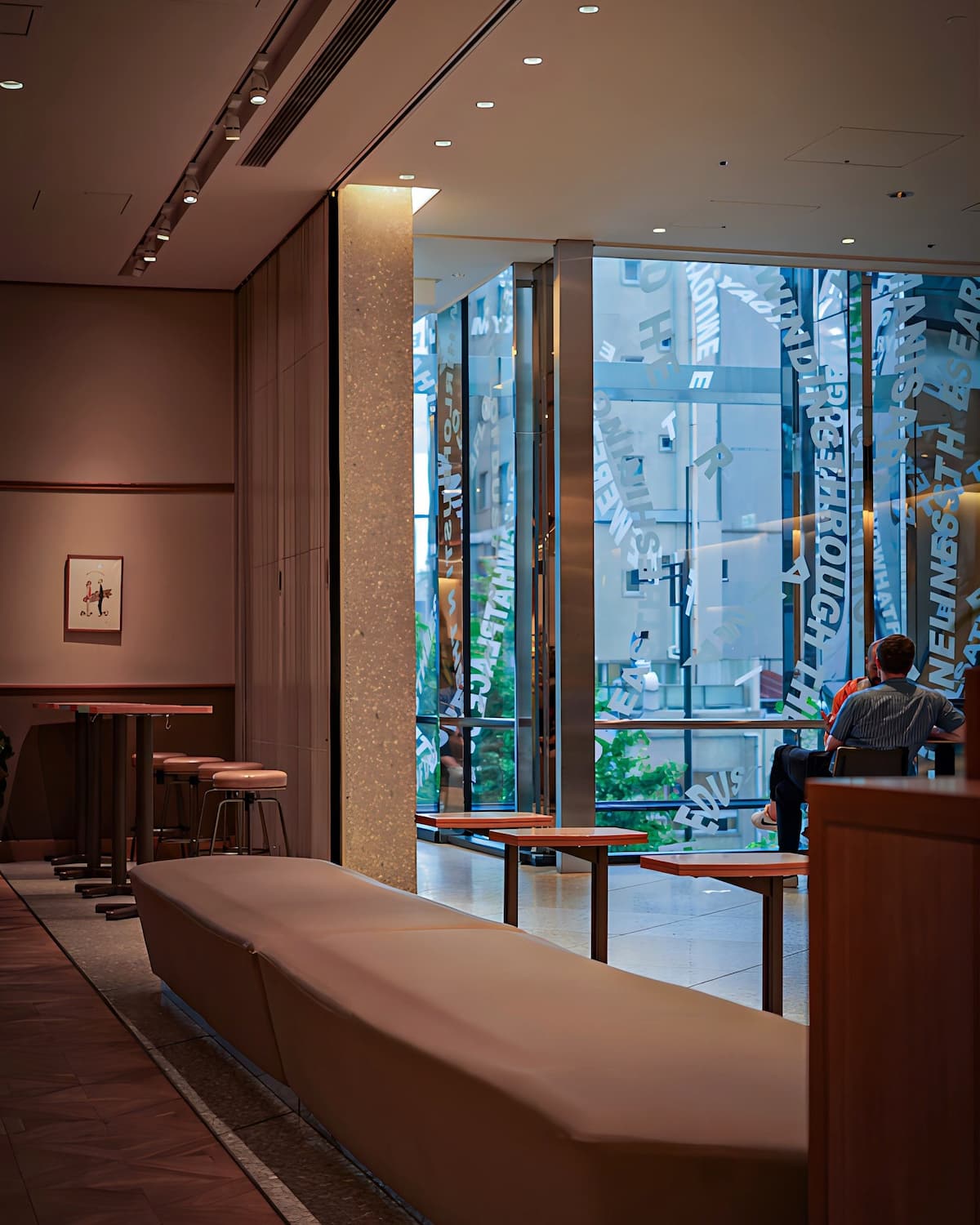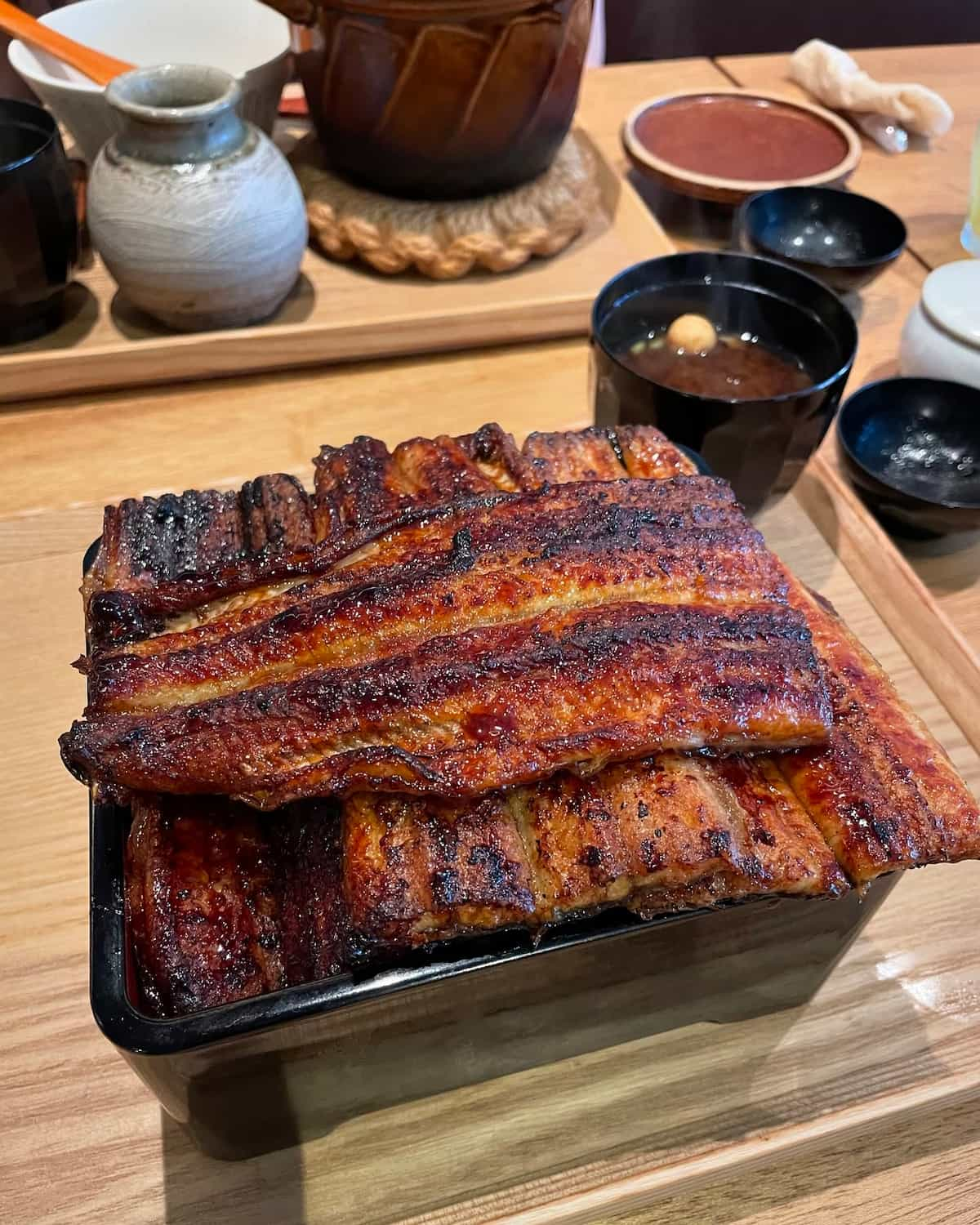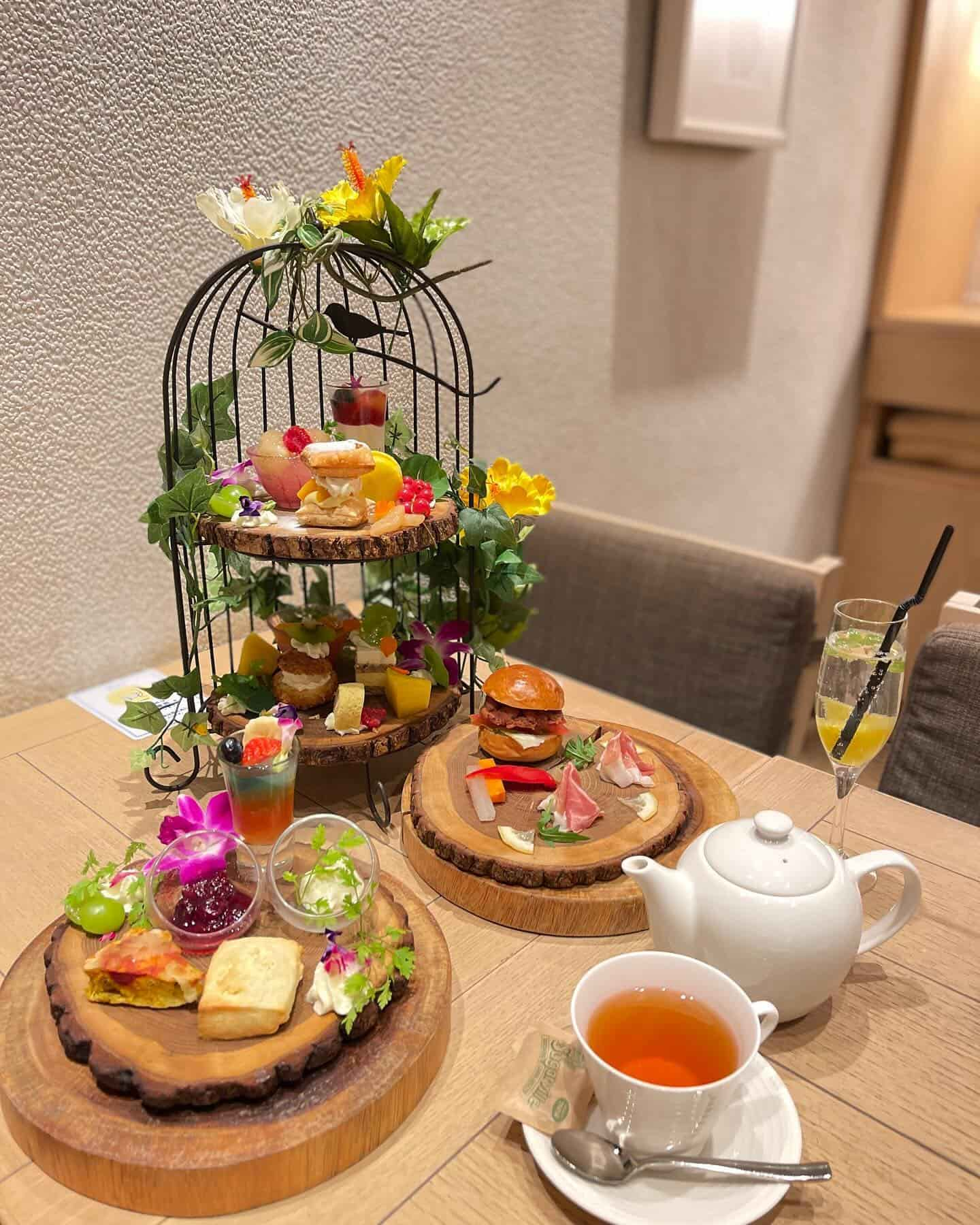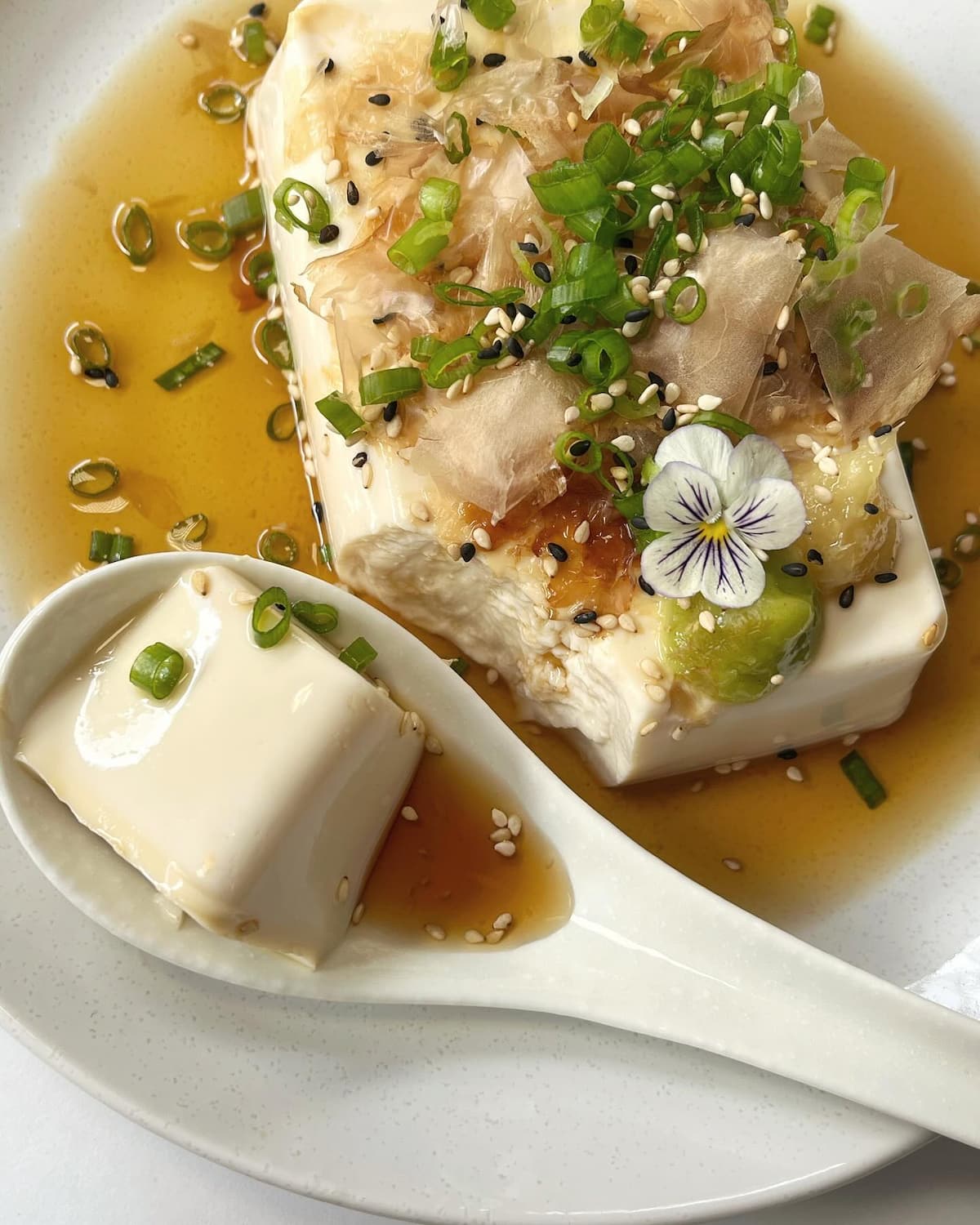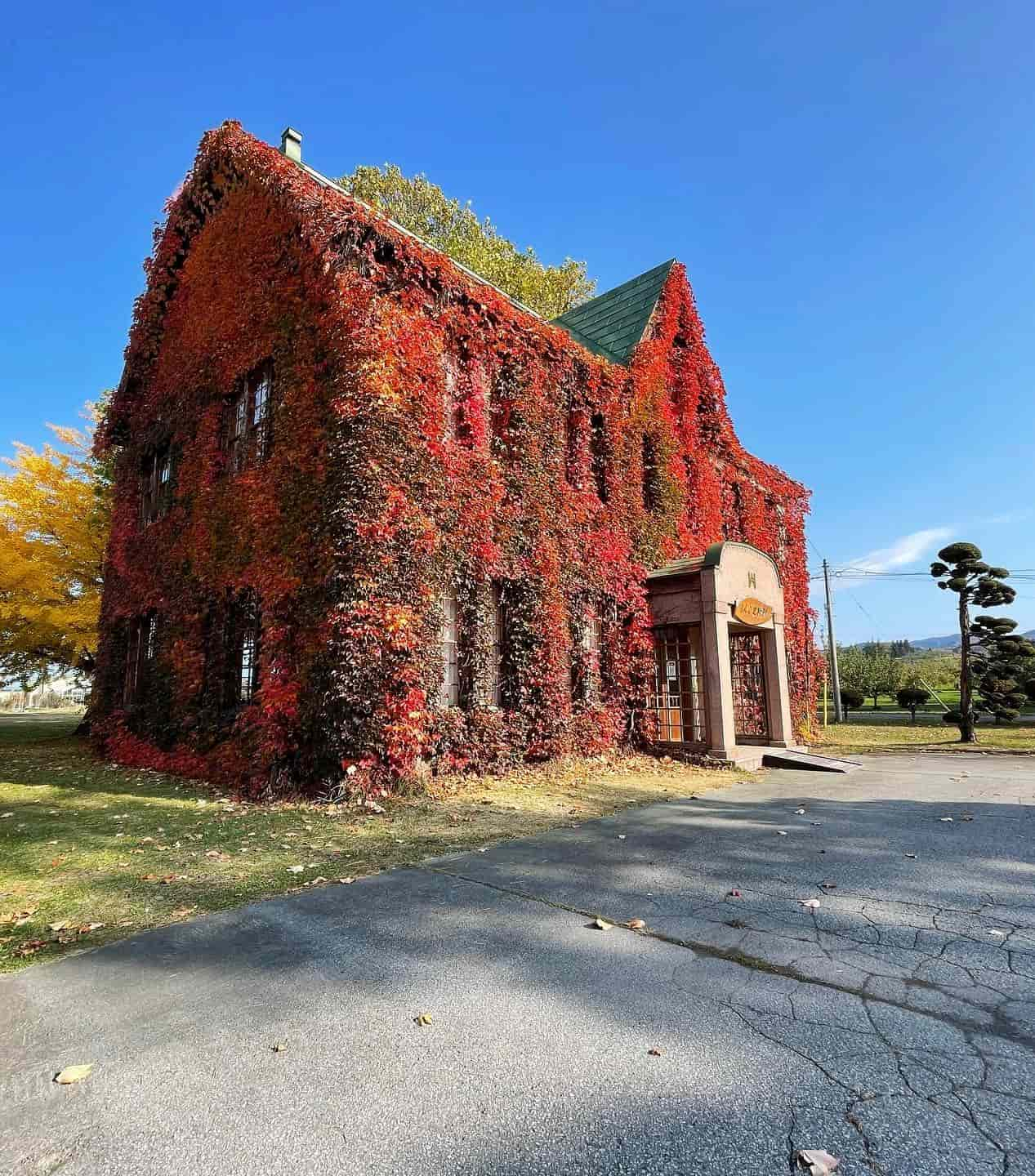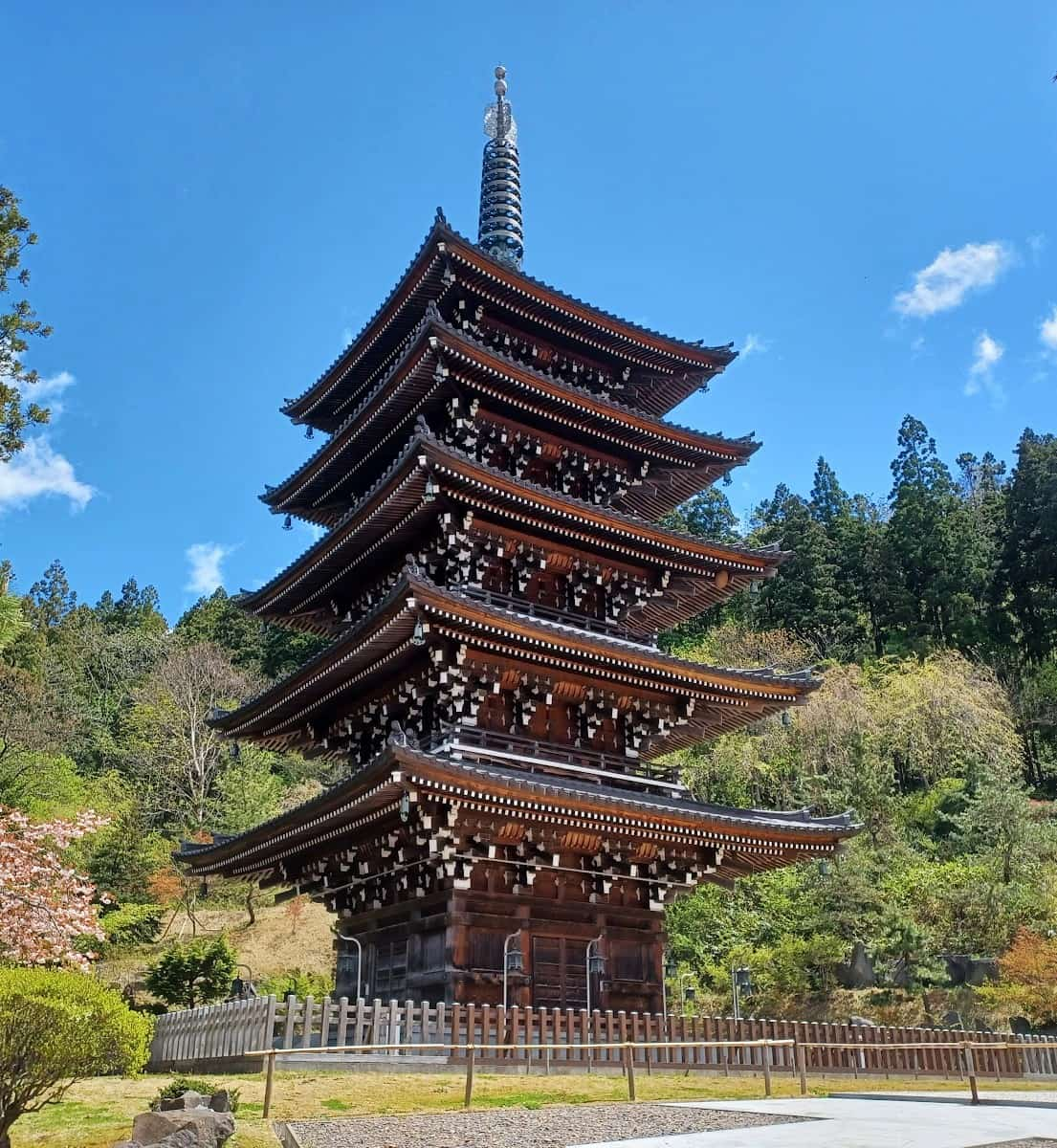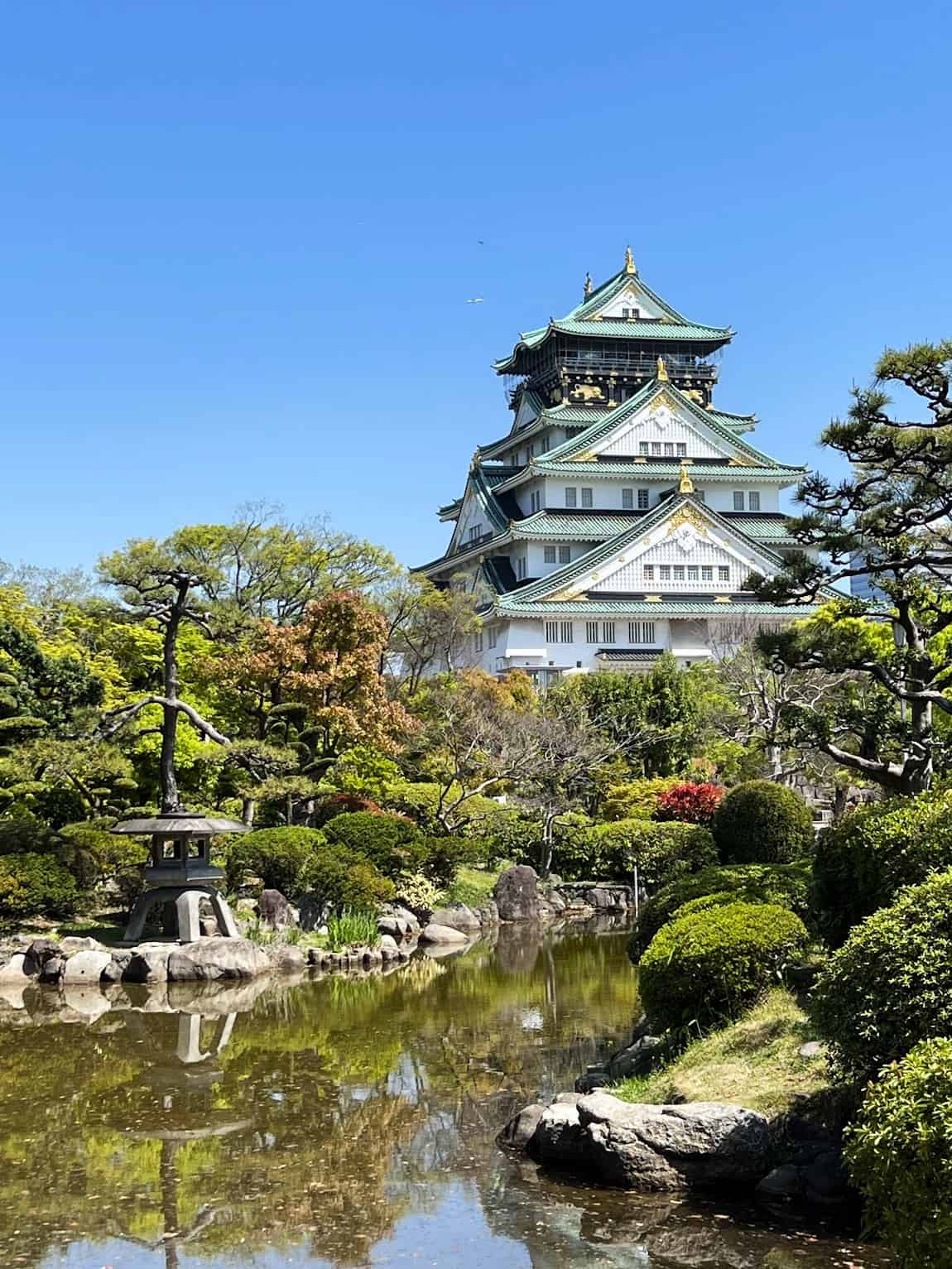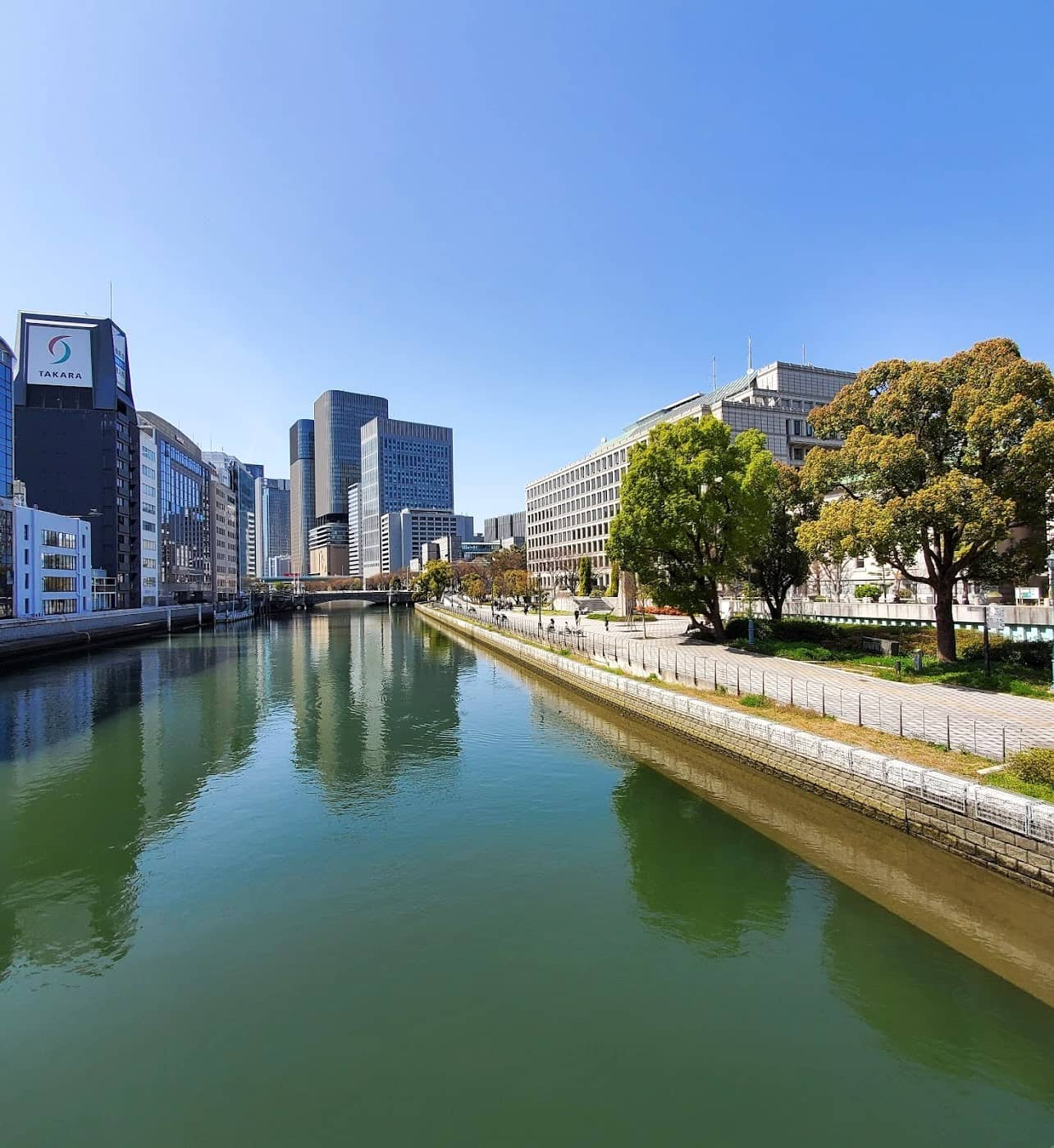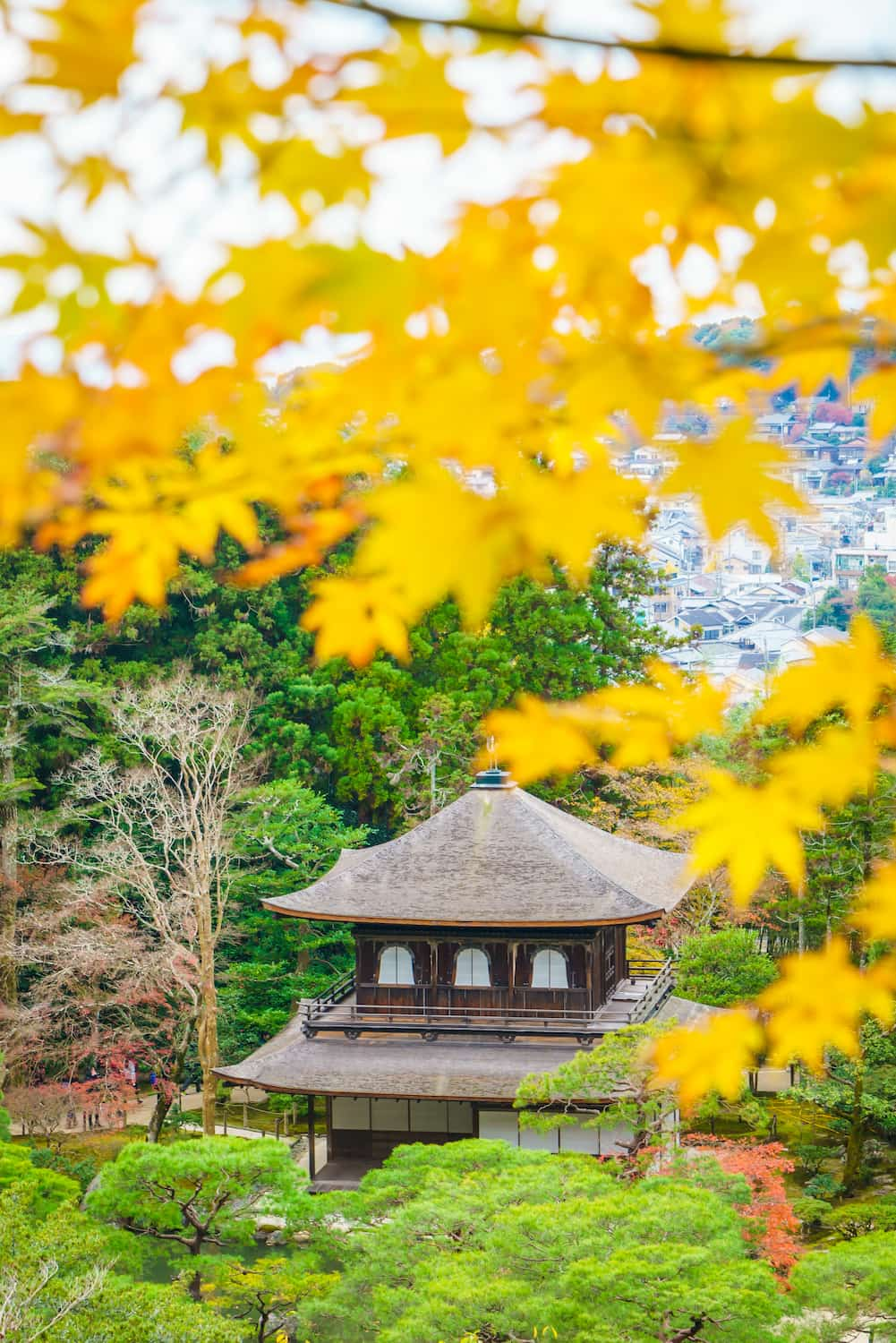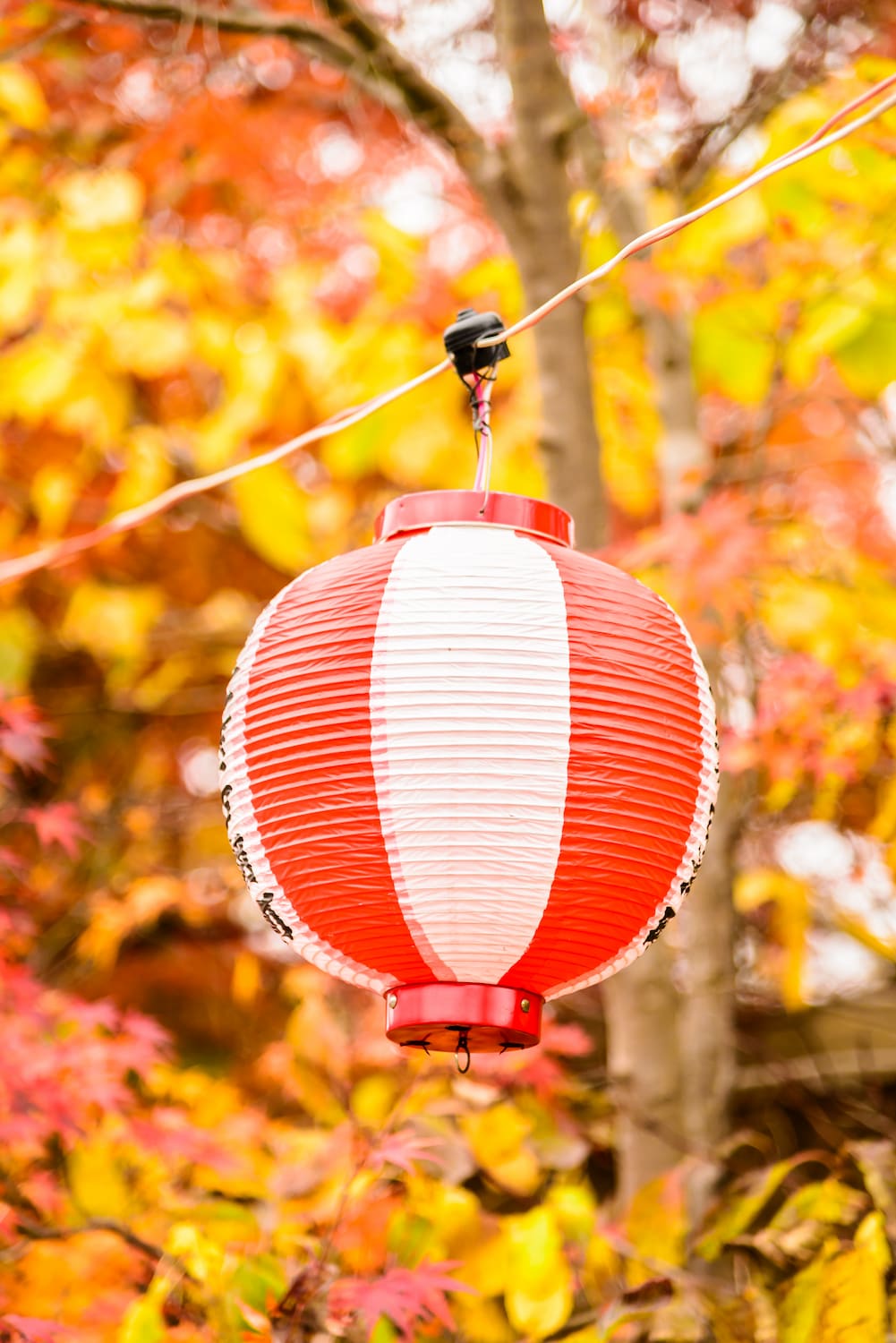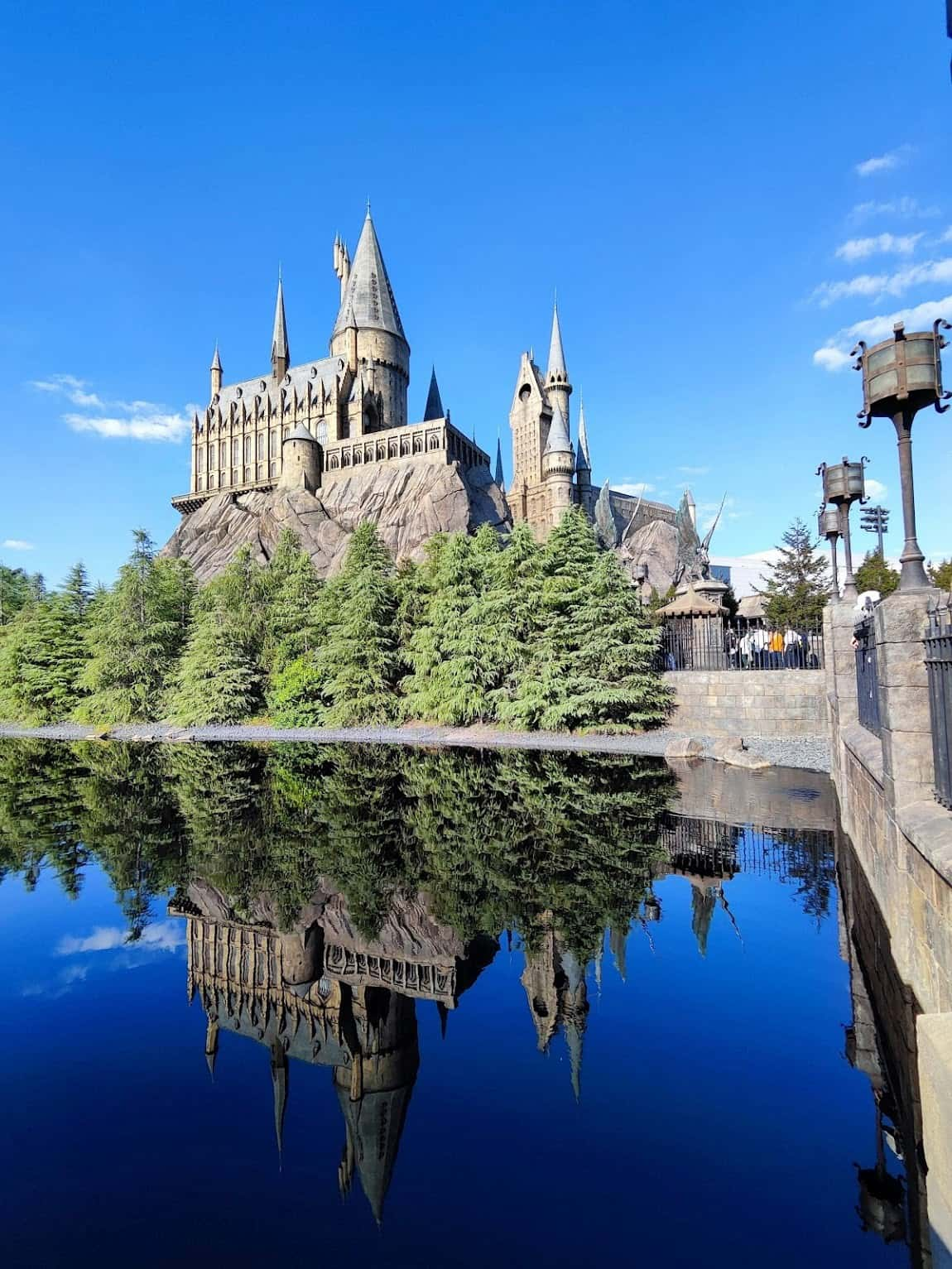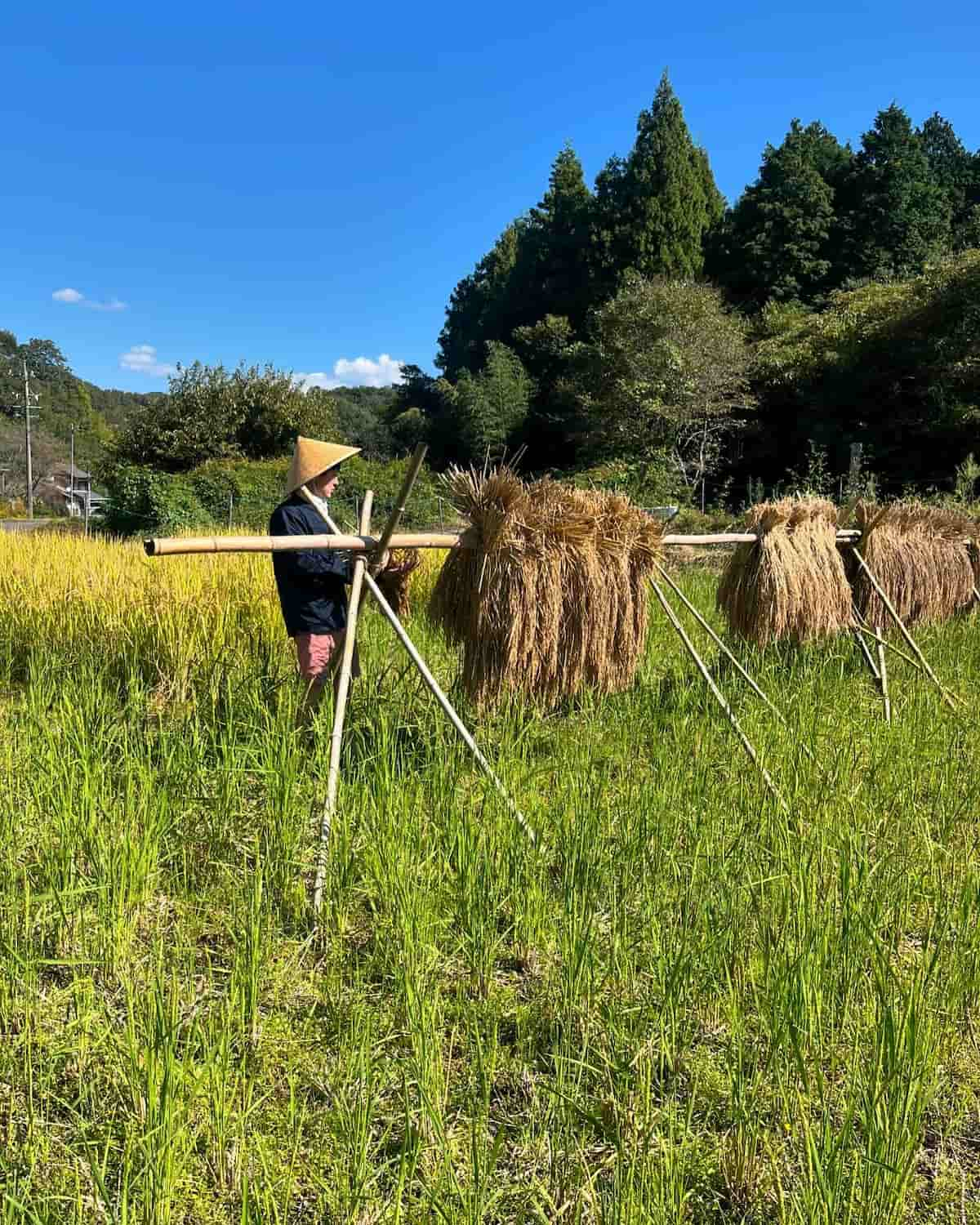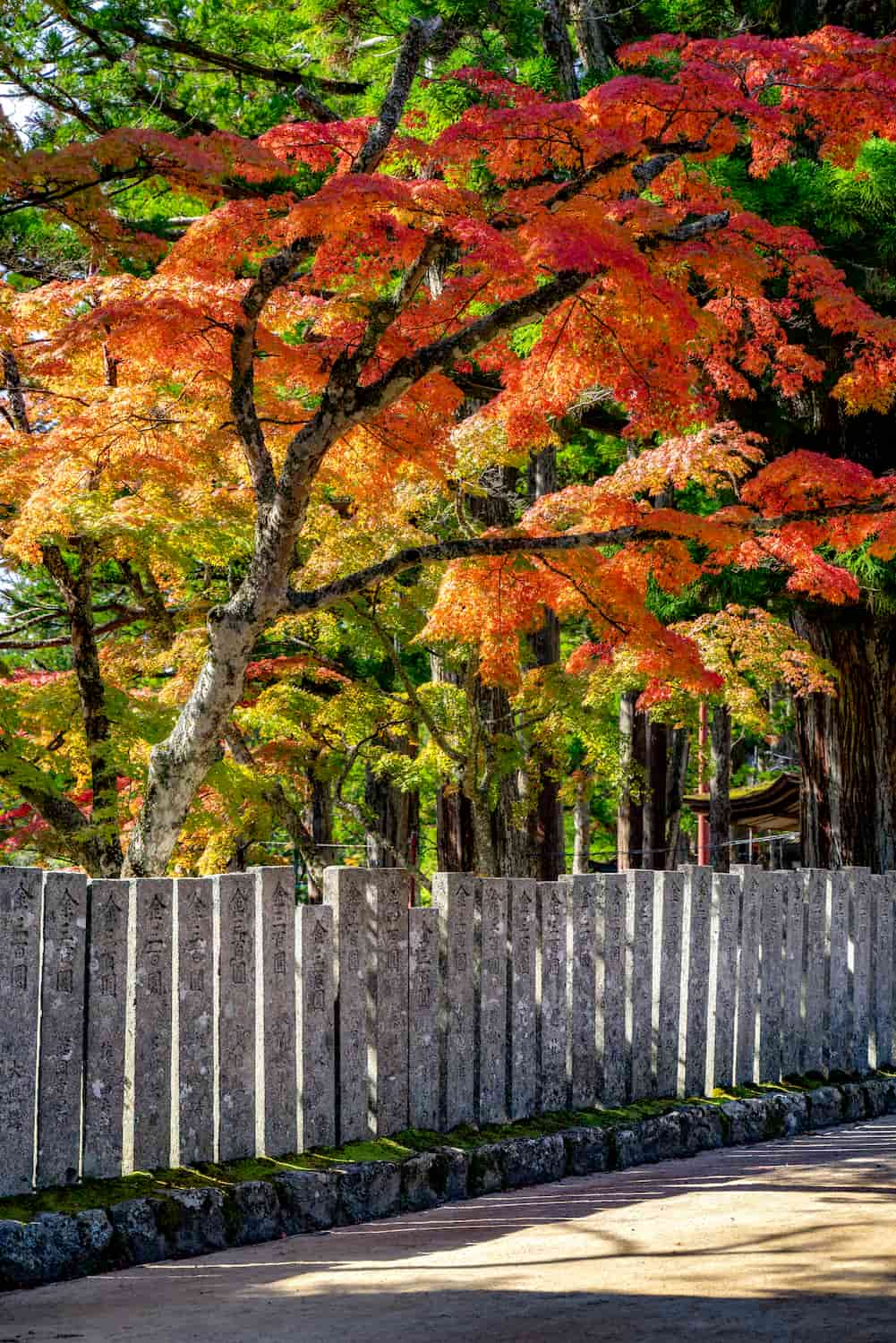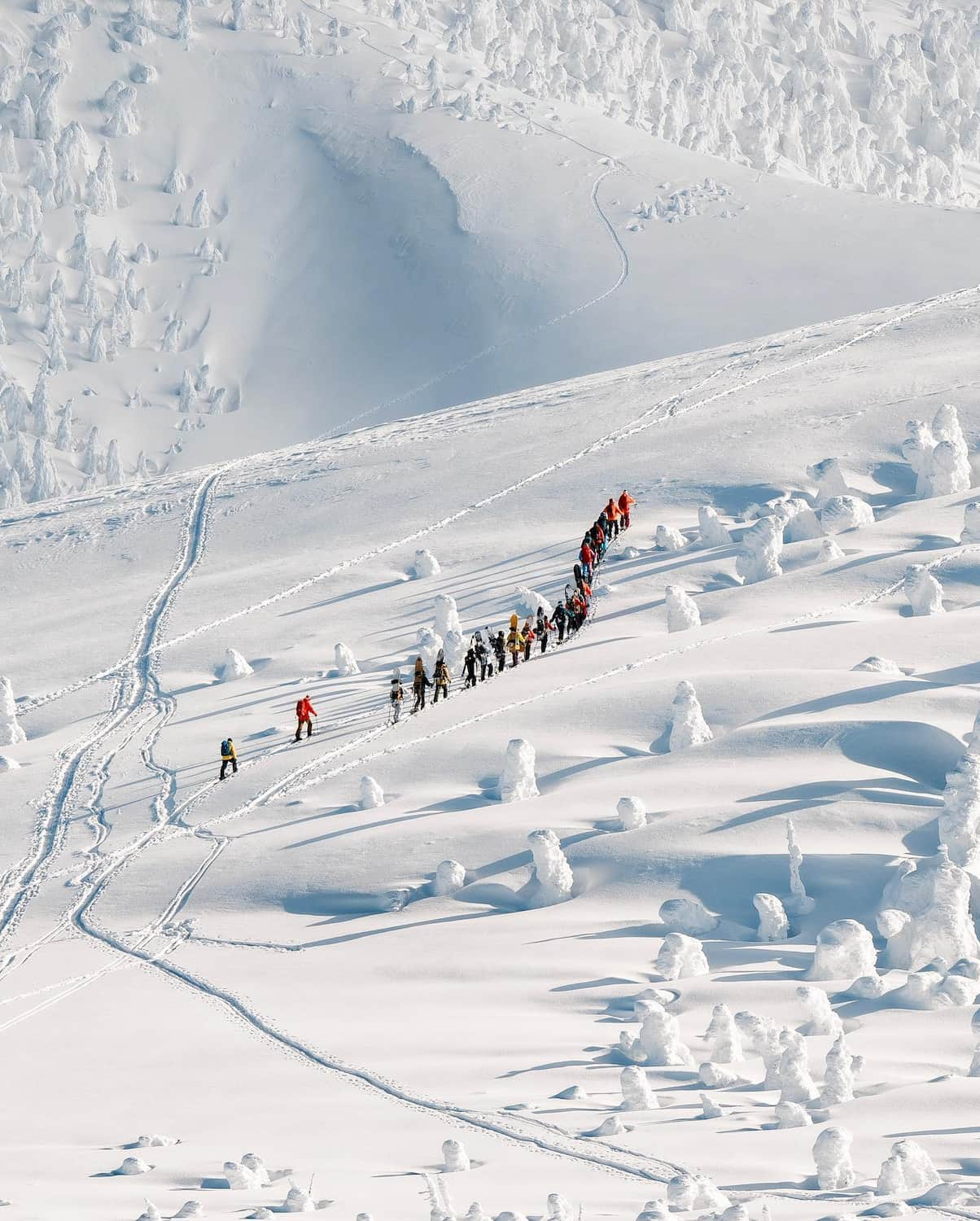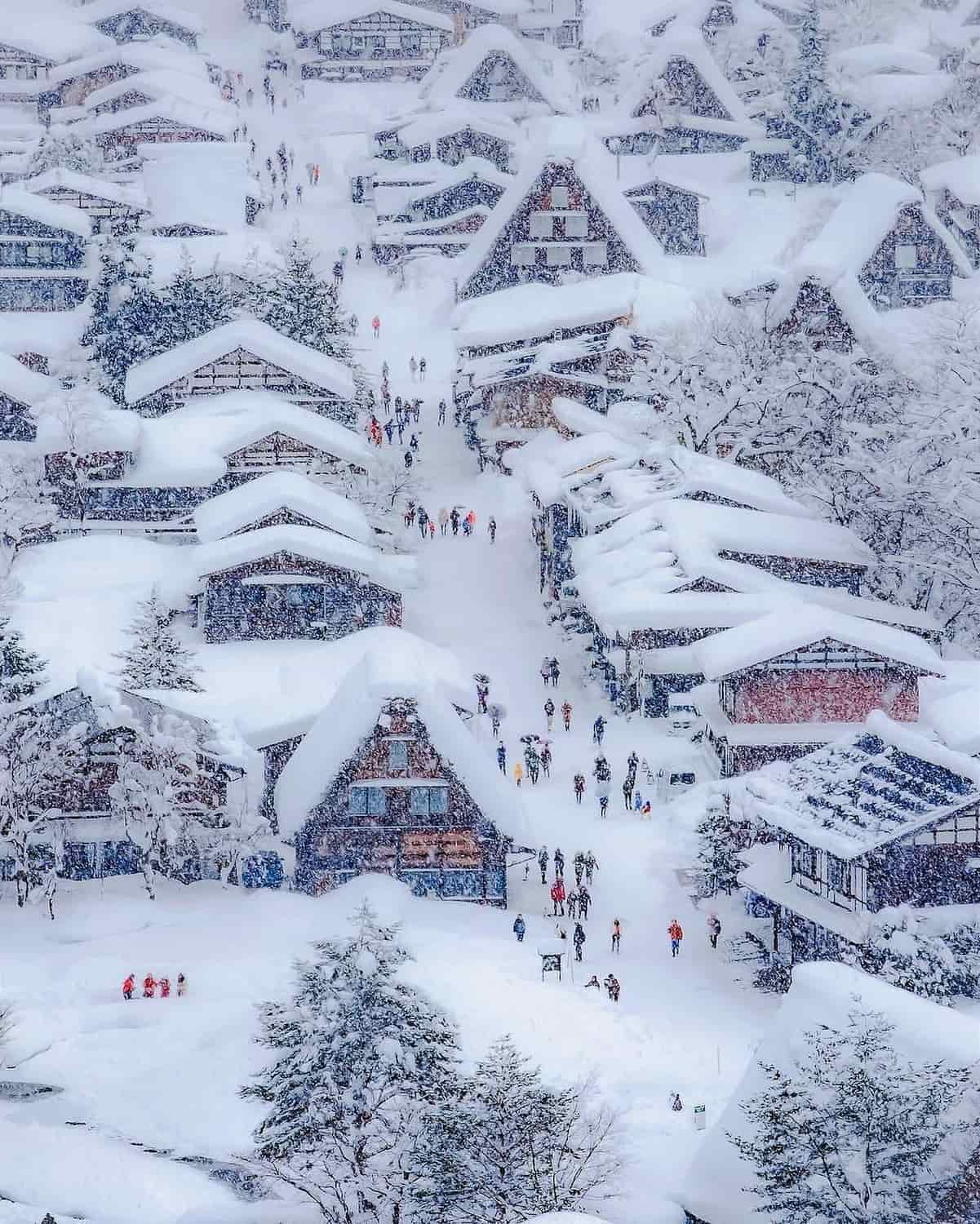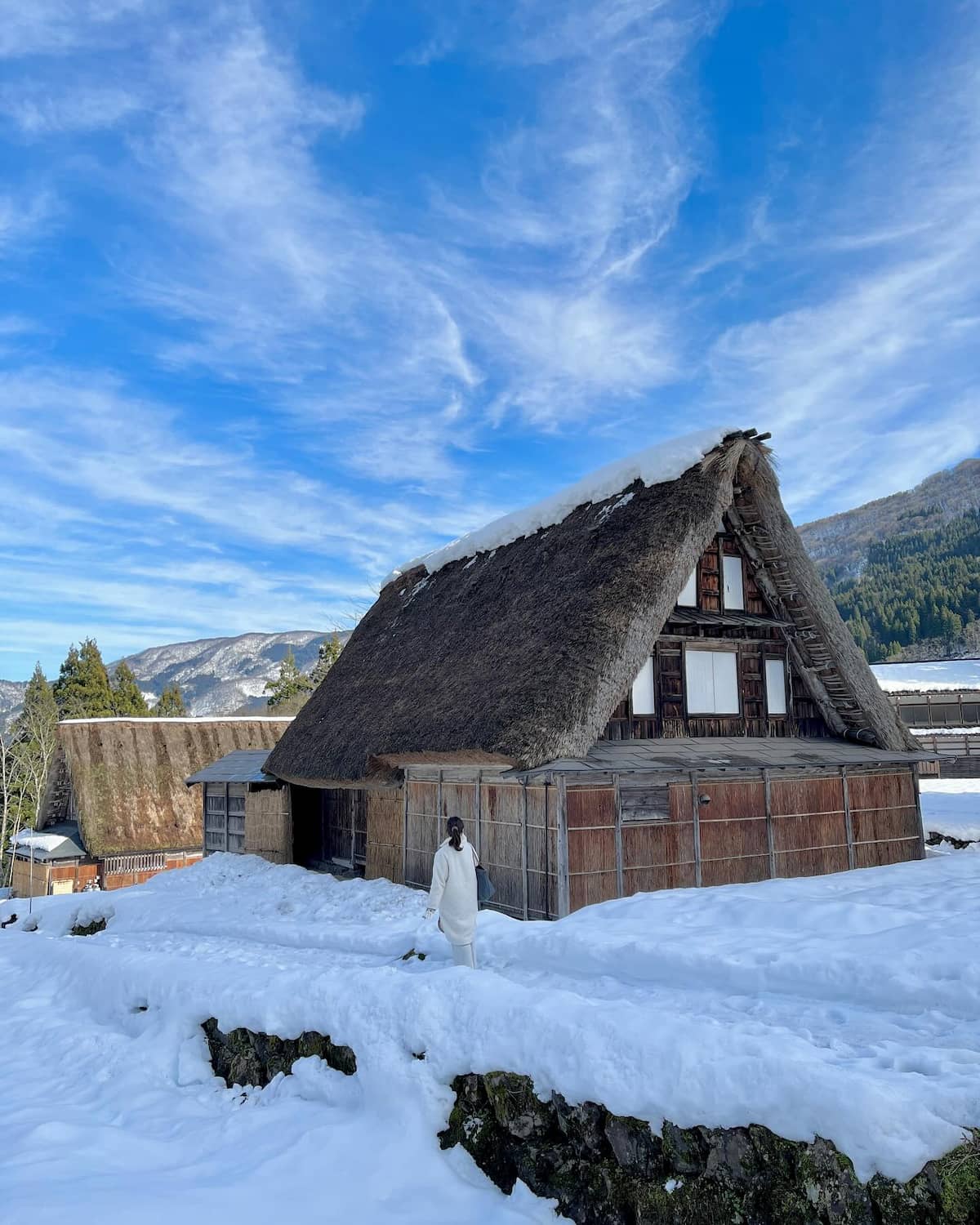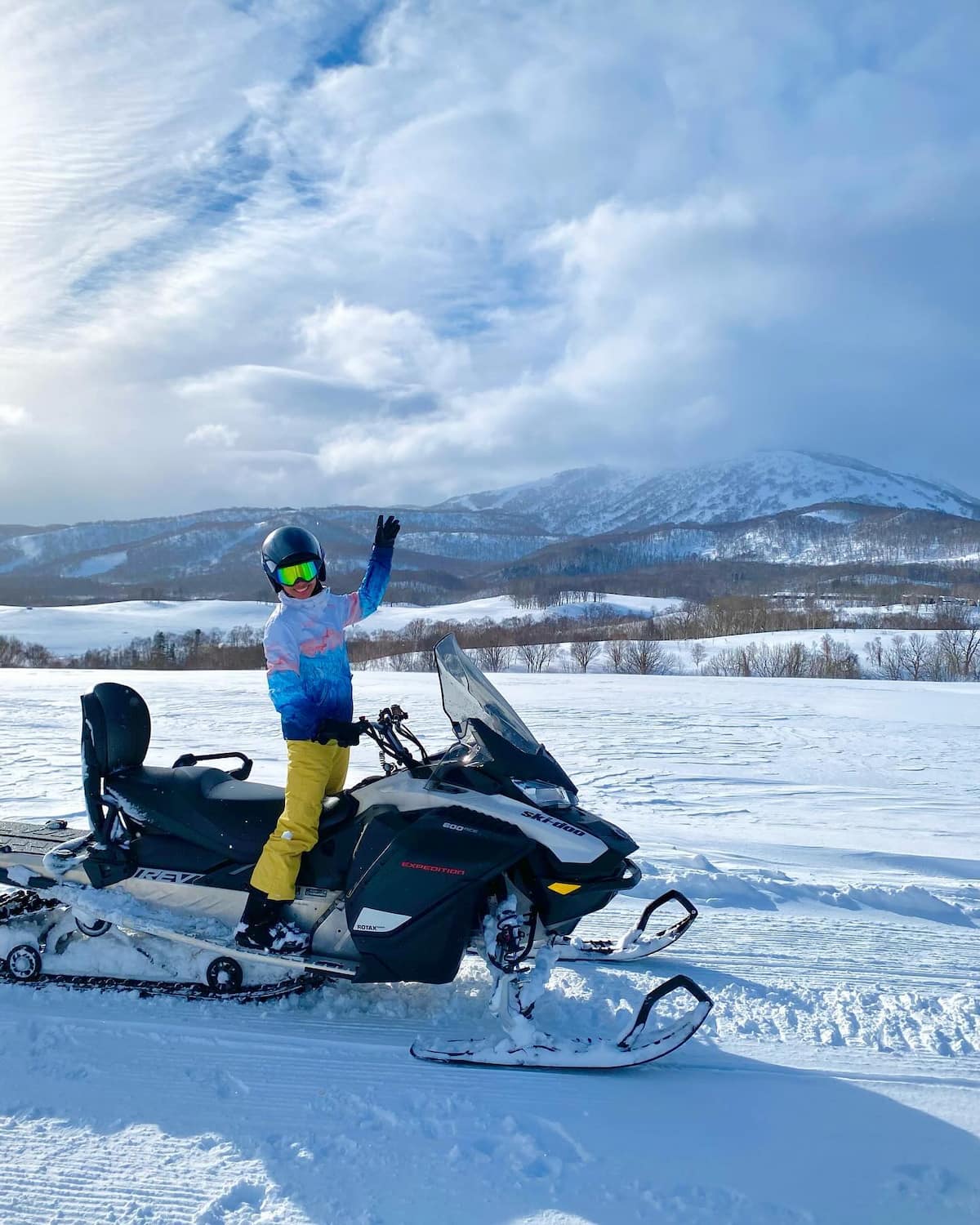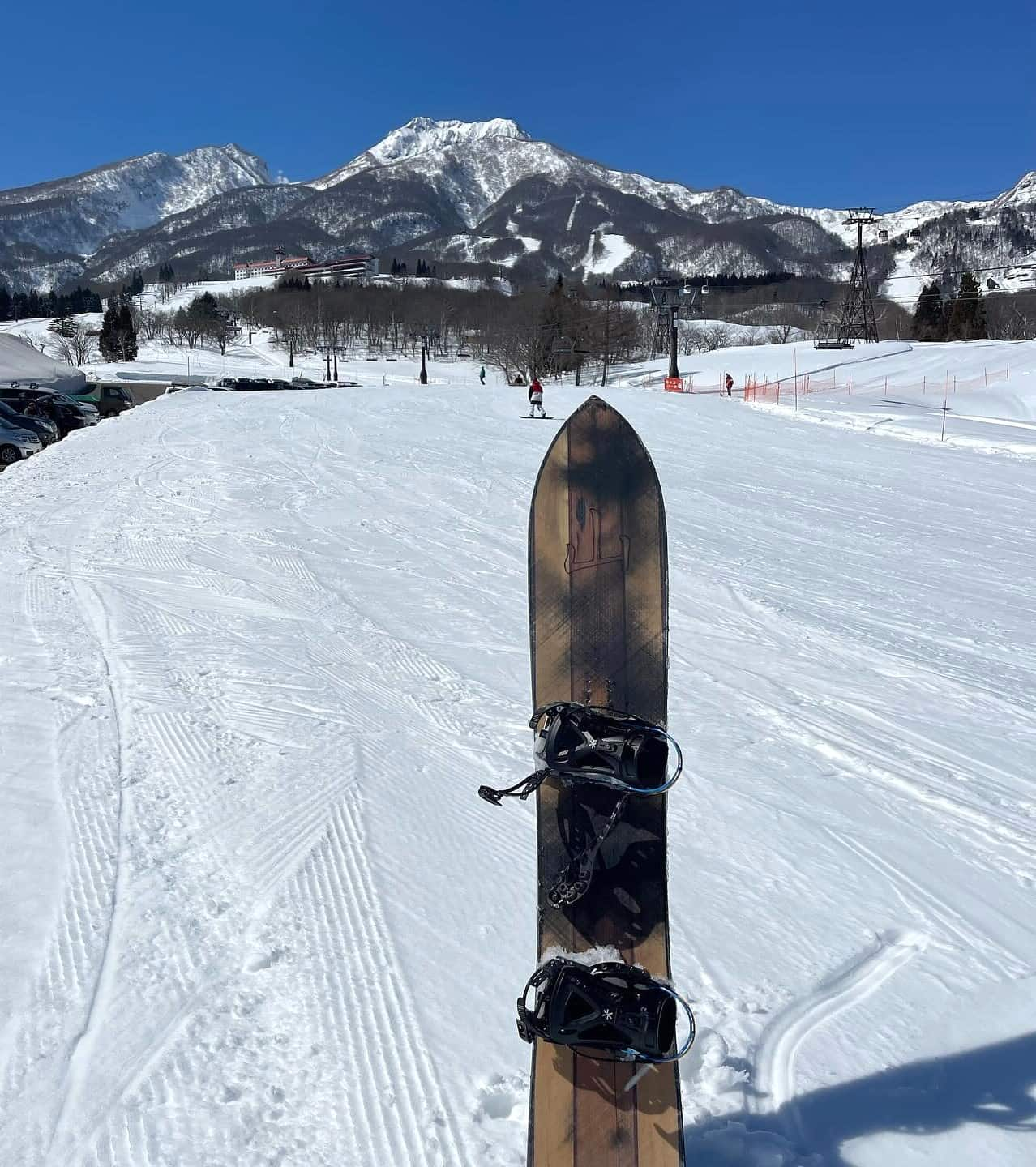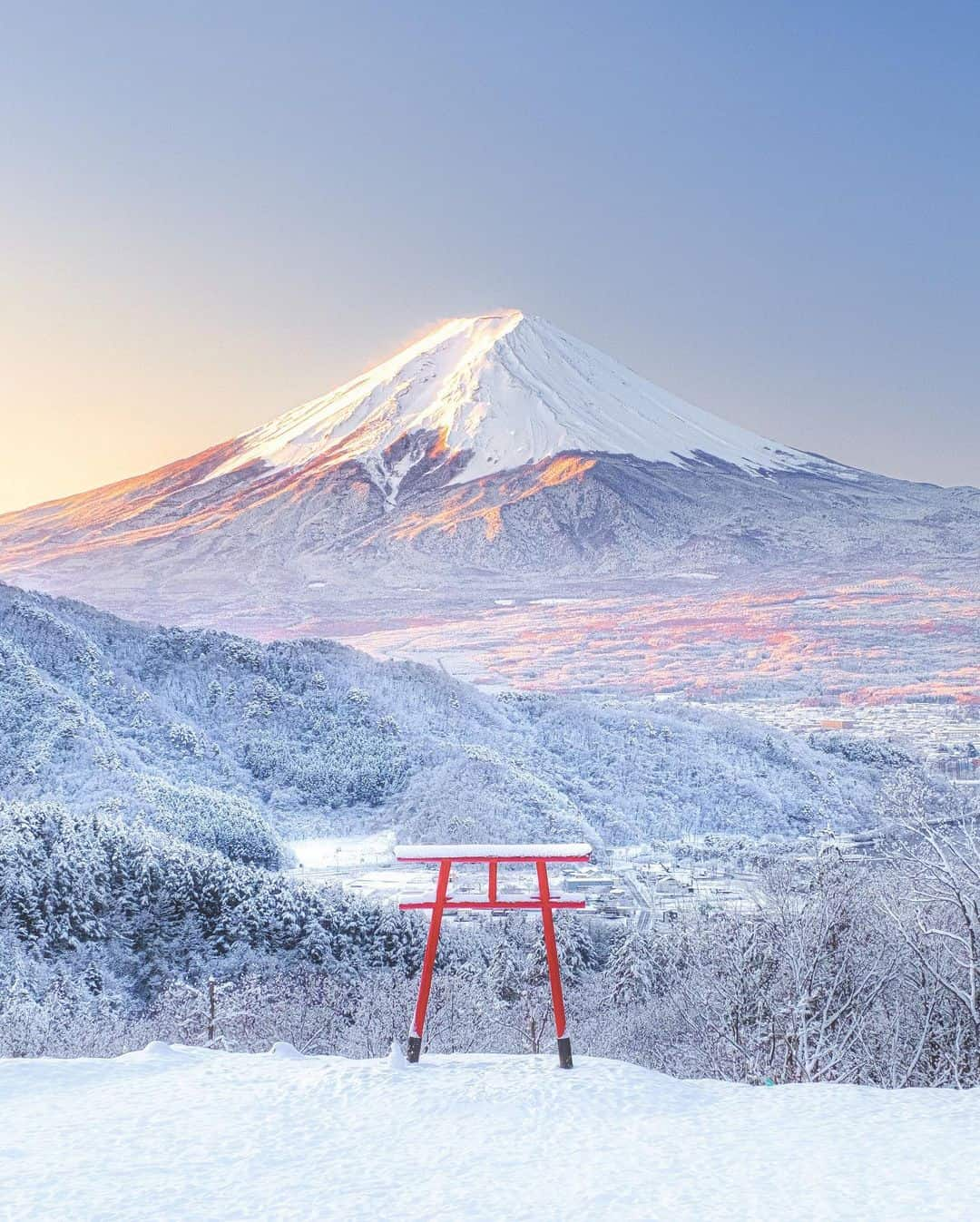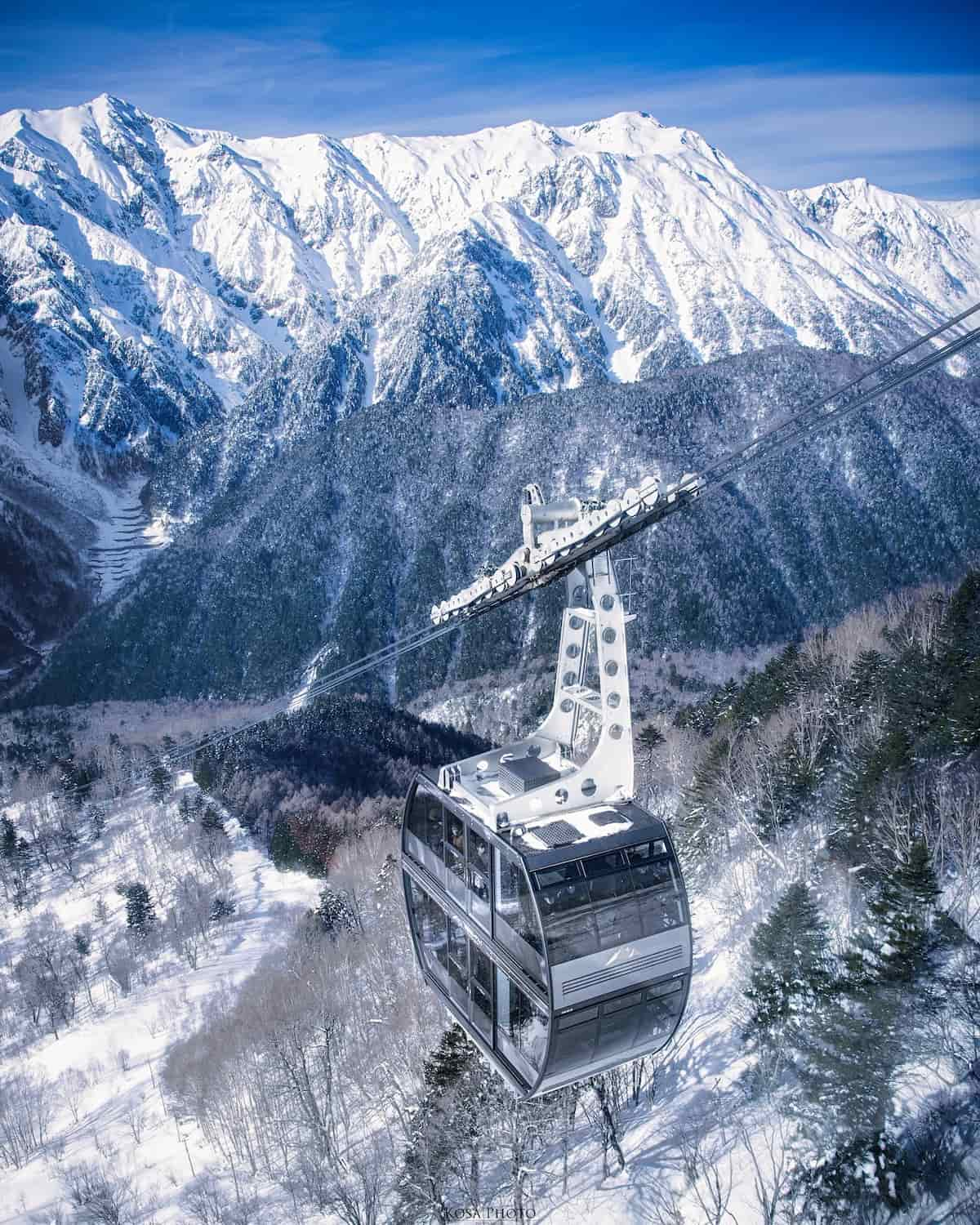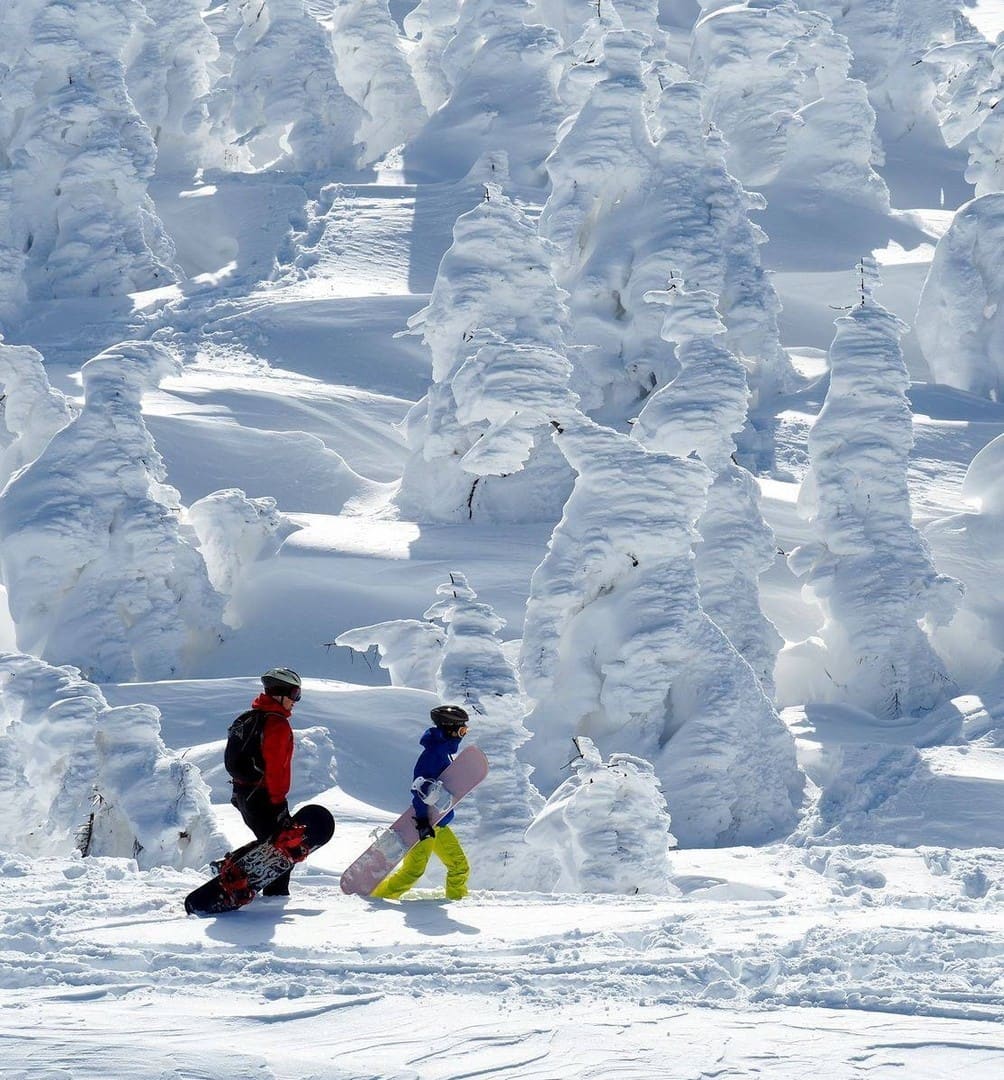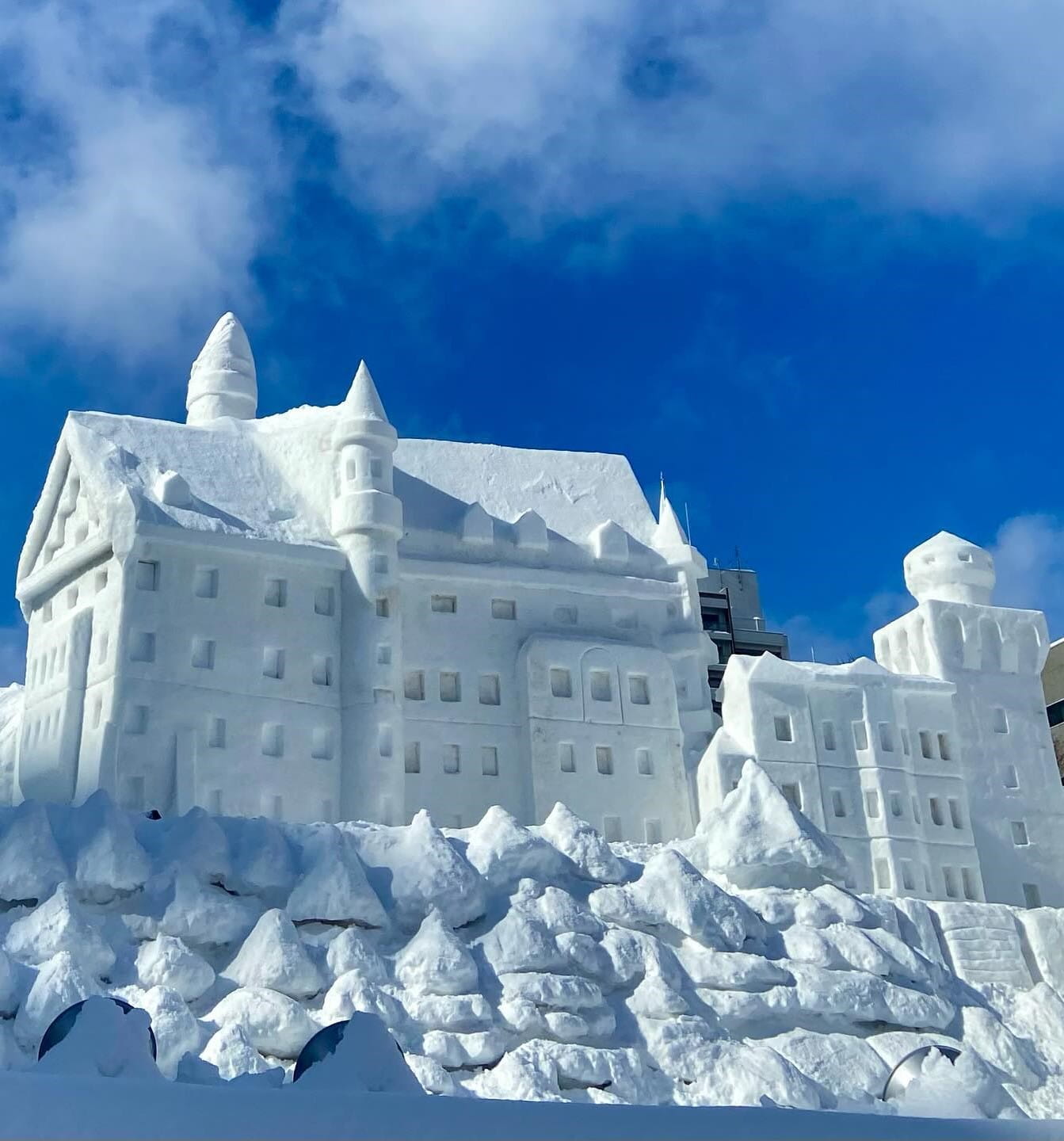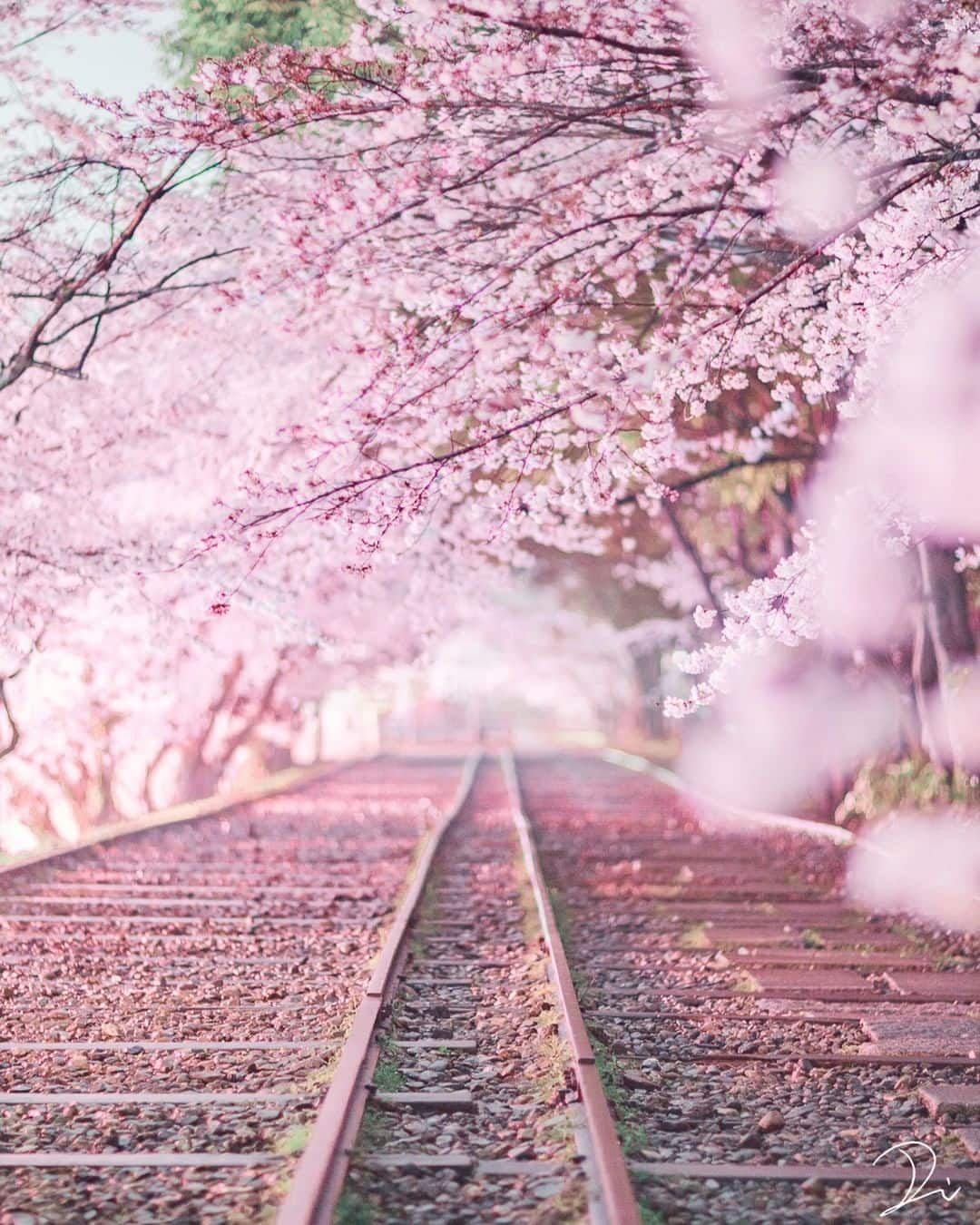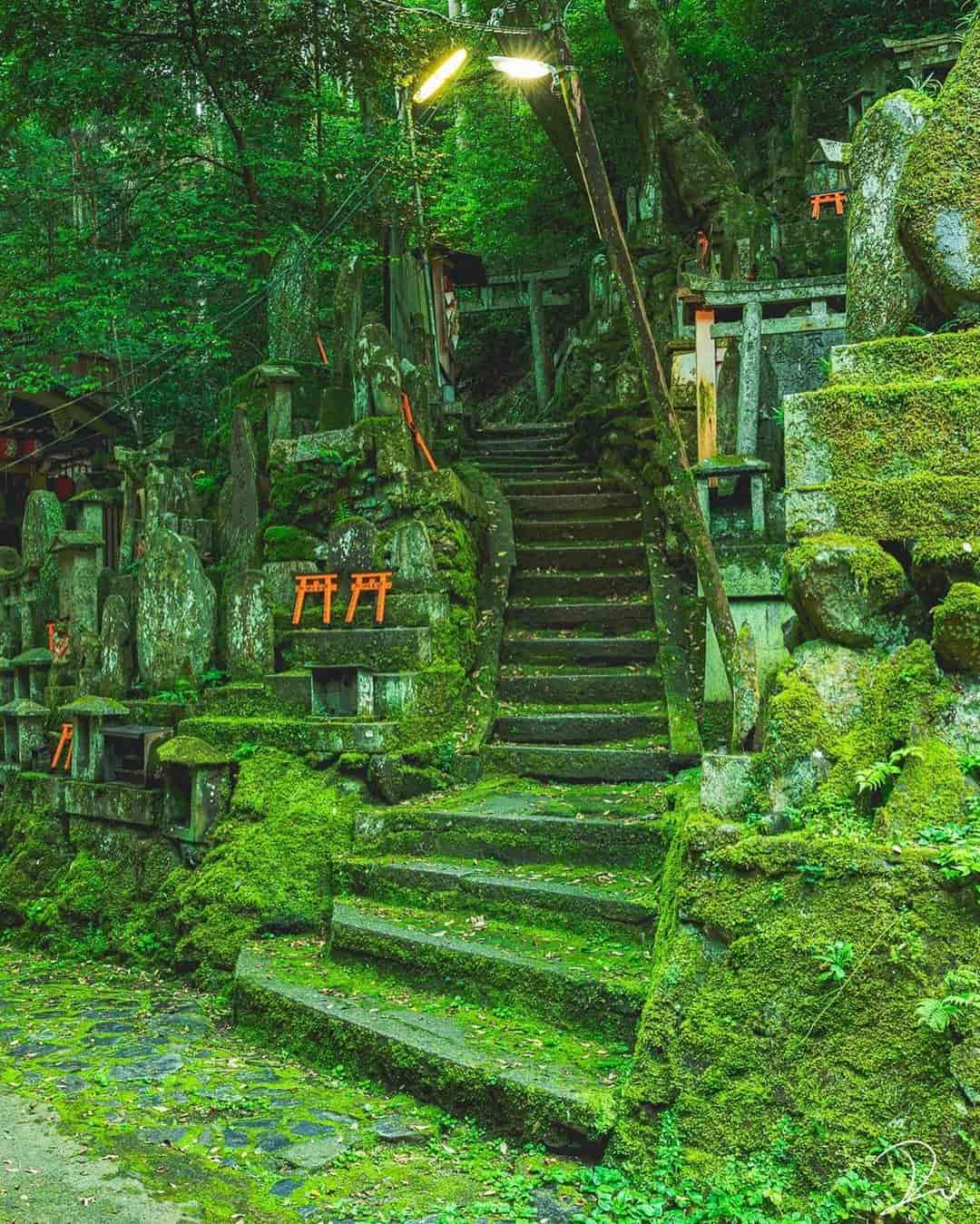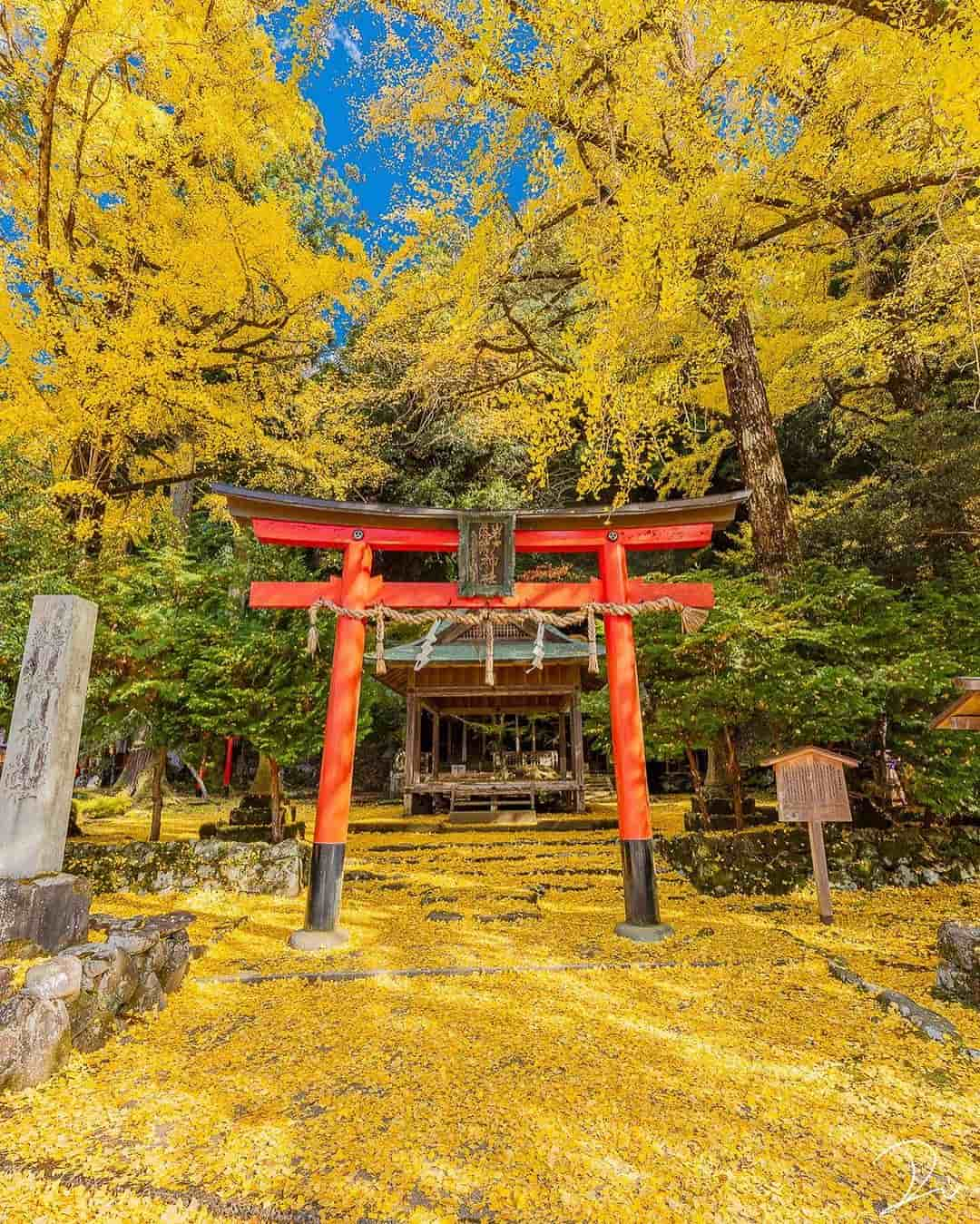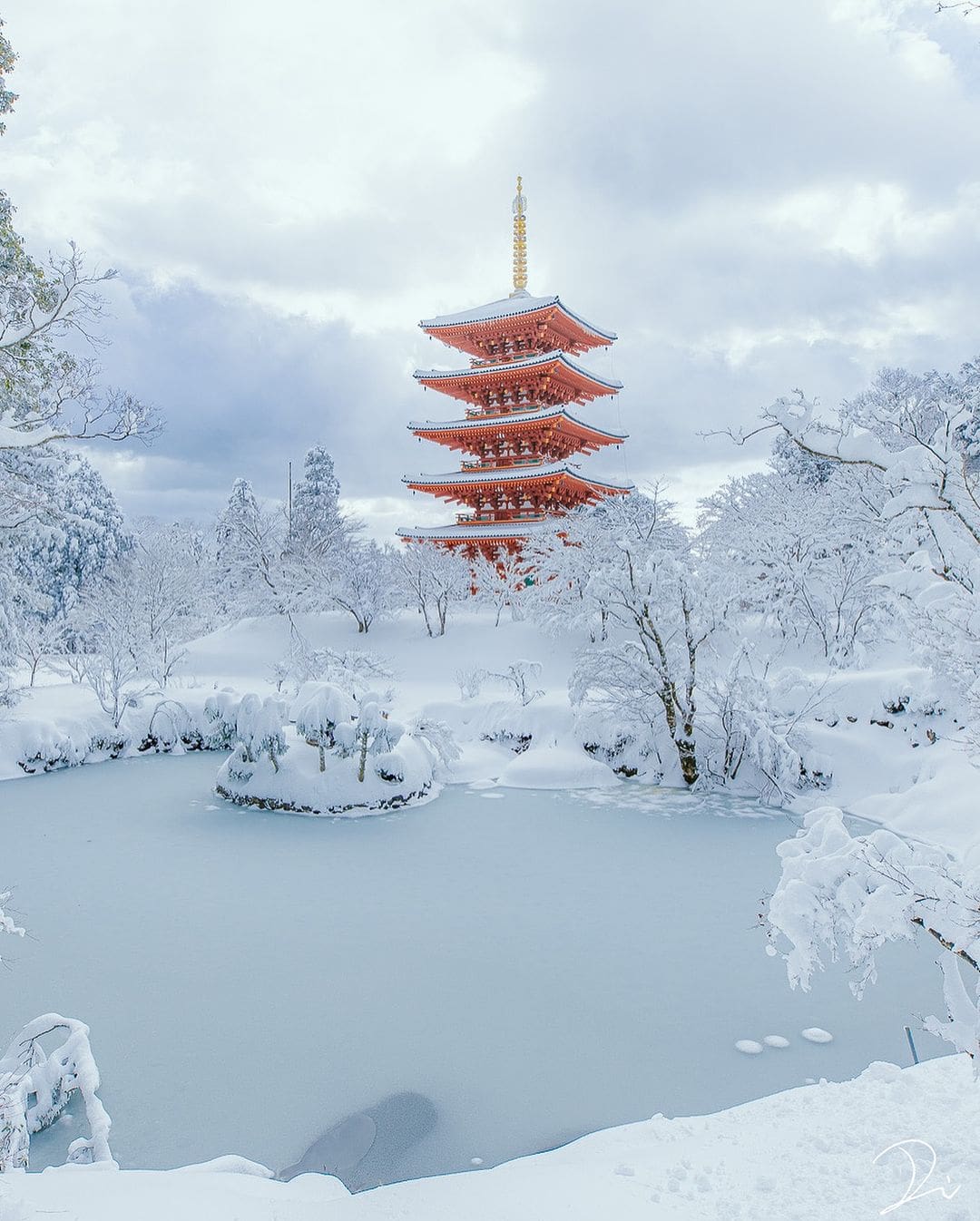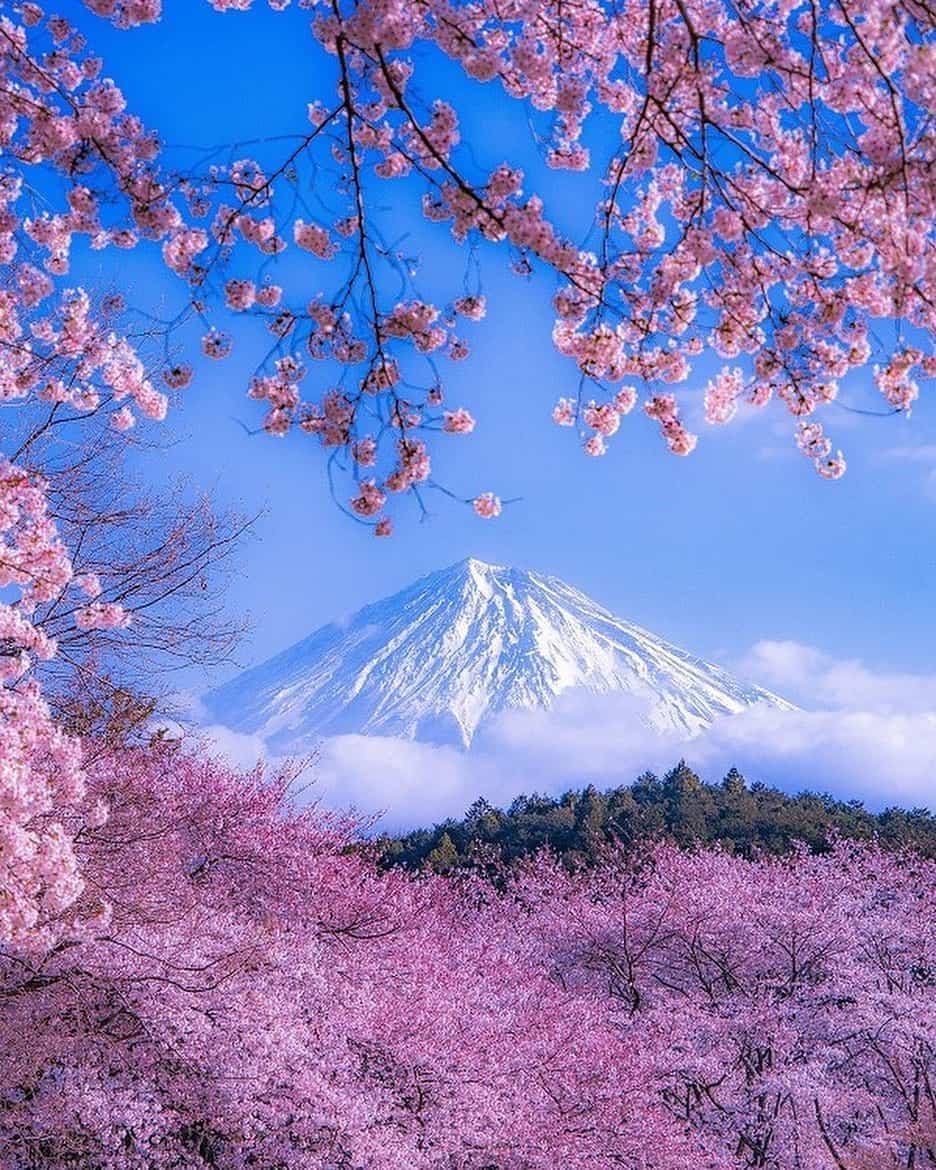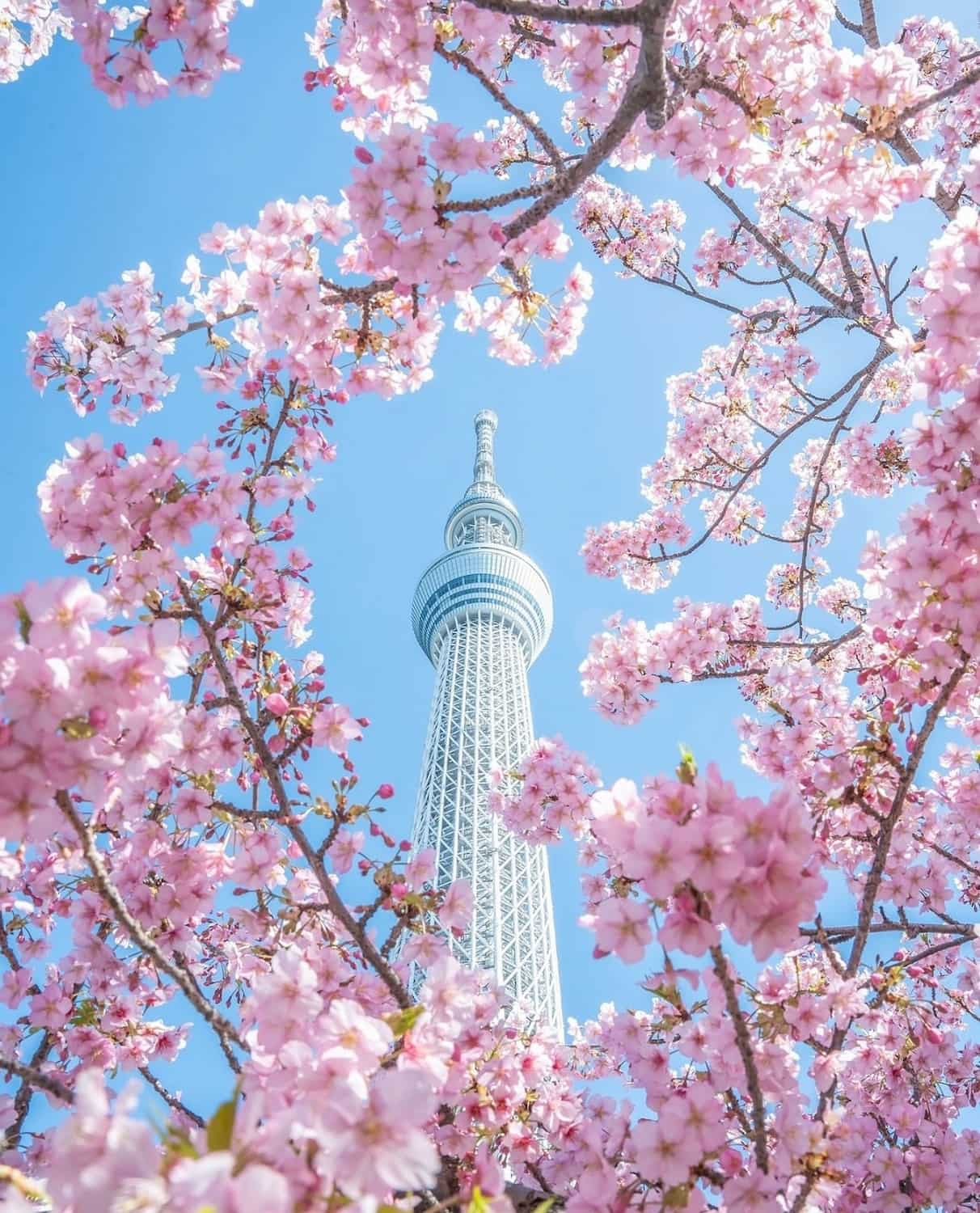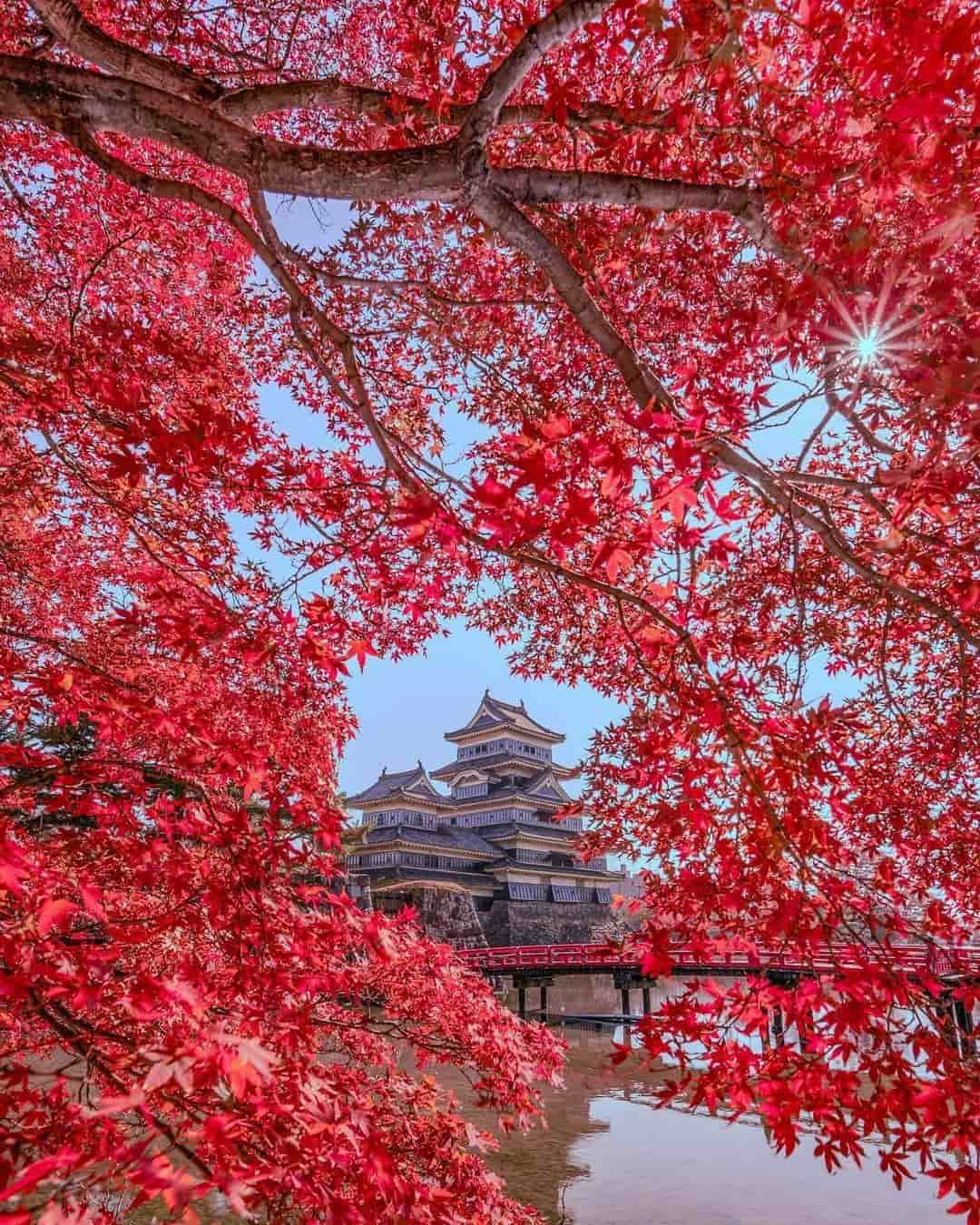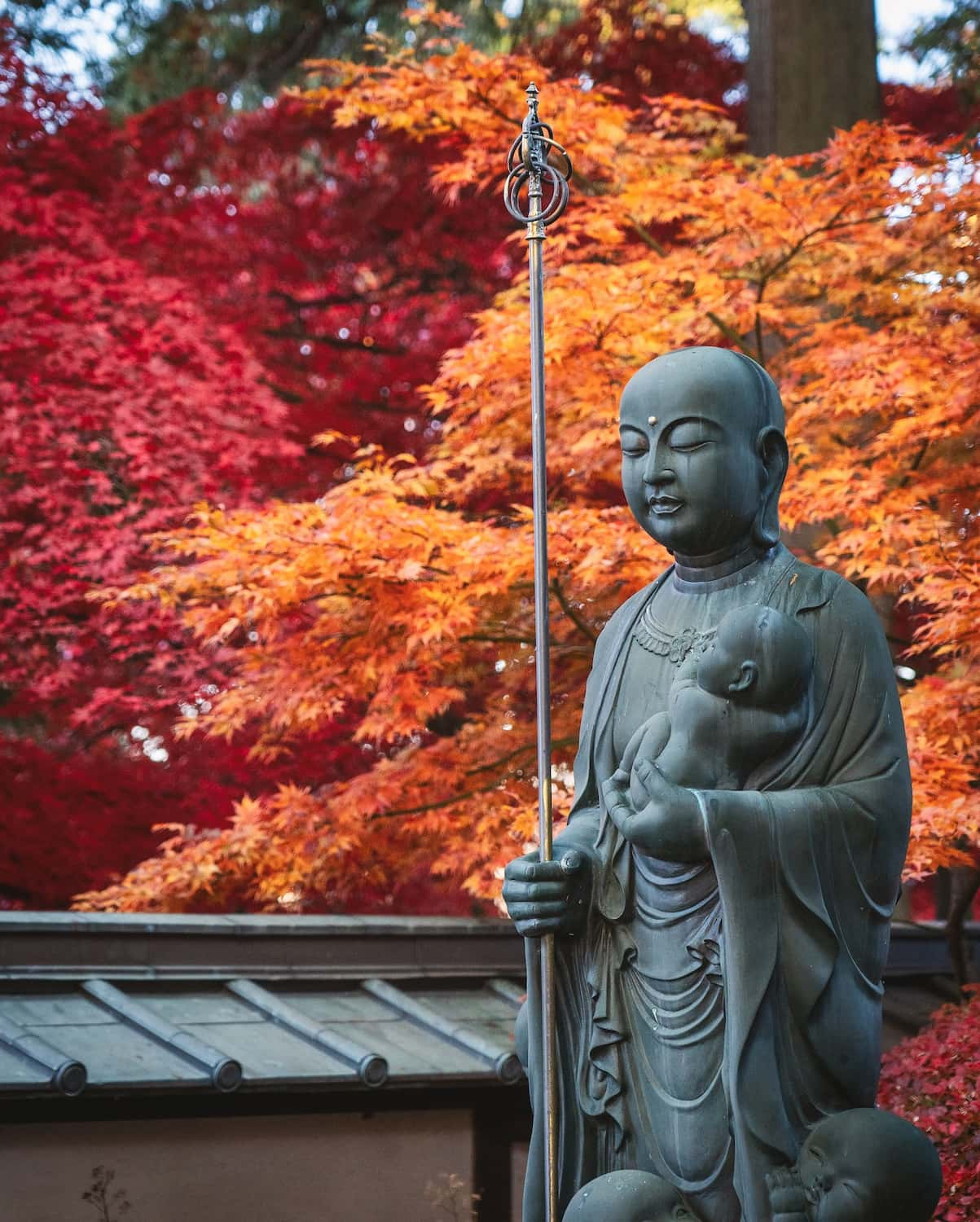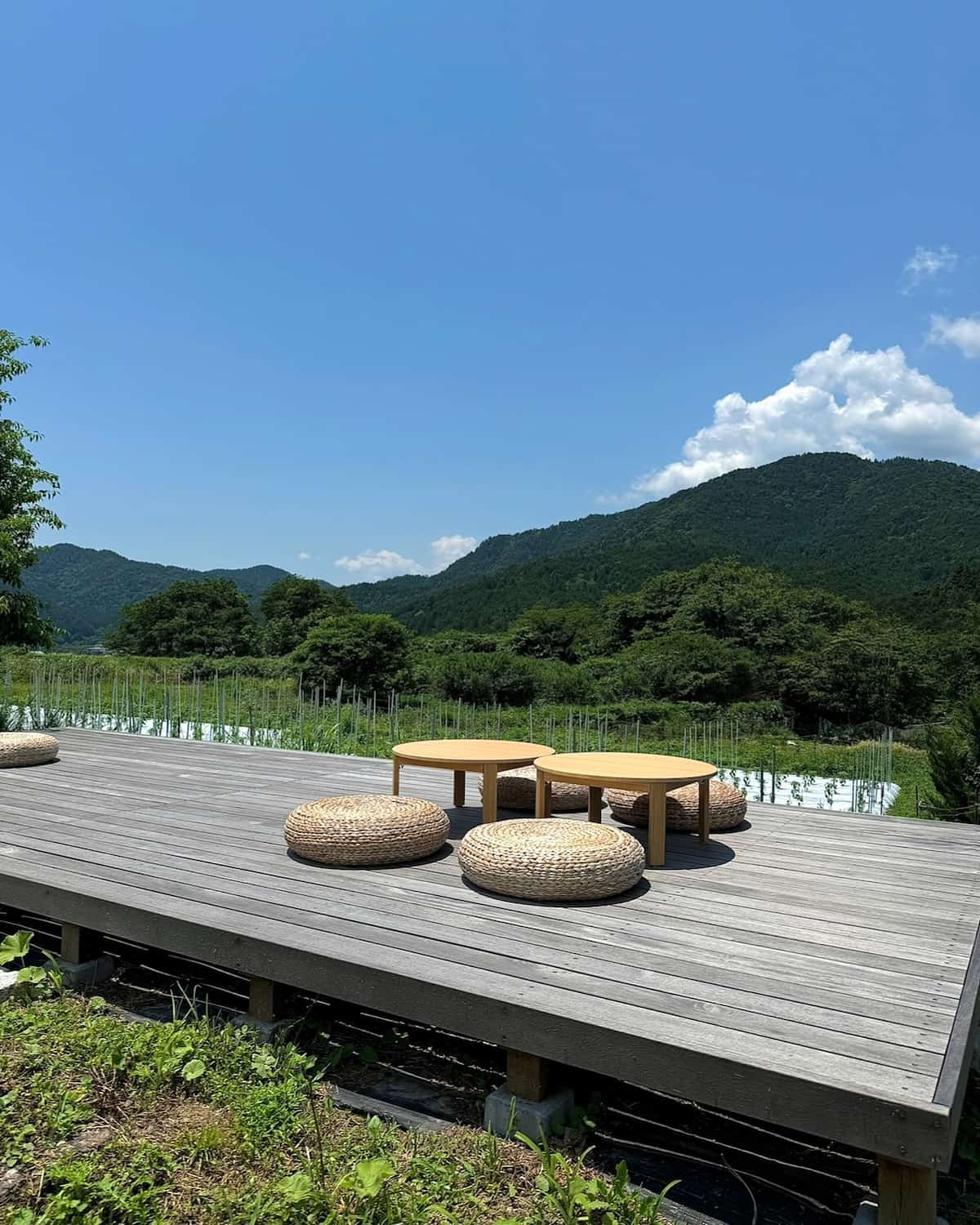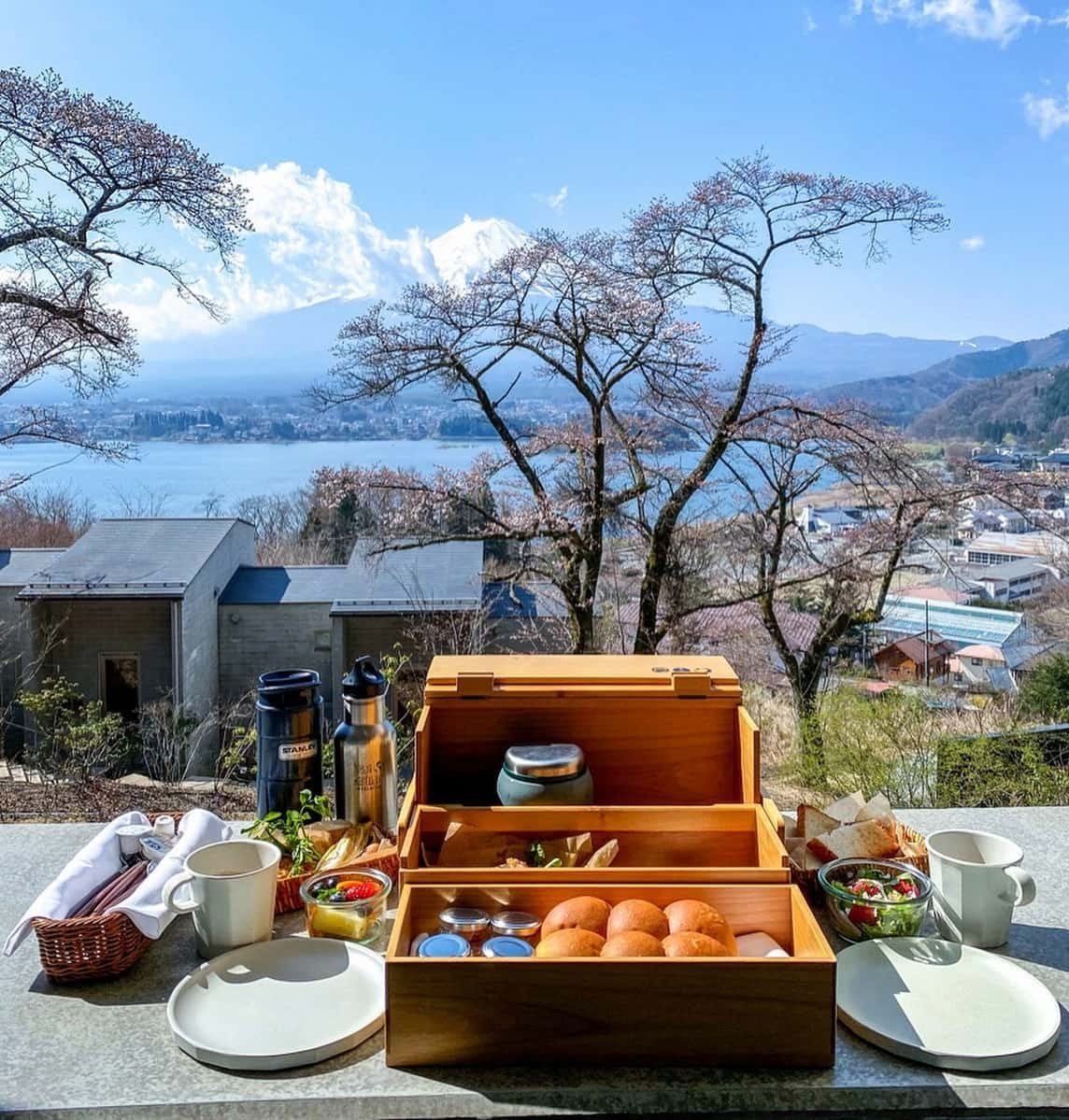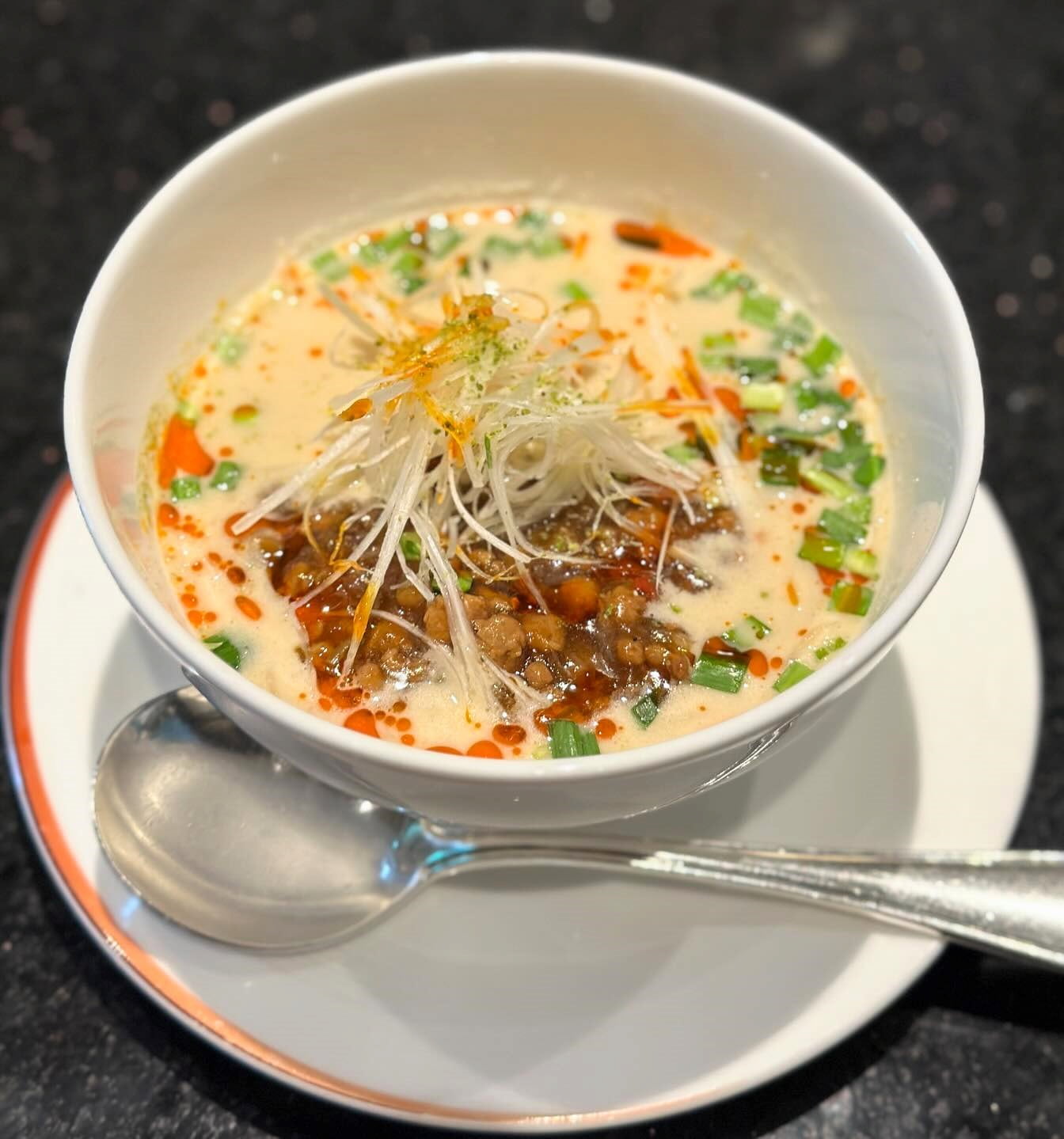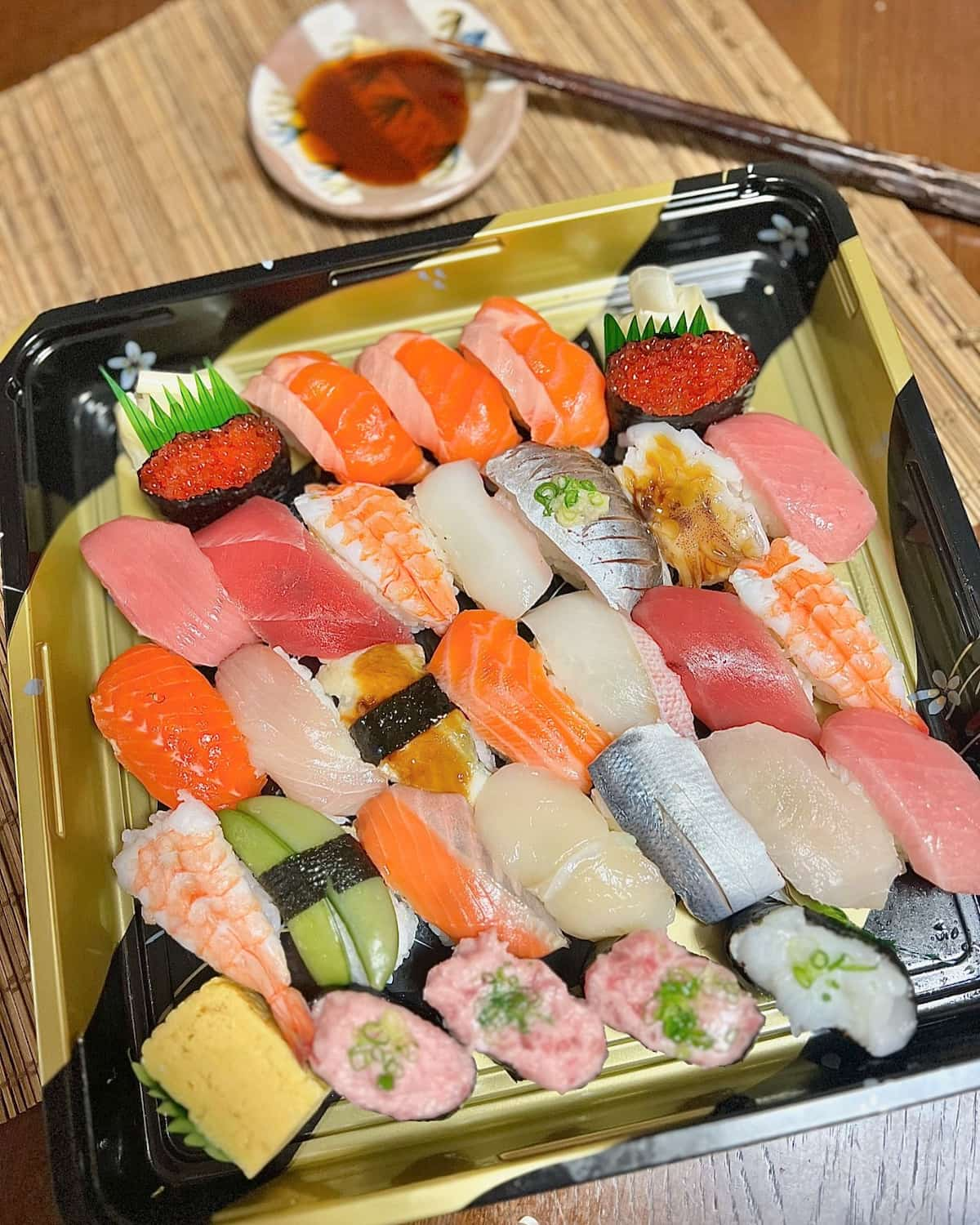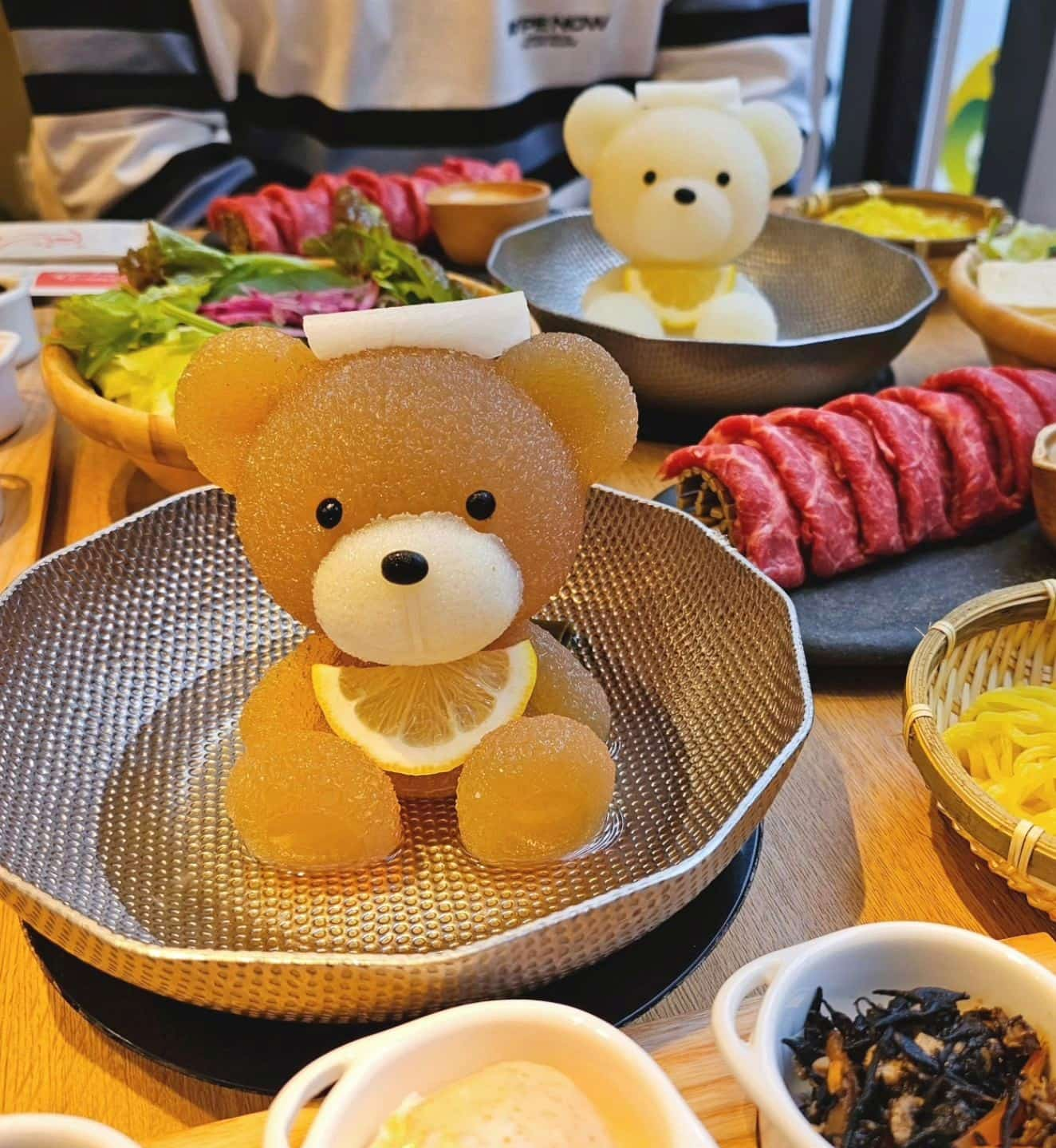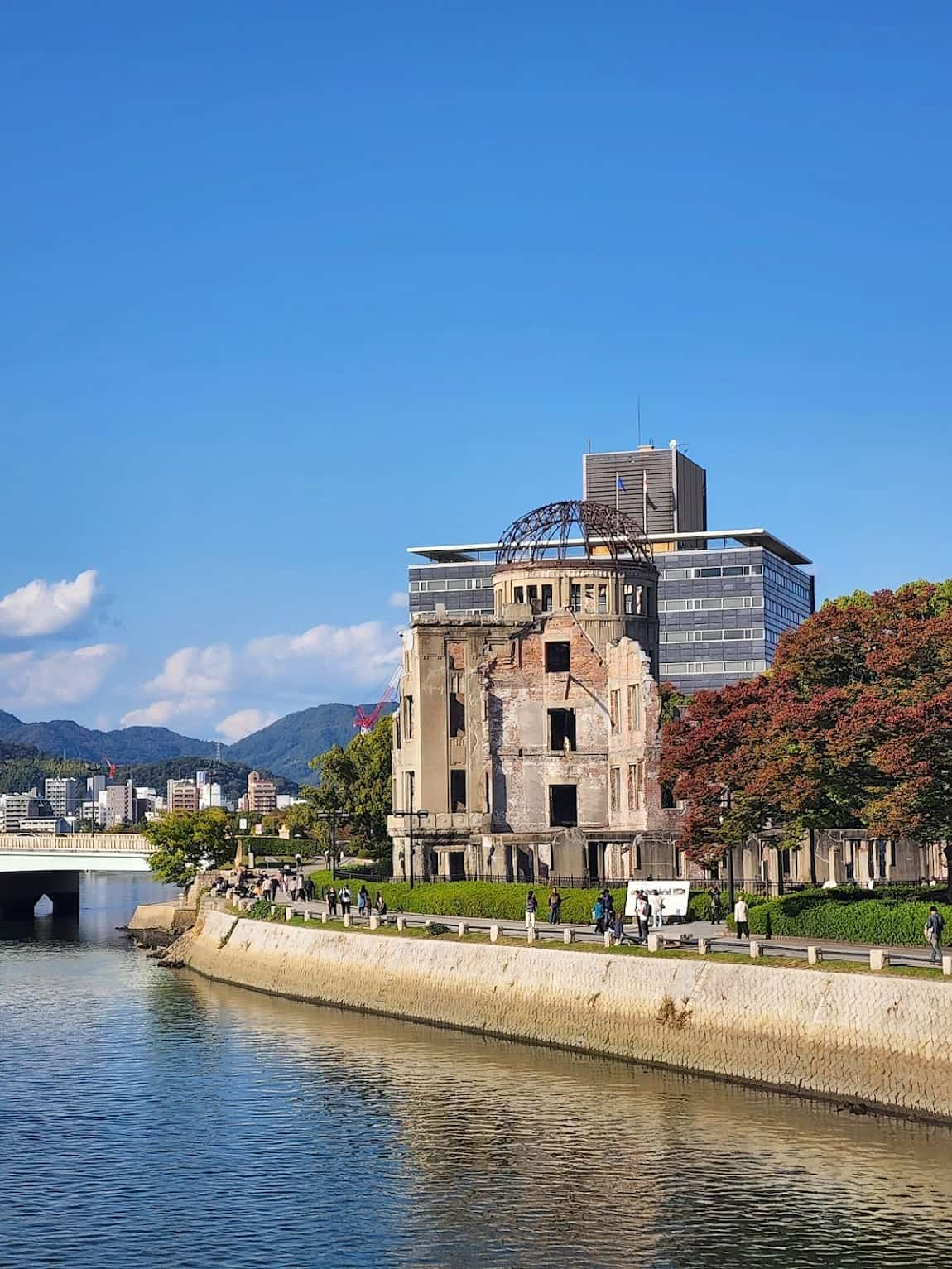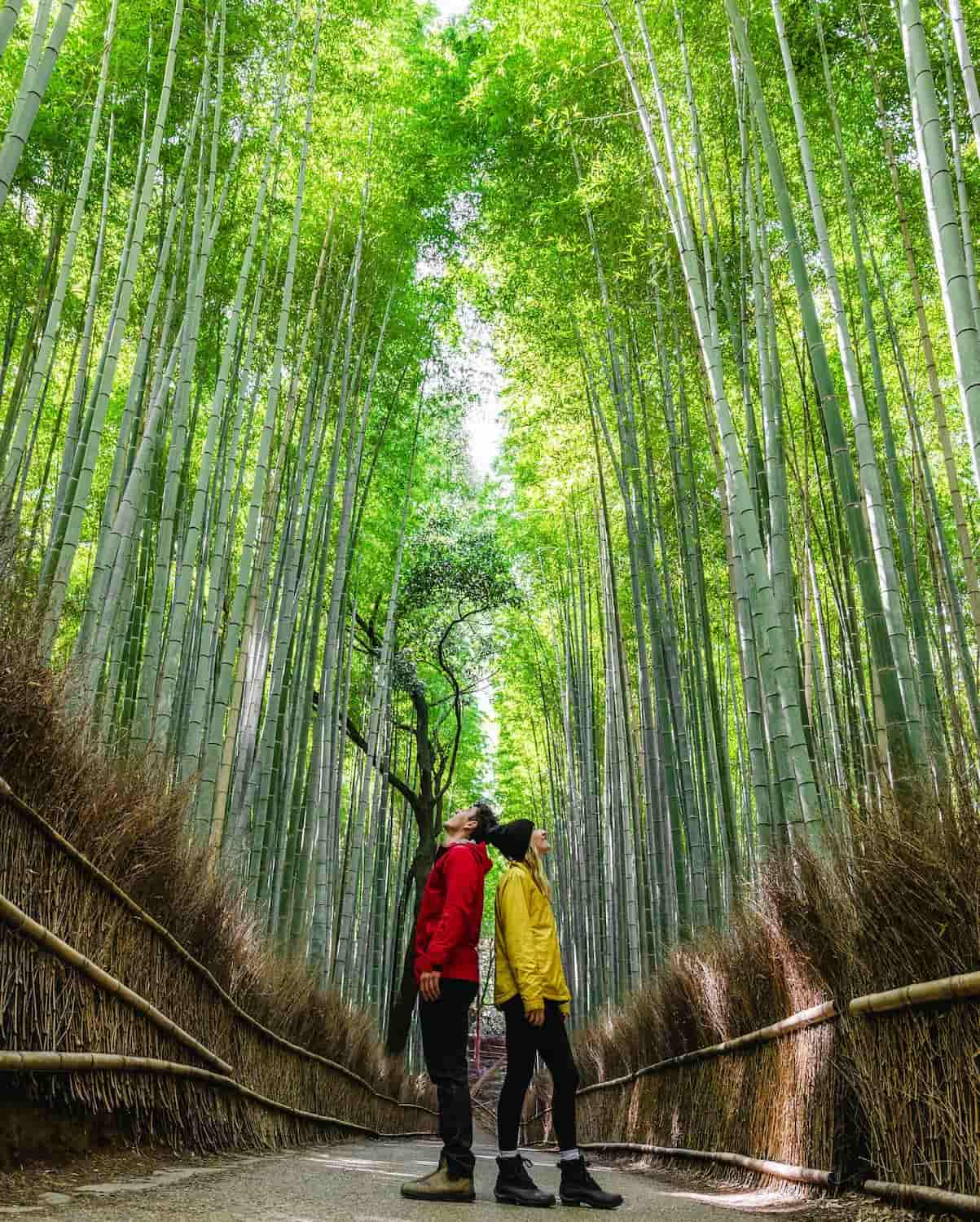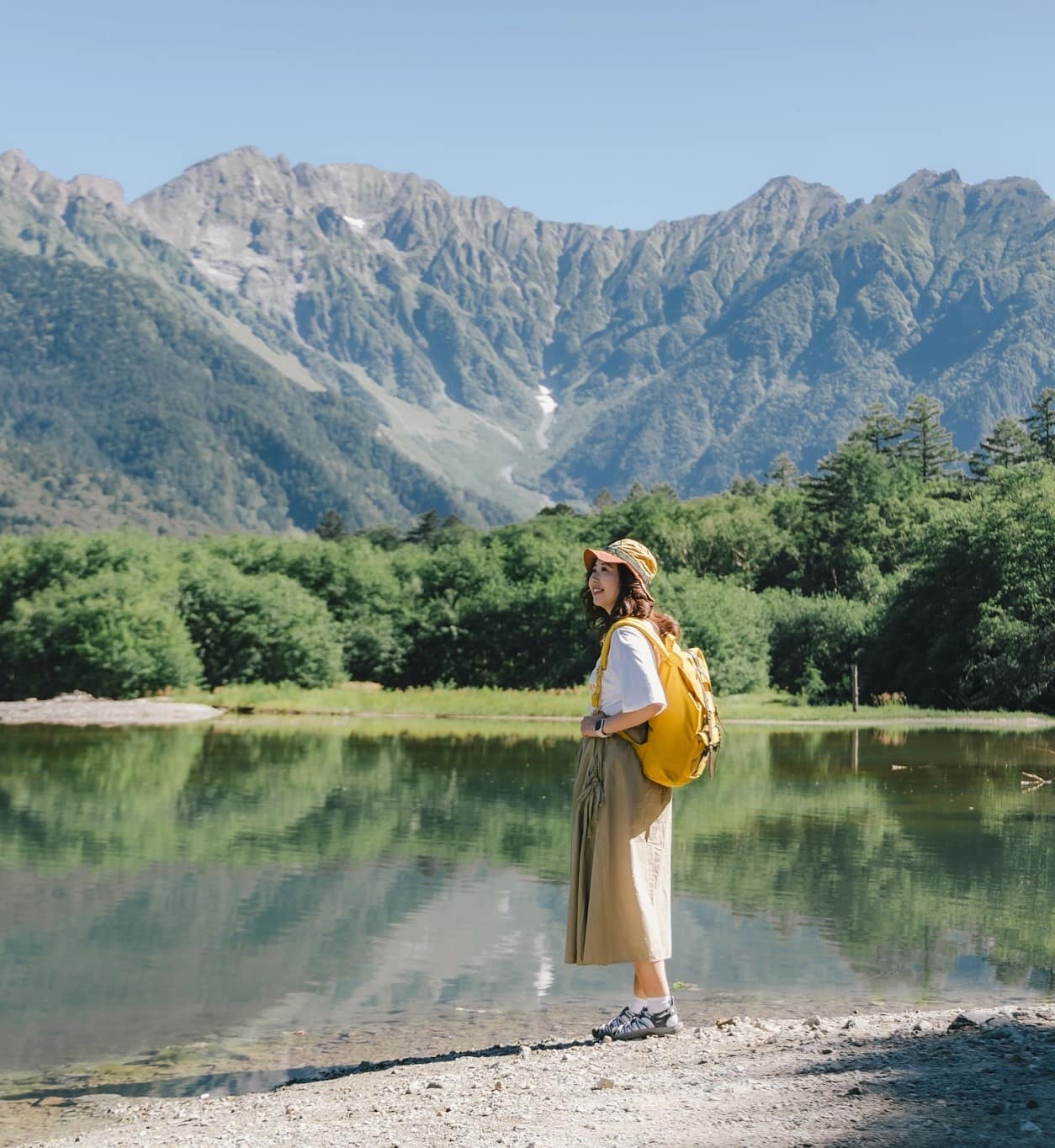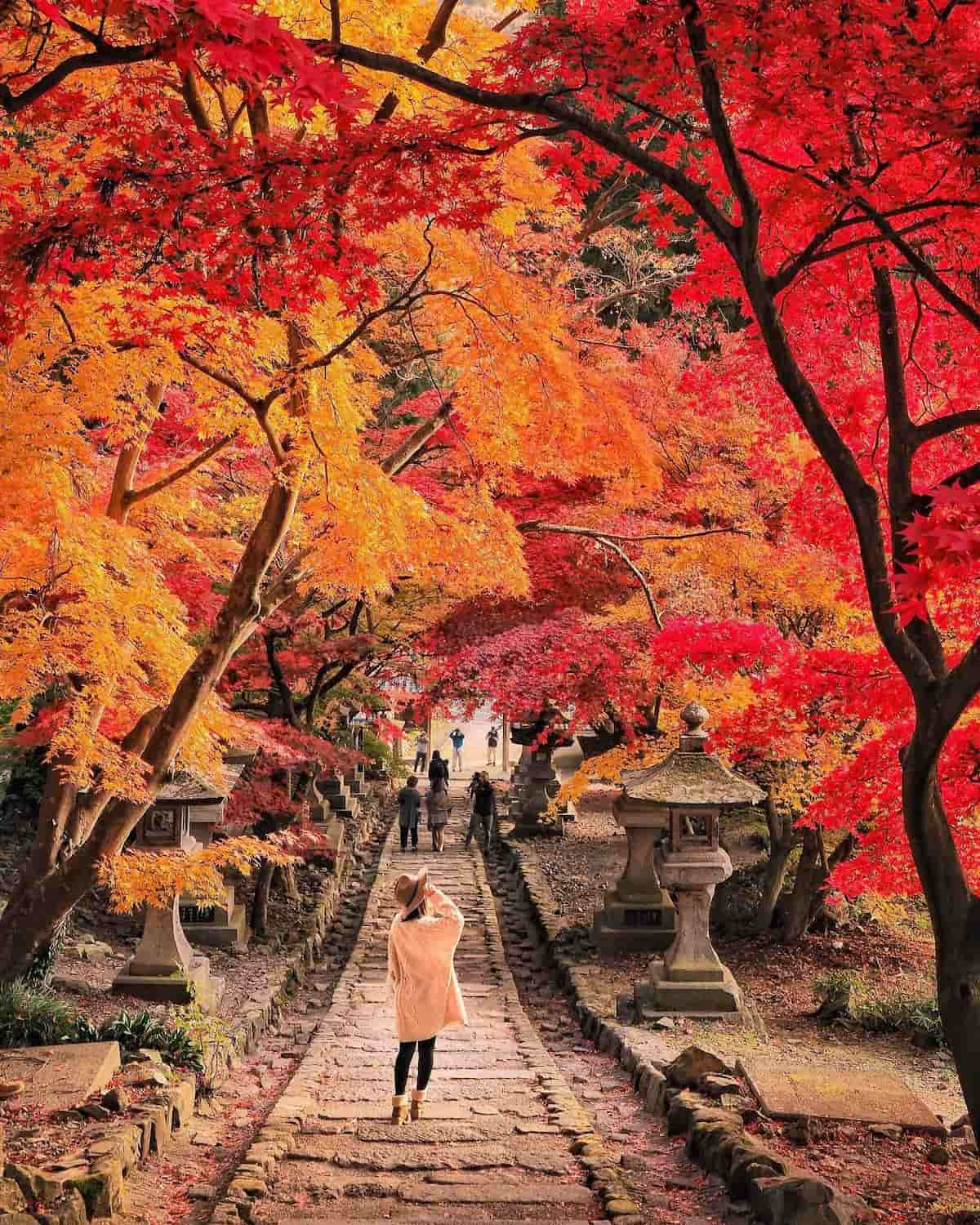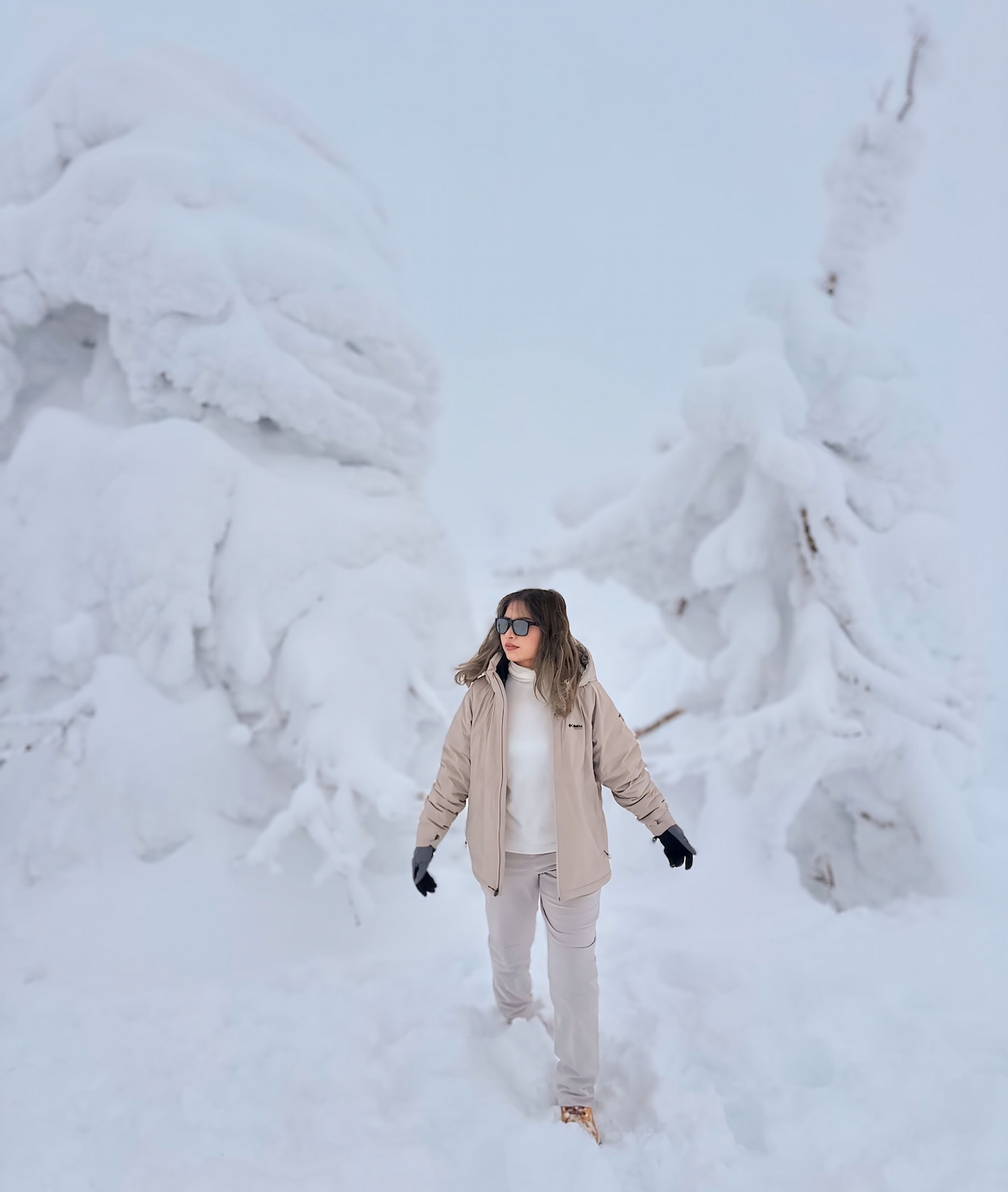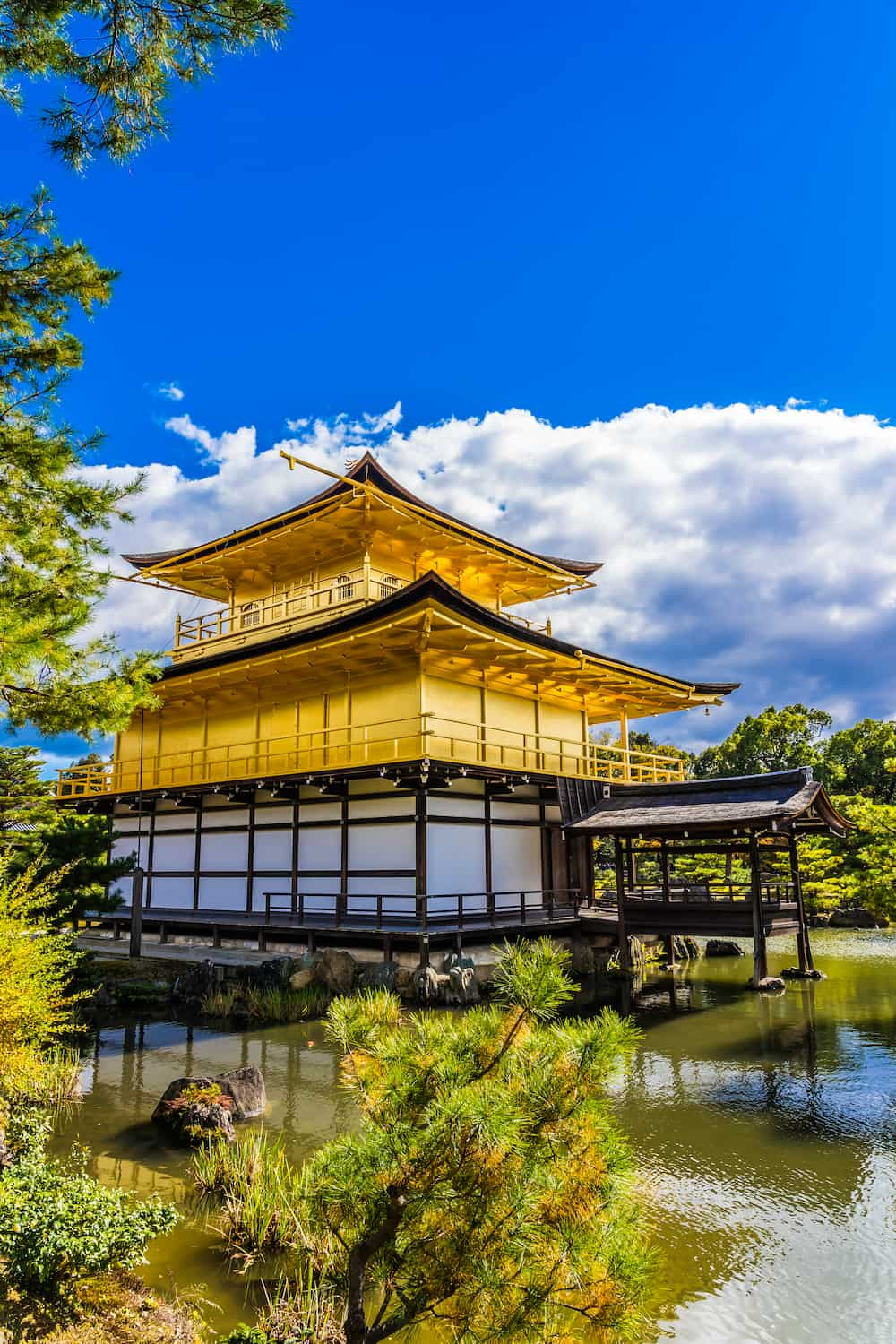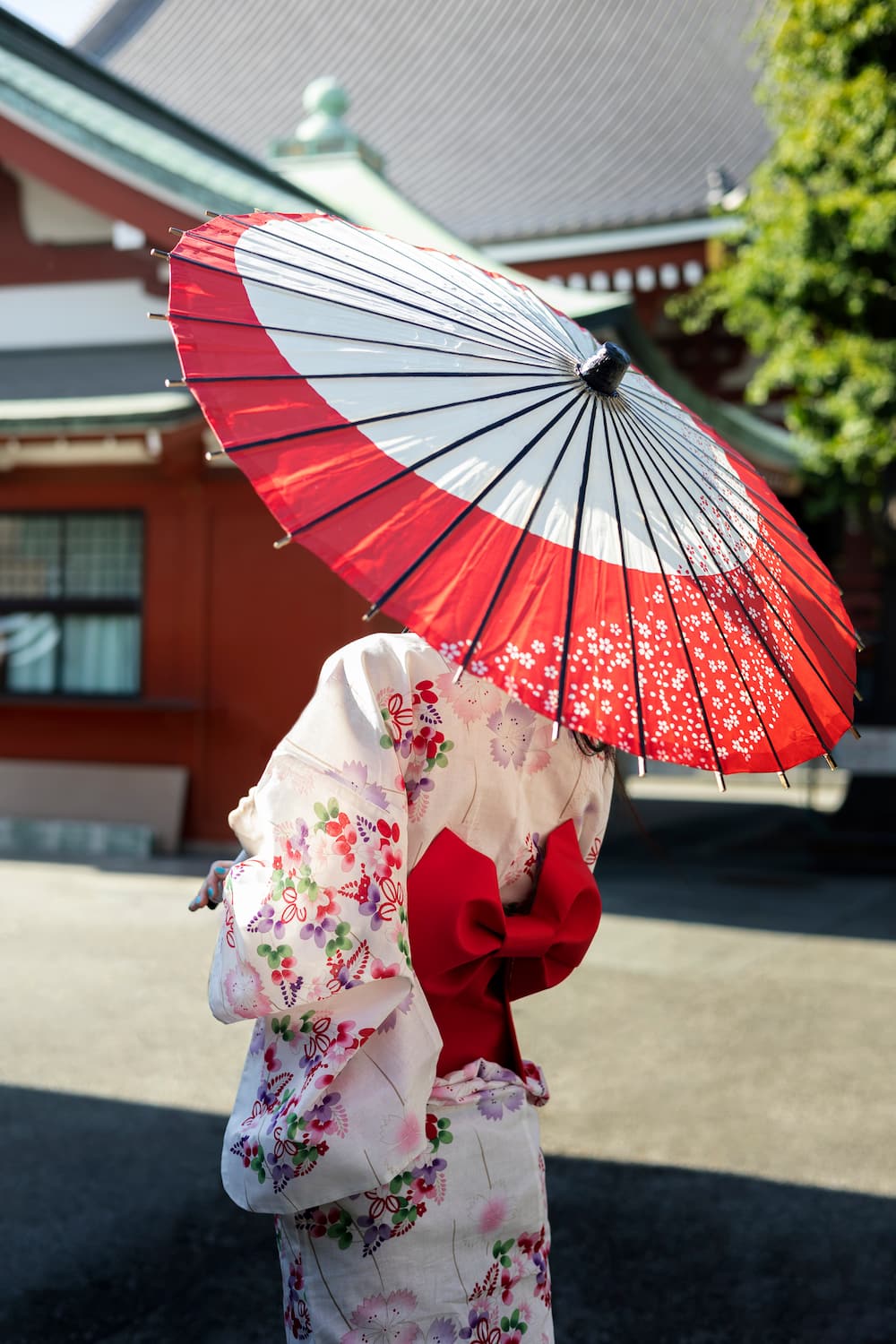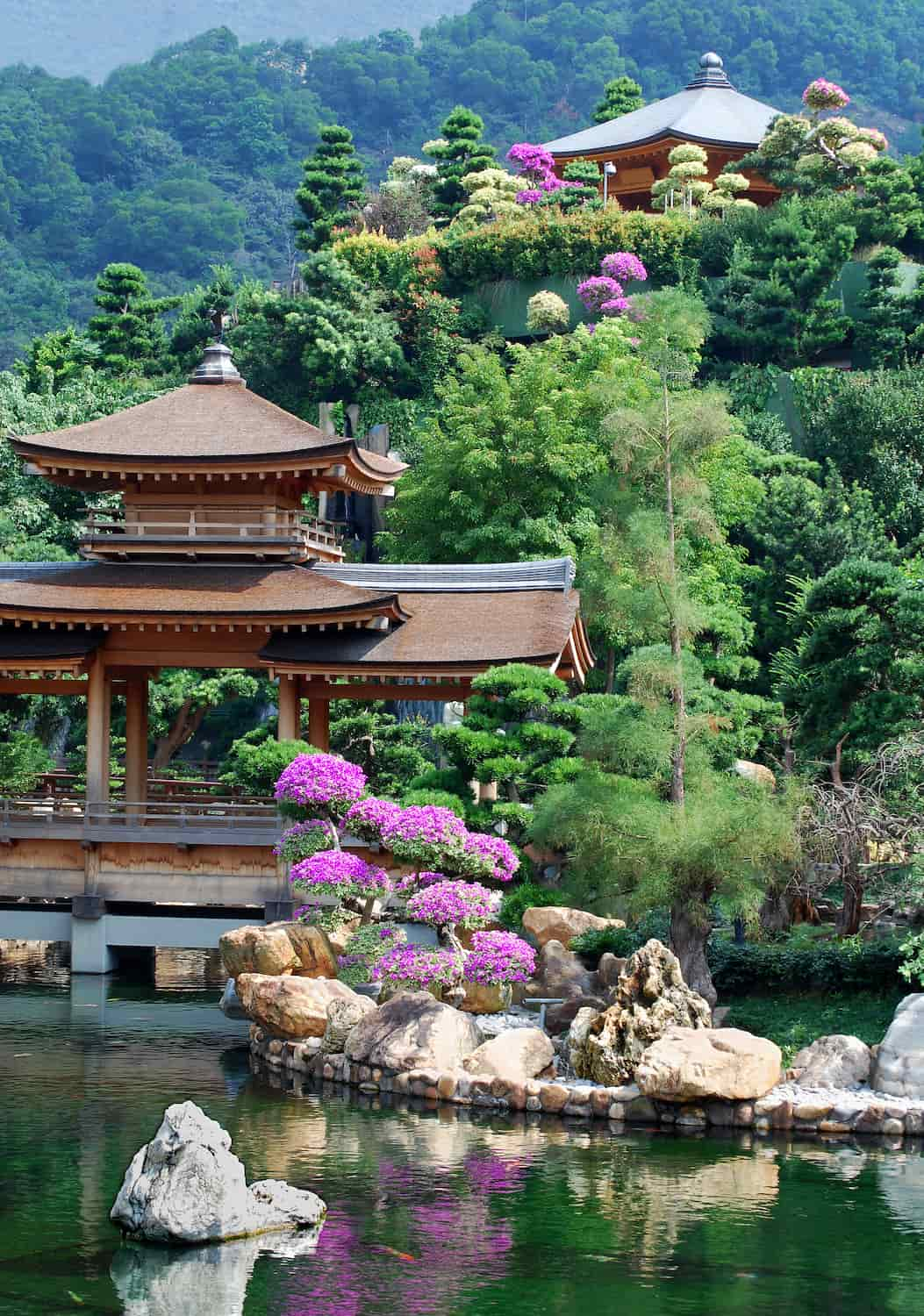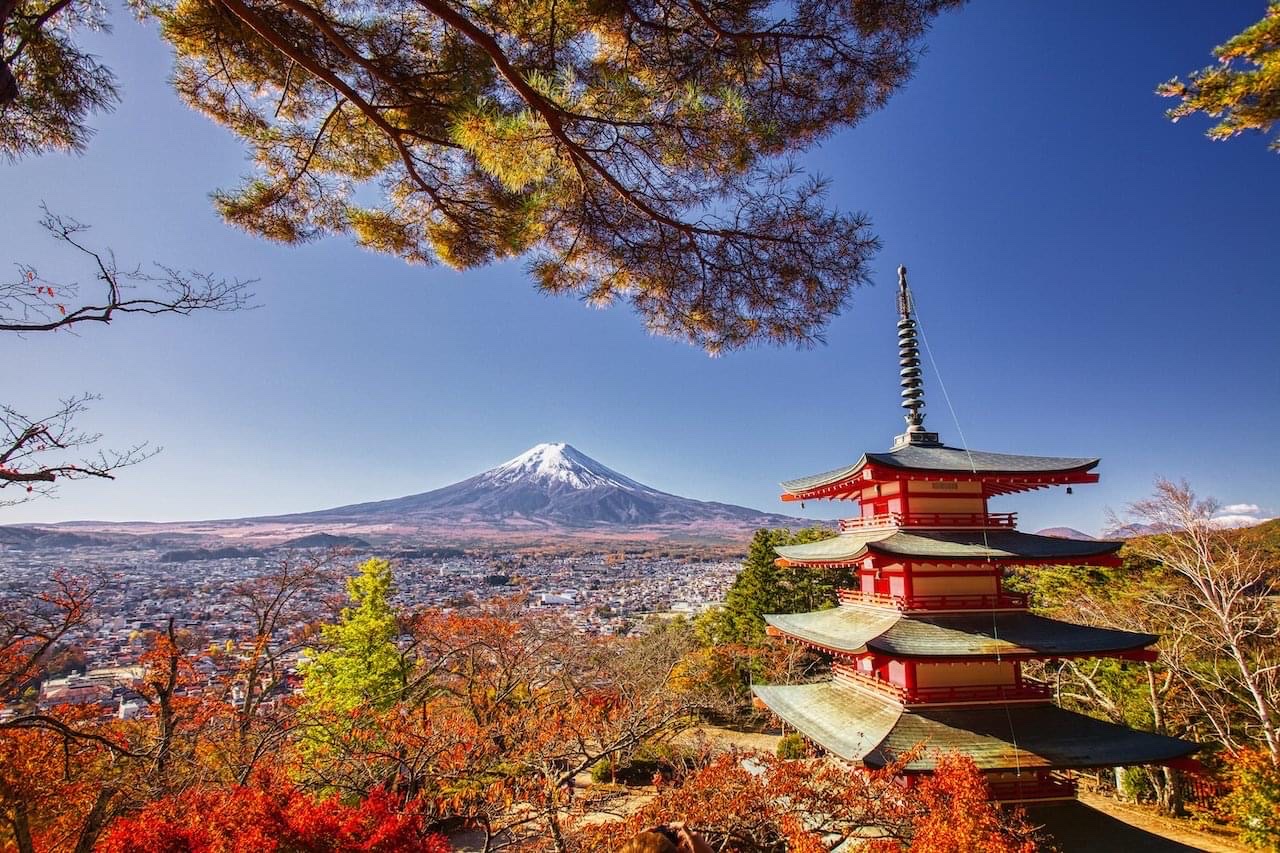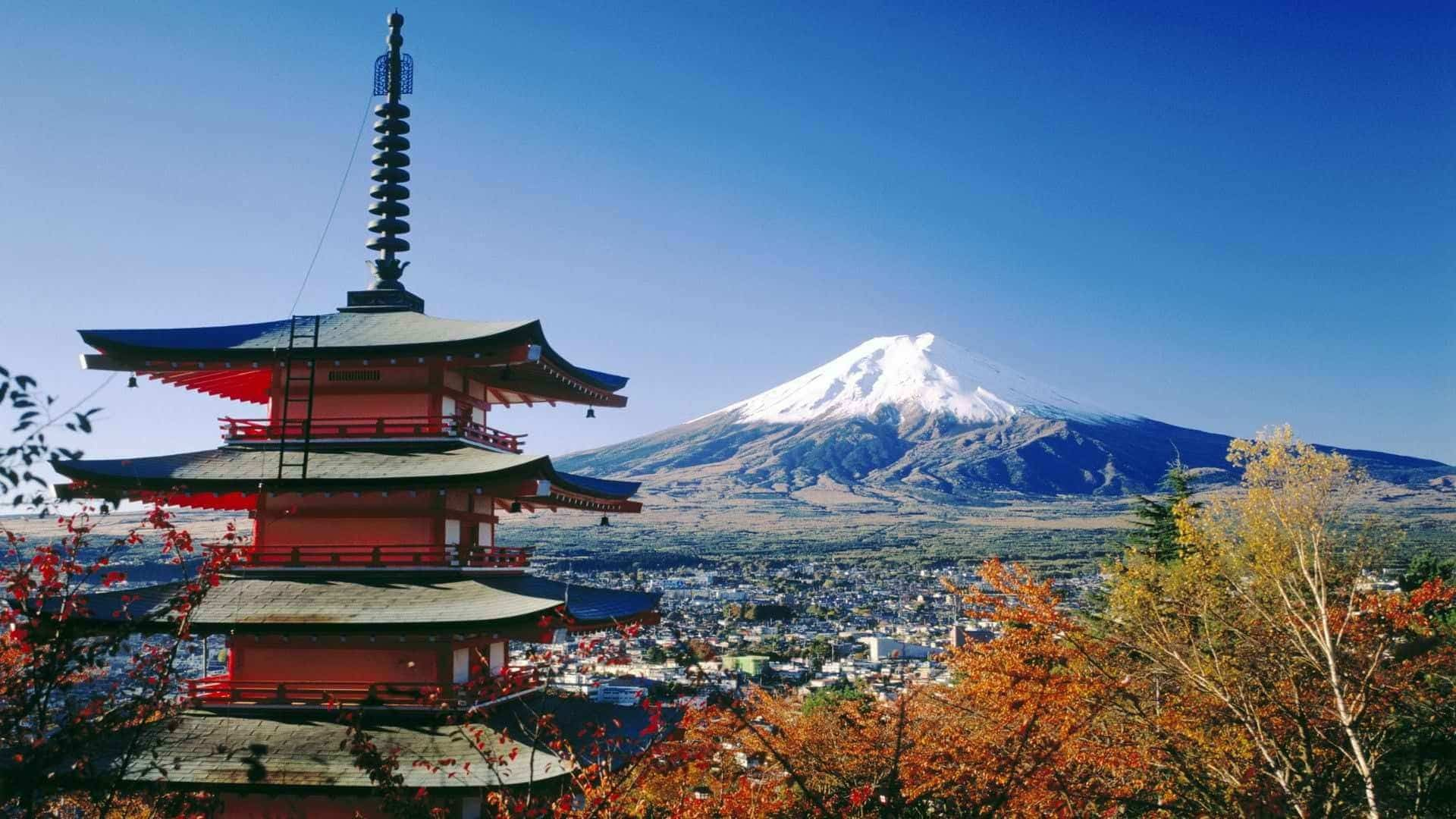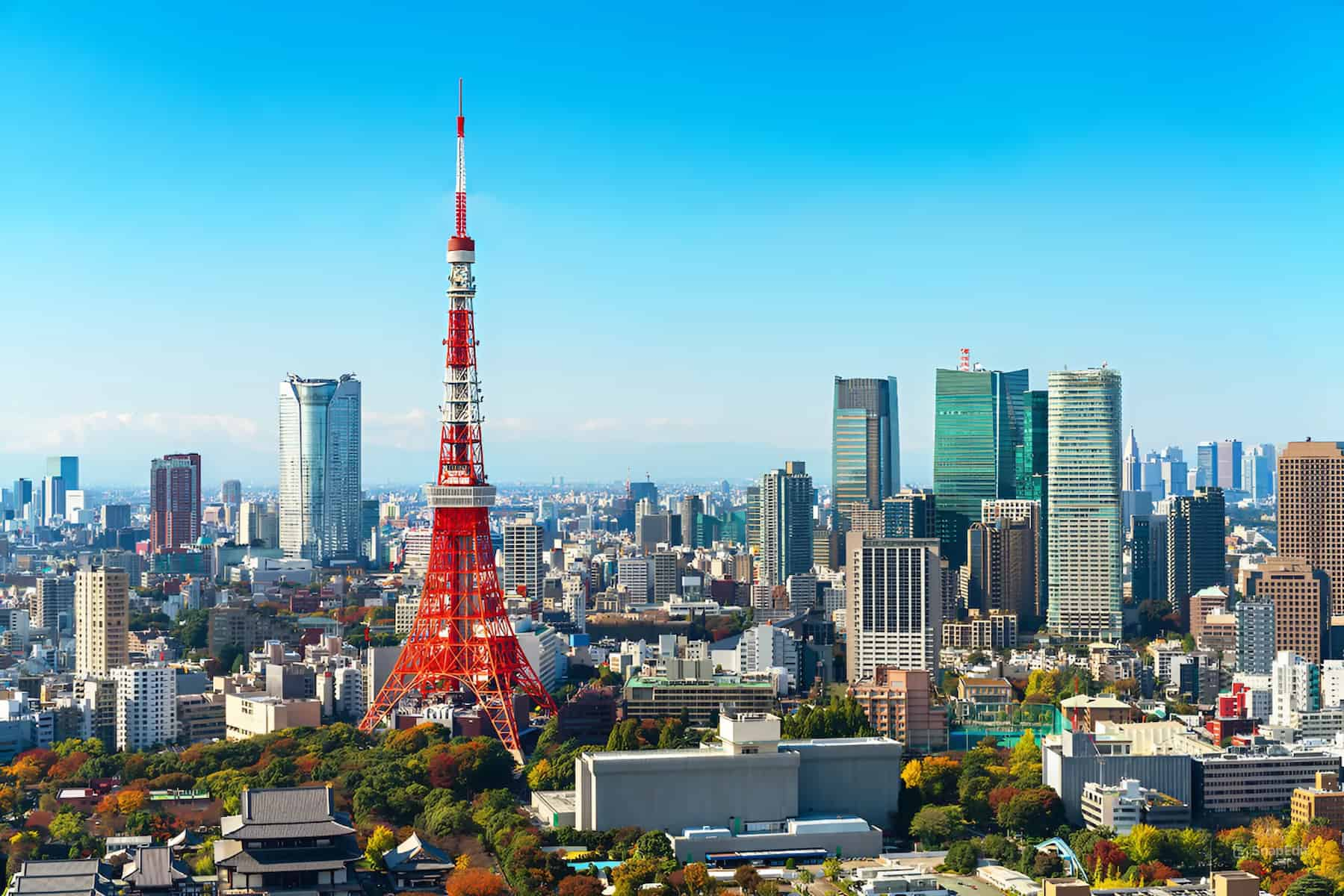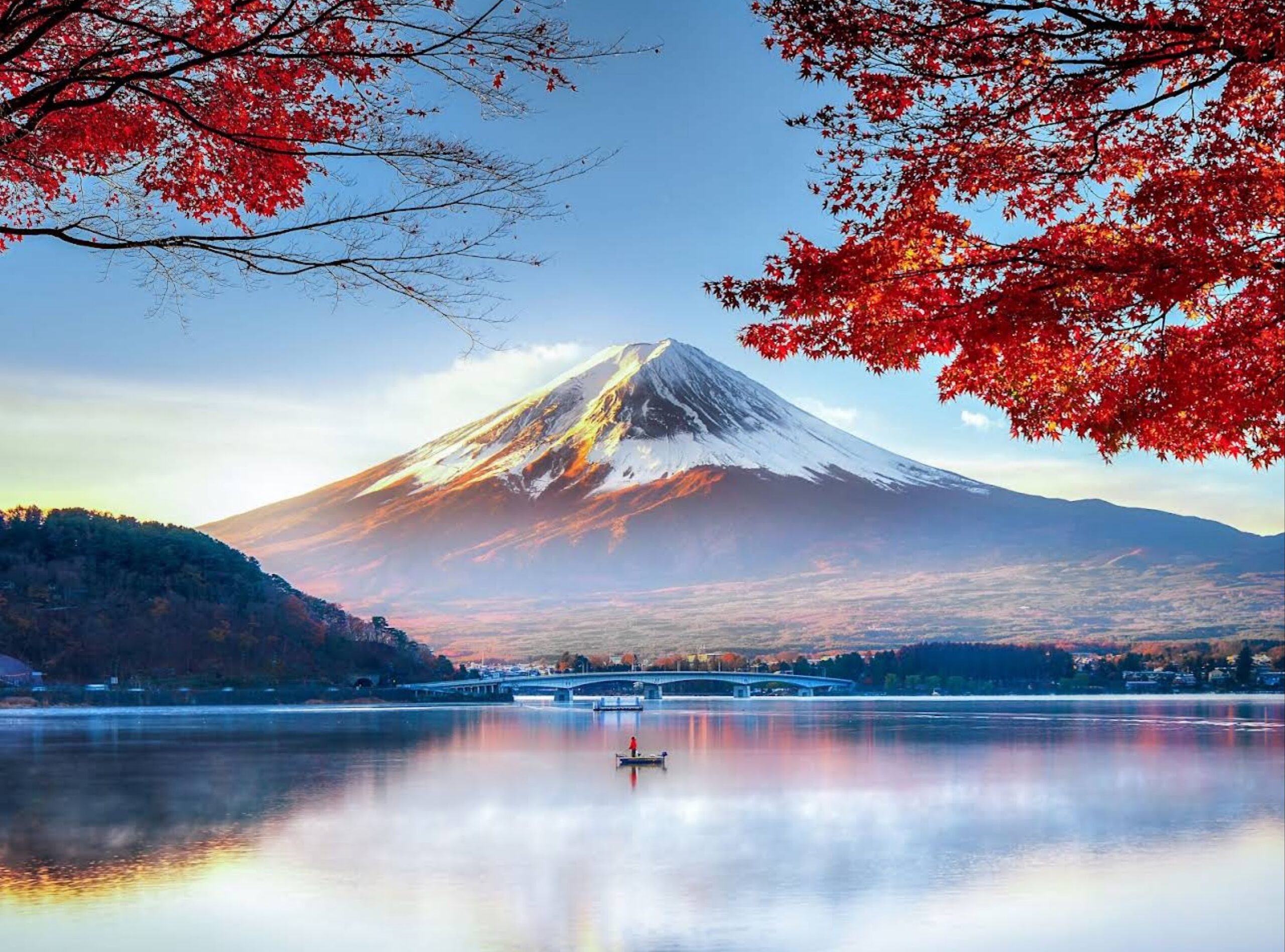From the beauty of cherry blossoms to winter wonderlands, Japan offers a unique experience in each season. But when should you go? That depends on what you’re looking for. In this guide, we’ll dive into the pros and cons of each season, explore the best times for specific interests, and cover some practical considerations to help you plan your perfect Japanese adventure. So grab a cup of green tea, and let’s embark on this journey through the Land of the Rising Sun!
1. Spring: Best Time to Visit Japan for Cherry Blossoms and Mild Weather 🌸
Cherry Blossom Season: Nature’s Pink Spectacle
🎭 Fairytale landscape: The delicate pink sakura transforms Japan into a fairytale landscape. While everyone flocks to Tokyo’s Ueno Park, go to the quieter charm of Shinjuku Gyoen. It’s less crowded and equally stunning.
📍 Viewing spots: For the best cherry blossom viewing experience, I recommend:
- Maruyama Park, Kyoto
- Philosopher’s Path, Kyoto
- Himeji Castle, Hyogo Prefecture
- Hirosaki Park, Aomori Prefecture
- Miharu Takizakura, Fukushima Prefecture
💡 Handy app: Download a cherry blossom forecast app. It’ll help you plan your hanami (flower viewing) picnic to perfection.
Weather and Crowds: Comfortable Temperatures, Peak Tourism
🌡️ Perfect time: Spring weather in Japan is a dream. Temperatures hover between 10-20°C (50-68°F), perfect for exploring. But remember, with great weather comes great crowds, especially during Golden Week (late April to early May).
💰 Booking tip: Book your accommodations and flights well in advance if you’re visiting during Golden Week.
Spring Activities: Hanami Picnics and Cultural Festivals
🎎 Cultural burst: Spring is a season bursting with cultural experiences. Attend the Takayama Spring Festival in mid-April. The sight of ornate floats parading through the streets is unforgettable.
🍵 Spring activities: For a truly immersive experience, try these spring activities:
- Join a tea ceremony in a blooming garden
- Visit a sumo tournament (held in May)
- Hike through Kamikochi when it reopens in mid-April
- Enjoy the Sanja Matsuri in Tokyo (mid-May)
- Witness the wisteria tunnels at Kawachi Fuji Gardens
👚 Packing advice: Pack layers! Spring weather can be unpredictable, and you’ll want to be comfortable whether you’re picnicking under cherry blossoms or exploring ancient temples.
2. Summer in Japan: Festivals and Outdoor Adventures 🎆
Summer Festivals in Japan (Matsuri)
🎉 Festival frenzy: Japanese summer festivals are a feast for the senses. The rhythmic beat of taiko drums, the mouthwatering aroma of yakitori grilling, and the dazzling display of yukata-clad revelers create an atmosphere that’s uniquely Japanese.
Here are some must-visit festivals in summer months:
- Gion Matsuri (Kyoto) – A month-long spectacle in July
- Awa Odori (Tokushima) – Japan’s largest dance festival in August
- Sumidagawa Fireworks Festival (Tokyo) – A pyrotechnic extravaganza in July
- Nebuta Matsuri (Aomori) – Featuring giant illuminated floats in August
- Tenjin Matsuri (Osaka) – One of Japan’s top three festivals in July
Insider Tip: For the best views of festival parades, arrive early to secure a spot along the route. Bring a small folding chair or cushion for comfort during long waits.
Outdoor Adventures
🏔️ Mountain escapes: When the city heat becomes unbearable, I love heading to the mountains. Mount Fuji opens for climbing in early July. Watching the sunrise from Japan’s highest peak is an experience you’ll never forget. For a less strenuous option, I recommend the refreshing trails of Nikko or Karuizawa.
🏖️ Beach bliss: Okinawa’s crystal-clear waters are perfect for snorkeling, while the Izu Peninsula offers a quick escape from Tokyo. The laid-back vibe of Ishigaki Island is the best, where you can laze on white sand beaches and indulge in fresh seafood.
Summer Cuisine
🍧 Cool eats: Japanese summer cuisine is all about beating the heat. I can’t resist a bowl of chilled somen noodles or the refreshing crunch of hiyashi chuka. Kakigori – this shaved ice dessert is a lifesaver on hot days.
For a truly immersive summer food experience, try these seasonal delights:
- Unagi (grilled eel) – Believed to give stamina in the summer heat
- Hiyayakko (chilled tofu) – A simple yet refreshing appetizer
- Ramune – The iconic Japanese summer soda
- Edamame – The perfect beer snack
- Suika (watermelon) – A staple at summer picnics and beach outings
3. Autumn (September to November): Best Time to Travel in Japan for Pleasant Weather 🍁
Autumn Foliage (Koyo)
🎨 Nature’s palette: The Japanese have a word for leaf viewing – “momijigari.”
Here are my top spots for momijigari:
- Nikko, Tochigi Prefecture – The vibrant leaves against the backdrop of ancient shrines is simply stunning.
- Arashiyama, Kyoto – Take a scenic train ride through a tunnel of colorful maples.
- Daisetsuzan National Park, Hokkaido – The first place in Japan to see seasonal colors.
- Miyajima Island, Hiroshima – The floating torii gate surrounded by fall leaves is Instagram gold.
- Nara Park – Watch the leaves change while friendly deer roam around you.
Insider Tip: Use the “color forecast” (koyo zensen) to plan your trip.
Pleasant Weather and Fewer Crowds
🌤️ Goldilocks climate: This is the Goldilocks season in Japan – not too hot, not too cold, just right. Temperatures hover between 15-25°C (59-77°F), perfect for exploring cities or hiking in the Japanese Alps. Plus, the summer crowds have thinned out, making it an excellent time for sightseeing.
Time Saver: Visit popular attractions early in the morning or later in the afternoon to avoid the crowds. Many temples and gardens are beautifully illuminated in the evening during this season.
Festivals and Activities
🎑 Cultural celebrations: Fall in Japan isn’t just about pretty leaves. It’s a season rich in cultural festivities. One of my favorites is the Takayama Festival in October. The sight of ornate floats parading through the historic town is unforgettable.
For a truly immersive experience, I recommend:
- Attending a moon-viewing party (Tsukimi) in September
- Sampling seasonal foods like matsutake mushrooms and sanma (Pacific saury)
- Soaking in an outdoor onsen surrounded by fall leaves
- Visiting a sake brewery during the rice harvest season
- Exploring the Fuji Five Lakes area for stunning views of Mt. Fuji
Money Saver: Look for special travel passes offered by Japan Railways. They often include discounts on trains, buses, and attractions in popular falling leaves viewing areas.
Culinary Delights
🍠 Flavors: Fall is a food lover’s paradise in Japan. The country’s “shun” culture celebrates seasonal ingredients at their peak. Look forward to warming up with a bowl of hearty imoni (taro soup) or indulging in roasted sweet potatoes from a street vendor.
Don’t miss these specialties:
- Kaki (persimmons) – Sweet and juicy, perfect for a quick snack
- Shinmai – Newly harvested rice, prized for its tender texture
- Momiji tempura – Deep-fried maple leaves, a unique Kyoto treat
- Chestnut-flavored everything – From mont blanc cakes to chestnut-flavored Kit Kats
4. Winter: Best Season in Japan for Snow Sports and Hot Springs ⛷️
Japan in Winter: Best Time of Year for Ski Resorts
❄️ Snowy heaven: Japan boasts over 500 resorts, each with its own unique charm. The best snow conditions are found in northern Japan, particularly in Hokkaido and Tohoku. The powder here is so light and fluffy, it’s like skiing on clouds!
📍 Top destinations: Top destinations I recommend:
- Niseko, Hokkaido – Known for its consistent powder and foreigner-friendly atmosphere
- Hakuba, Nagano – Host of the 1998 Winter Olympics, with world-class facilities
- Zao Onsen, Yamagata – Famous for its “snow monsters” (ice-covered trees)
- Shiga Kogen, Nagano – Japan’s largest area with interconnected resorts
💡 Booking tip: If you’re visiting popular resorts like Niseko, book your accommodation well in advance. These spots can get crowded during peak season, especially in February.
Beyond Skiing: Winter Activities Galore
🎿 Winter fun: While skiing and snowboarding are the main attractions, Japan offers a plethora of other winter activities. Try snowshoeing through silent, snow-covered forests, it’s an incredibly peaceful experience. For the more adventurous, many resorts offer snow biking, snow scooters, and even ice fishing.
💰 Save money: Look for holiday packages that include transportation, lift passes, and accommodation. These can often be more cost-effective than booking everything separately.
Onsen: The Perfect Après-Ski
♨️ Hot springs: Now, here’s where Japan truly stands out – the onsen (hot spring) culture. There’s nothing quite like soaking in a steaming outdoor bath after a day on the slopes. The contrast between the icy air and the mineral-rich hot water is simply divine.
🧖 Onsen towns:
- Ginzan Onsen, Yamagata – A picturesque village that looks like it’s straight out of a Ghibli movie
- Kinosaki Onsen, Hyogo – Seven public baths to hop between in your yukata
- Kusatsu Onsen, Gunma – Known for its unique water stirring performance
- Noboribetsu Onsen, Hokkaido – Nicknamed “Hell Valley” for its dramatic steam vents
⏰ Time-saving tip: Many resorts have their own onsen facilities. After a day of skiing, you can often soak without even leaving your hotel.
Winter Festivals: Celebrating the Cold
🎉 Festive winter: Japan knows how to celebrate winter in style. The Sapporo Snow Festival, held in February, is a must-see. Marvel at enormous snow and ice sculptures that transform the city into a winter art gallery. In Nagano, the Nozawa Fire Festival combines fire and snow for a truly spectacular event.
🧣 Winter magic: The combination of world-class skiing, soothing hot springs, and unique winter festivals creates an unforgettable travel experience. Just remember to pack warm layers – those mountain temperatures can drop well below freezing!
5. Best Times to Visit Based on Interests 📸
Photography Enthusiasts
📷 Picture-perfect seasons: During spring (March to May), you’ll catch the iconic cherry blossoms in full bloom. There’s nothing quite like capturing the delicate pink petals against the backdrop of an ancient temple in Kyoto.
🍁 Autumn colors: Autumn (September to November) is equally stunning. The fall foliage turns Japan into a canvas of reds, oranges, and golds. I recommend heading to Nikko or the Japanese Alps for some truly breathtaking shots.
🌡️ Weather forecast: Use the Japan Meteorological Corporation’s forecasts to time your visit perfectly with peak bloom times or autumn colors.
Cultural Immersion
🎉 Festival fever: For those seeking to dive deep into Japanese culture, I suggest planning your trip around festivals. Summer (June to August) is festival season in Japan, with events like the Gion Matsuri in Kyoto and the Nebuta Matsuri in Aomori. Yes, it’s hot and humid, but the energy is electric!
🍂 Autumn festivities: If you prefer cooler weather, consider visiting in November for the Takayama Autumn Festival.
Outdoor Adventures
🥾 Hiking heaven: Late spring (May) and early autumn (September) offer the best weather for hitting the trails. Mount Fuji’s climbing season runs from early July to mid-September, but be prepared for crowds.
⛷️ Winter wonderland: For winter sports lovers, Japan’s ski season typically runs from December to early April. Hokkaido, in the north of Japan, boasts some of the best powder snow.
Budget Travelers
💰 Wallet-friendly times: If you’re watching your wallet, consider visiting during the shoulder seasons:
- Late May to early June (after Golden Week but before rainy season)
- Late September to early October (after summer holidays but before autumn crowds)
- January to February (except for Chinese New Year)
These periods often have lower prices and fewer tourists, but you’ll still enjoy pleasant weather and plenty to see.
🚅 Rail pass deals: Look for deals on Japan Rail Passes during these off-peak times. They can be a real budget-saver for traveling around the country.
Foodies
🍱 Year-round delights: Japan is a food paradise year-round. But if you want to time your visit with specific culinary experiences, here’s what I recommend:
- Spring: Fresh bamboo shoots and sakura-flavored everything
- Summer: Refreshing cold noodles and juicy watermelon
- Autumn: Matsutake mushrooms and chestnuts
- Winter: Warming hot pot dishes and fresh oysters
🍽️ Seasonal menus: Many restaurants offer seasonal set menus (kaiseki) that showcase the best ingredients of the season. It’s a great way to sample a variety of dishes without the hassle of ordering.
6. Practical Considerations 🧳
Booking Accommodations and Transportation
🏨 Book early: When it comes to accommodations, I always recommend booking well in advance, especially if you’re visiting during popular times like cherry blossom season or Golden Week. Japan’s cities can get crowded, and the best spots fill up fast.
🚅 Rail pass magic: For transportation, the Japan Rail Pass is a game-changer. Just remember to order it before you arrive in Japan!
📱 App assistance: Use apps like Hyperdia or Google Maps to plan your train routes. They’re incredibly accurate and will help you navigate Japan’s extensive rail network like a pro.
Seasonal Pricing Variations
💸 Price fluctuations: Prices can fluctuate wildly depending on the season. Generally, you’ll find the best deals during these periods:
- Late May to early June (after Golden Week)
- Late September to early October (before autumn foliage season)
- January to February (except around Chinese New Year)
🏘️ Budget-friendly stays: Consider staying in smaller cities or towns near major attractions. For example, Kawaguchiko instead of Tokyo for a few nights. Not only it is cheaper, but I you’ll get amazing views of Mount Fuji!
Packing Tips for Each Season
👚 Seasonal packing: Packing for Japan can be tricky because the weather varies so much throughout the year. Here’s a quick rundown:
- Spring (March to May): Light layers and a waterproof jacket. Don’t forget allergy meds if you’re sensitive to pollen!
- Summer (June to August): Lightweight, breathable clothes. A small towel for wiping sweat is a local custom you’ll appreciate.
- Autumn (September to November): Similar to spring, but with a warmer jacket for late autumn.
- Winter (December to February): Warm layers, especially if you’re heading north to Hokkaido for skiing.
👟 Comfy footwear: Always pack comfortable walking shoes. Japanese cities are best explored on foot, and you’ll be doing a lot of walking!
Cultural Etiquette
🙇 Respect customs: Japan is known for its unique customs, and respecting these can really enhance your trip. Here are some key points to remember:
- Bow when greeting people (the depth depends on the formality of the situation)
- Remove your shoes when entering homes, ryokans, and some restaurants
- Don’t tip – it’s not expected and can even be considered rude
- Be quiet on public transportation, especially when using your phone
- Learn a few basic Japanese phrases – locals really appreciate the effort!
🗑️ Trash etiquette: Carry a small trash bag with you. Public trash cans can be hard to find in Japan, as it’s customary to take your trash home with you.
Dealing with Language Barriers
📲 Translation tools: While English signage has improved in recent years, especially in major cities like Tokyo and Kyoto, language barriers can still be a challenge. I always download Google Translate and its Japanese language pack before my trip.
✨ Rewarding preparation: Remember, Japan is a country that rewards preparation. By considering these practical aspects, you’ll be setting yourself up for an incredible journey through one of the most fascinating countries I’ve ever visited. From the neon-lit streets of Tokyo to the serene temples of Kyoto, Japan never fails to amaze. Happy travels!
FAQs about Japan trips ❔
Which month is best to visit Japan?
The best month to visit Japan is generally considered to be April for cherry blossom season or November for autumn foliage. However, the ideal month depends on your preferences, as each season in Japan offers unique experiences and attractions.
What is the cheapest time to visit Japan?
The cheapest time to visit Japan is typically during the winter months of January and February, excluding the New Year holiday period. Late June to early July can also be budget-friendly, falling between the spring tourist rush and summer vacation season.
What months are Japan least crowded?
Japan is least crowded in late June and early July, as well as in September after the summer vacation season ends. October and November can also be relatively quiet, except for popular autumn foliage viewing spots.
What is the most beautiful time of the year in Japan?
Many consider spring (late March to early April) the most beautiful time in Japan due to the cherry blossoms. Autumn (October to early December) is also stunning, with vibrant fall colors painting the landscape.
Is $5000 enough for a trip to Japan?
$5000 can be sufficient for a 10-14 day trip to Japan for two people, depending on your travel style and accommodation choices. However, for a more comfortable experience with some splurges, you might want to budget a bit more, especially if this amount needs to cover international flights.
What is the best time to visit Tokyo?
The best time to visit Tokyo is generally considered to be spring (March to May) or autumn (September to November). These seasons offer pleasant weather, beautiful natural scenery with cherry blossoms or fall foliage, and numerous cultural events.
